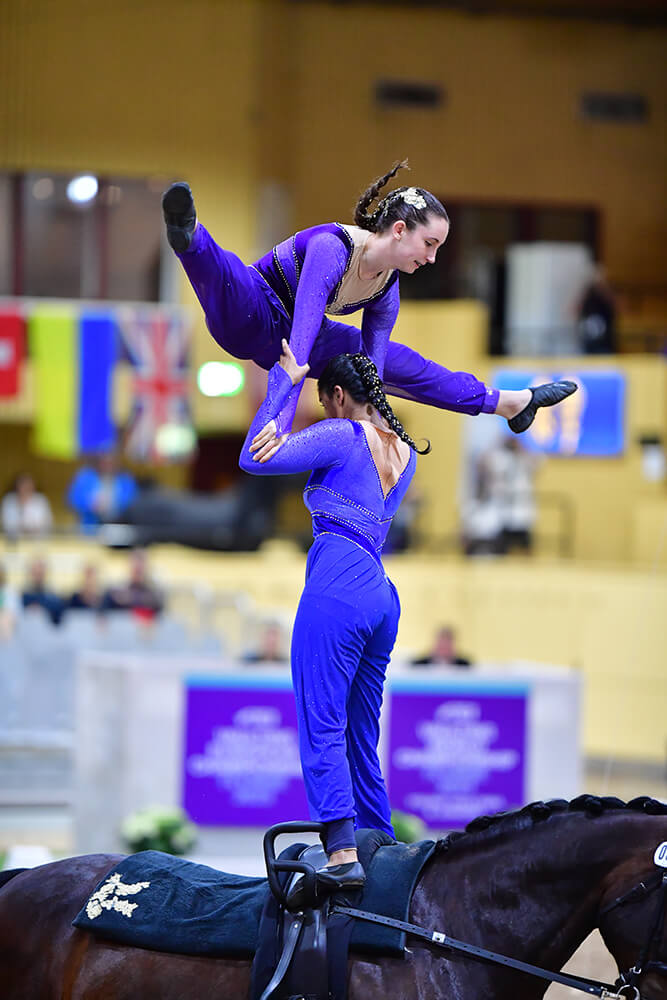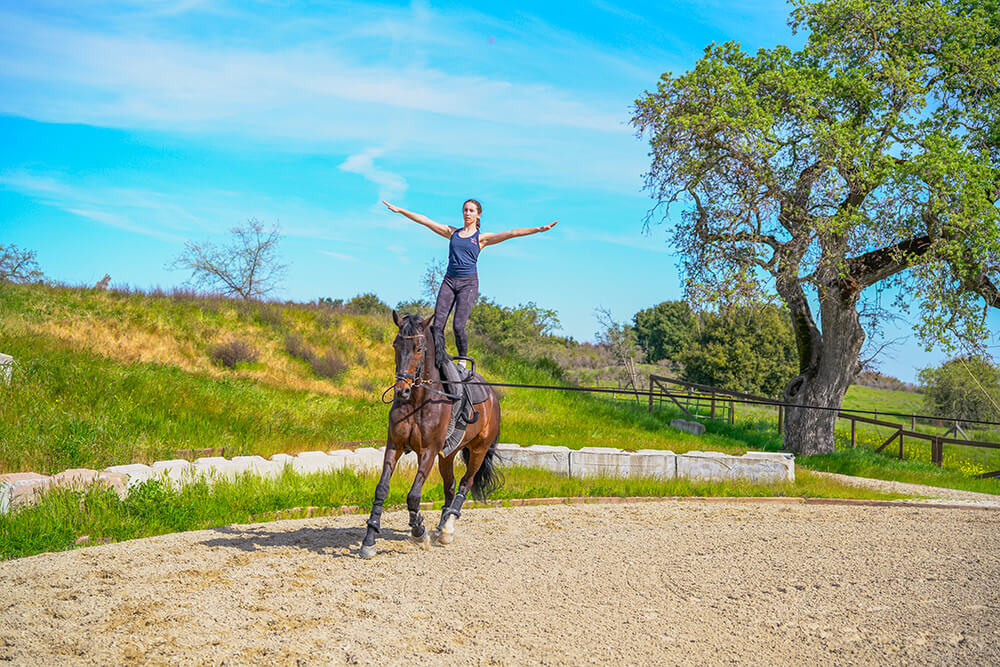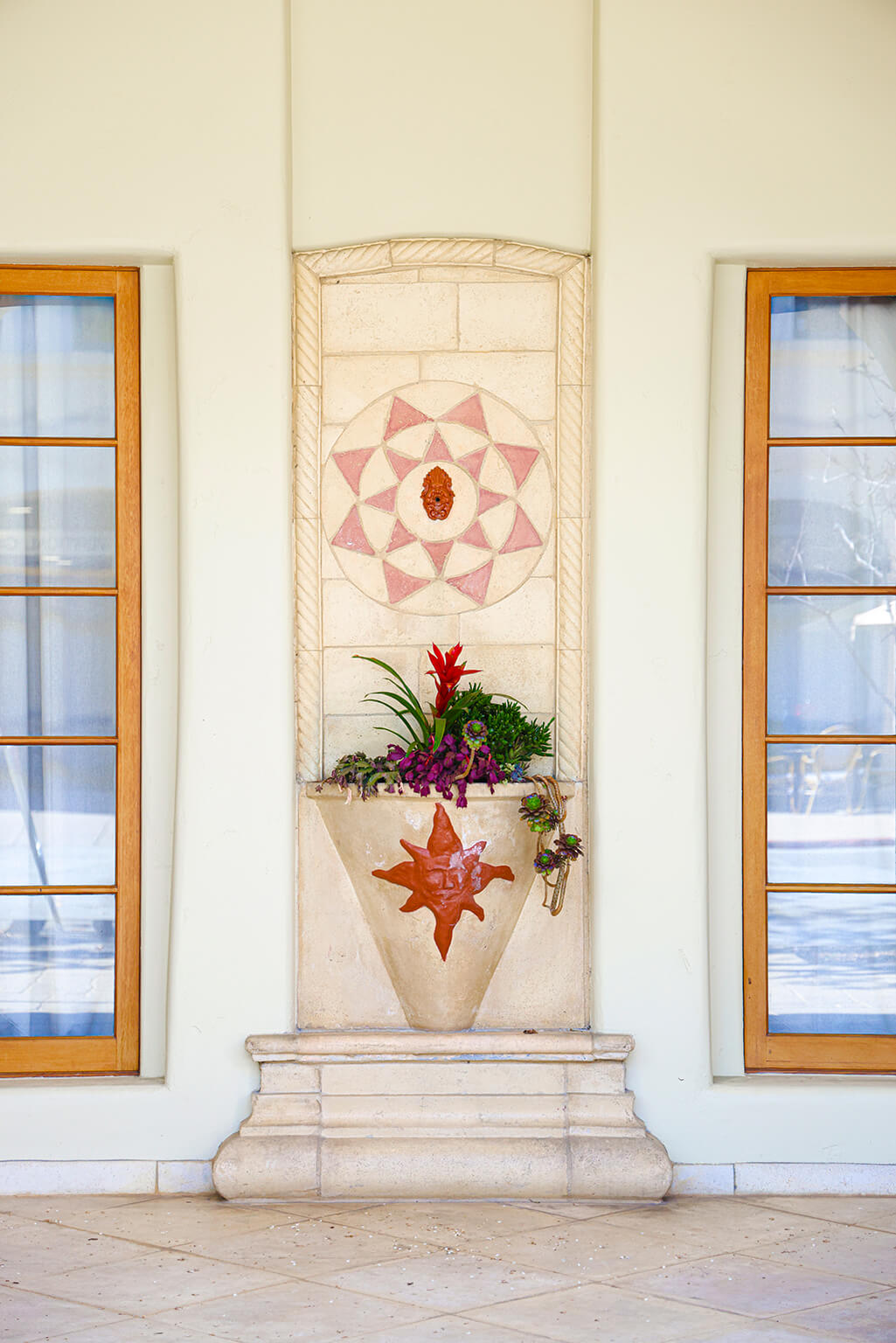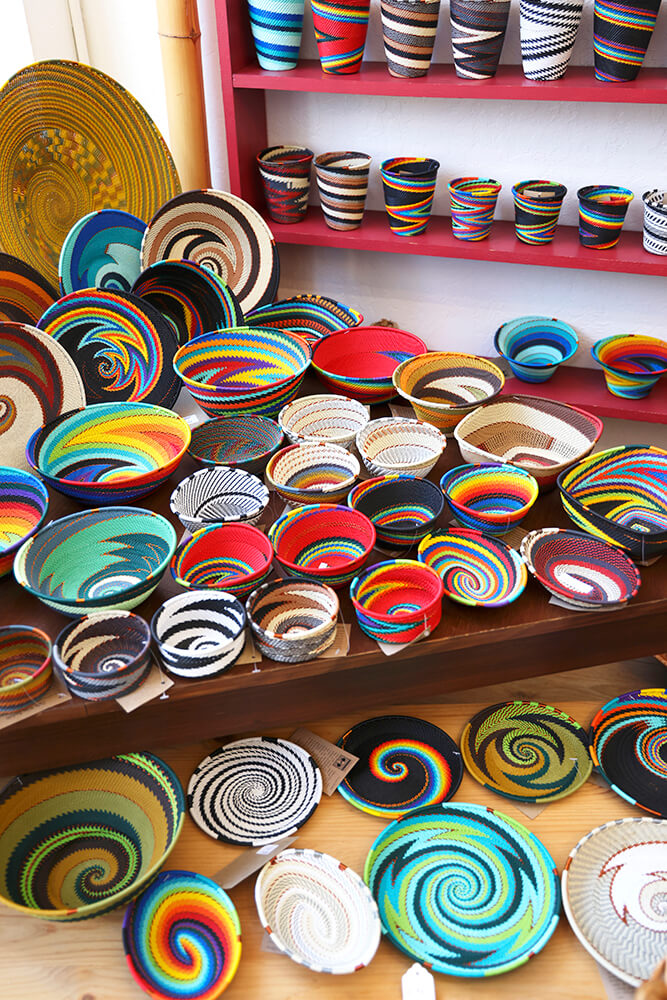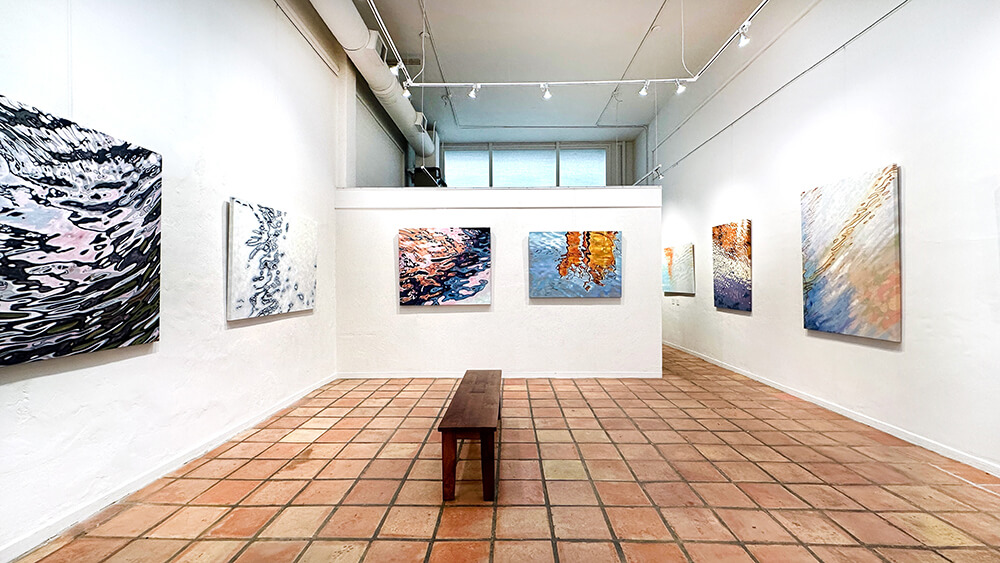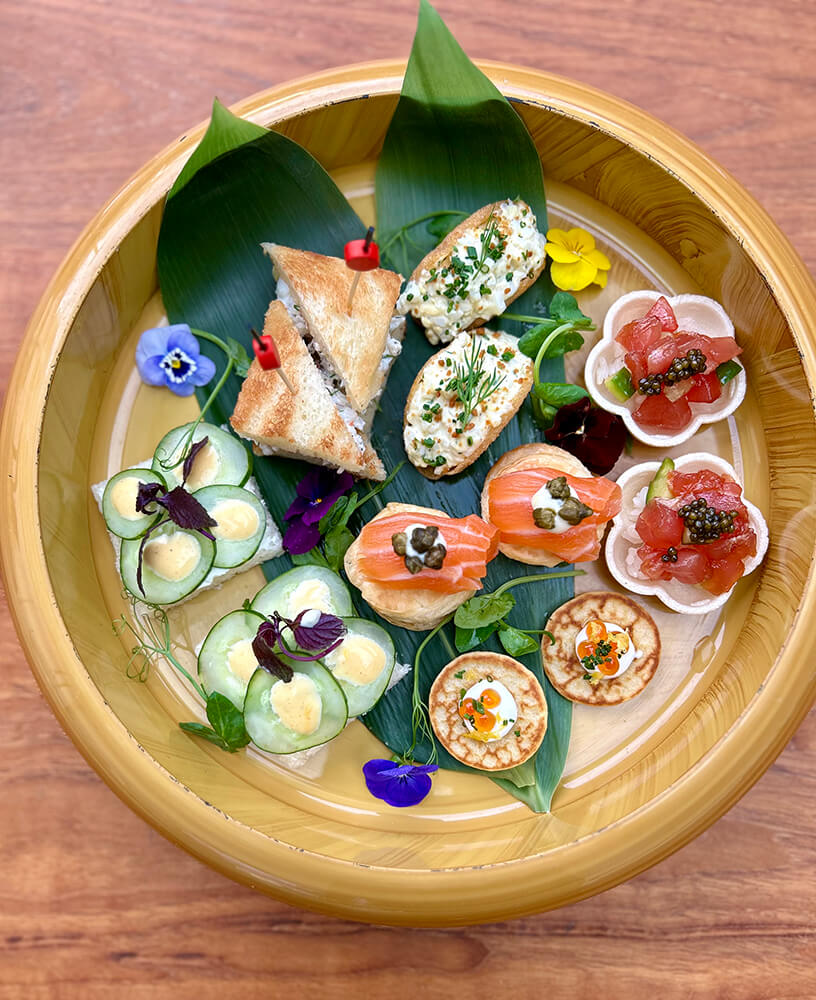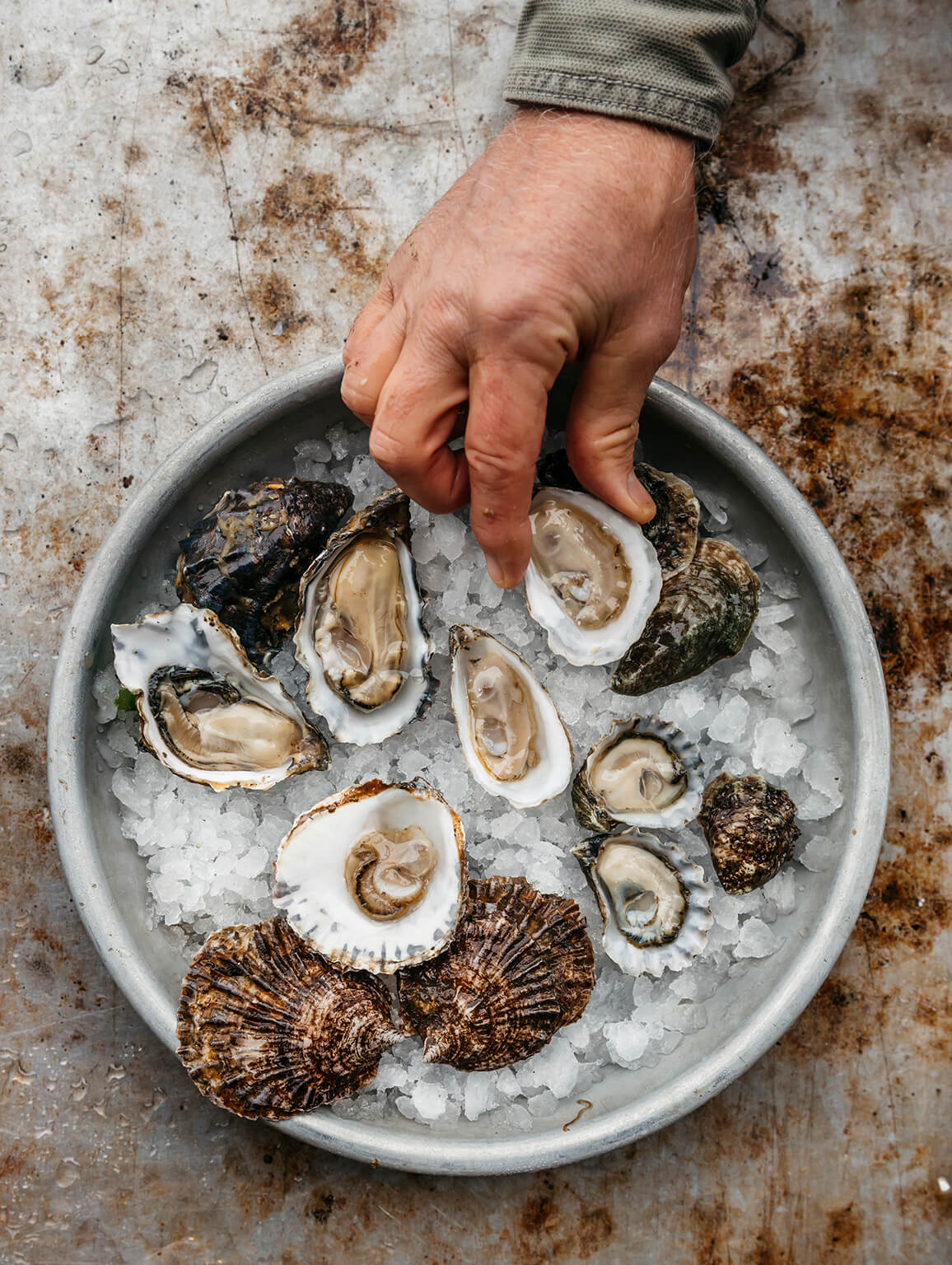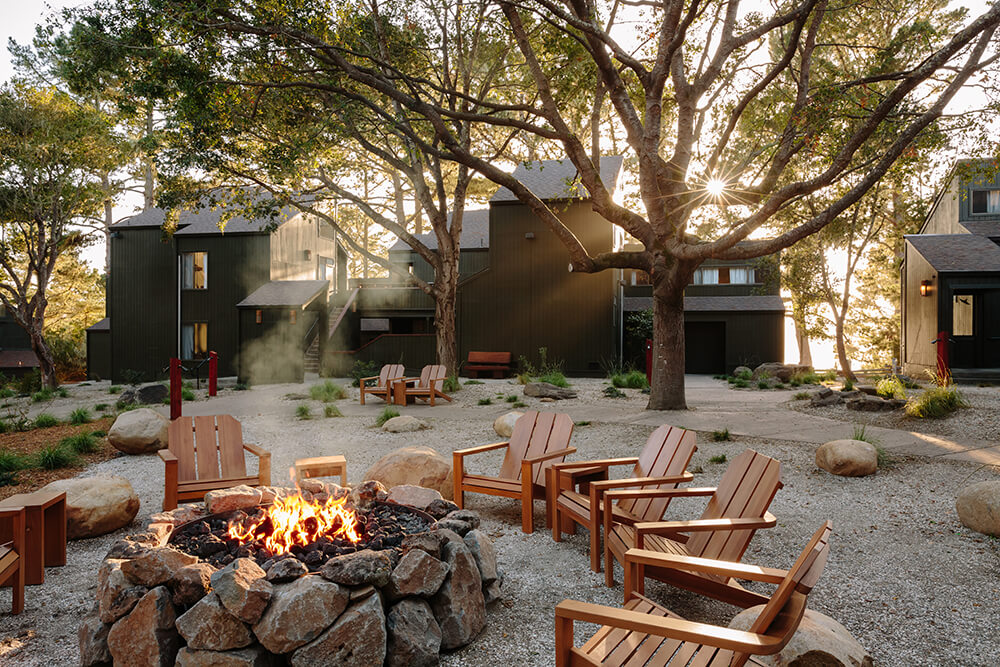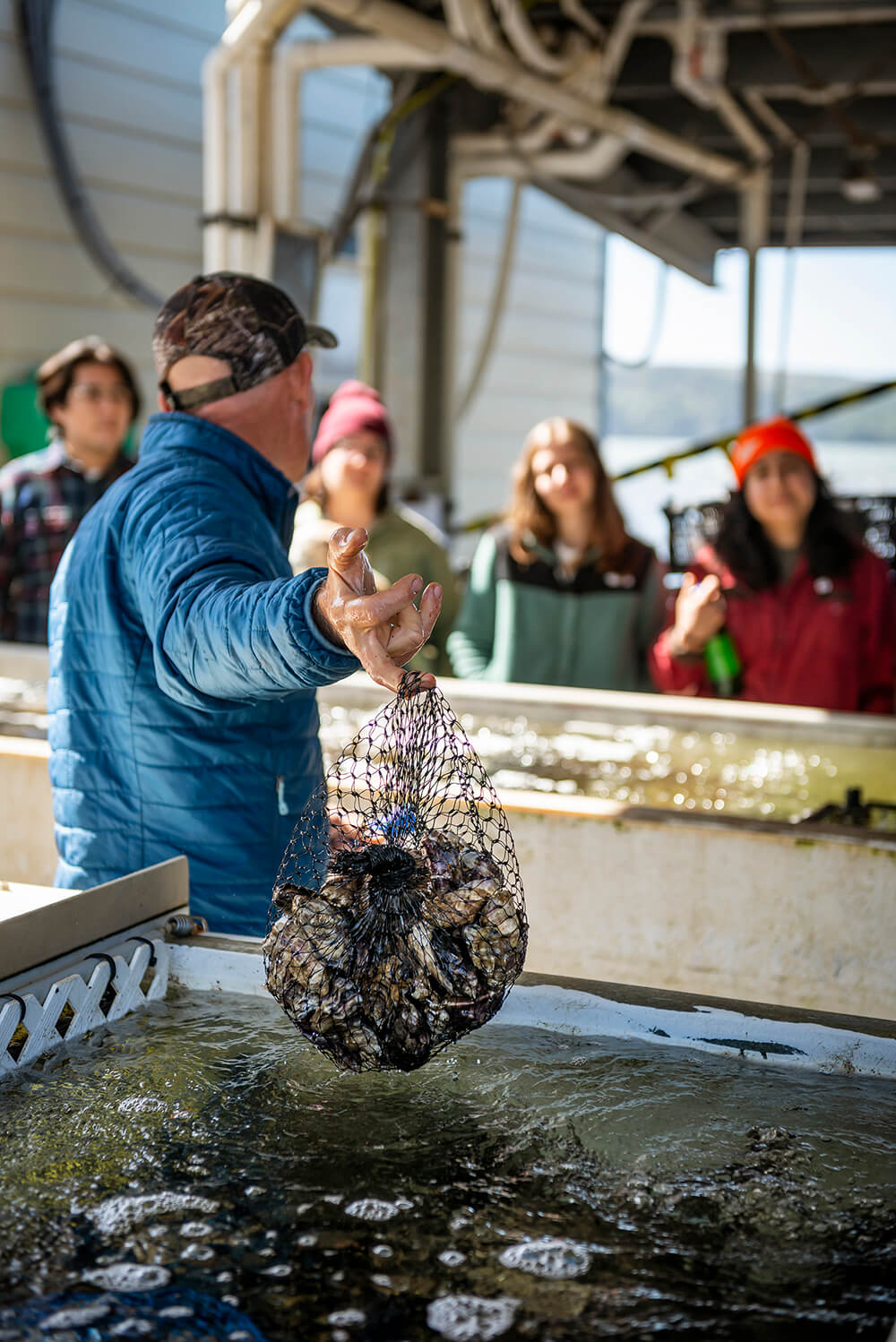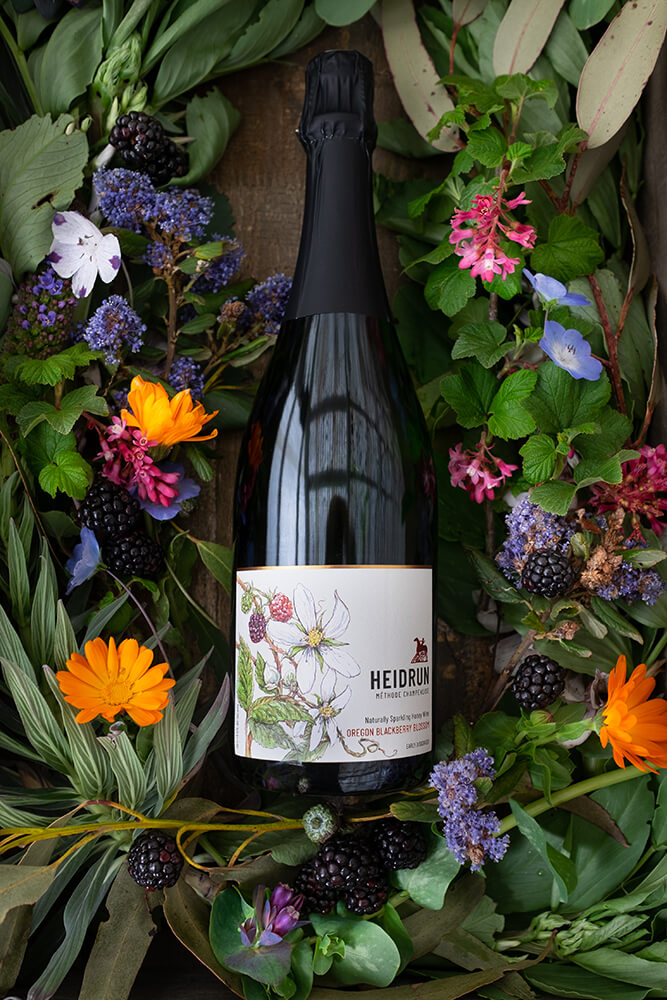Words by Johanna Harlow
Over the summer, a dozen woolen landscapes warmed the walls of M Stark Gallery, an airy art haven on the edge of downtown Half Moon Bay. The show—dedicated to the work of needle-felting artist Birgitta Bower—is called Wild and Wooly, a fitting title for fleece scenes so full of texture and motion they almost feel alive. Birgitta knows how to tease wisps of wool into drifting clouds and creeping fog. How to use spiral stitching to create a roiling sea and how to thicken the wool at the crest of waves so the surf seems likely to slosh from the canvas.
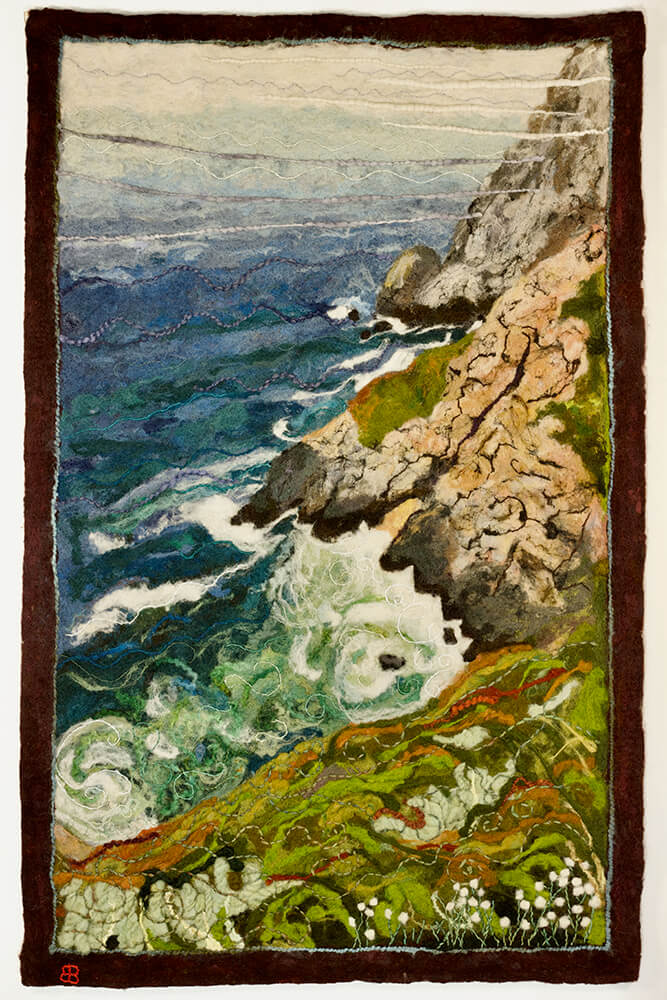
Photos of Birgitta’s work don’t do these tangible tableaus justice. In one, a husky’s snout protrudes from the canvas. Its beaded eyes hold a life-like shine—something you’d likely miss if not for the light pouring through the gallery door. The afternoon sun also illuminates a solitary silver thread, shimmering across the horizon of a Redondo Beach scene. “Silver lining, I call it,” Birgitta beams.
After showing her work at the Coastal Arts League, the Falkirk Cultural Center in San Rafael and the Marin Society of Artists, Birgitta’s art caught the eye of Marianna Stark, the curator and owner of M Stark Gallery (and self-described “cool hunter” of contemporary art). Right away, she recognized its mastery. “I show artists who live on the Peninsula, who I think are doing exquisite, interesting, original work,” Marianna describes. Not just traditional landscapes, but artwork that “hits me in the solar plexus.”
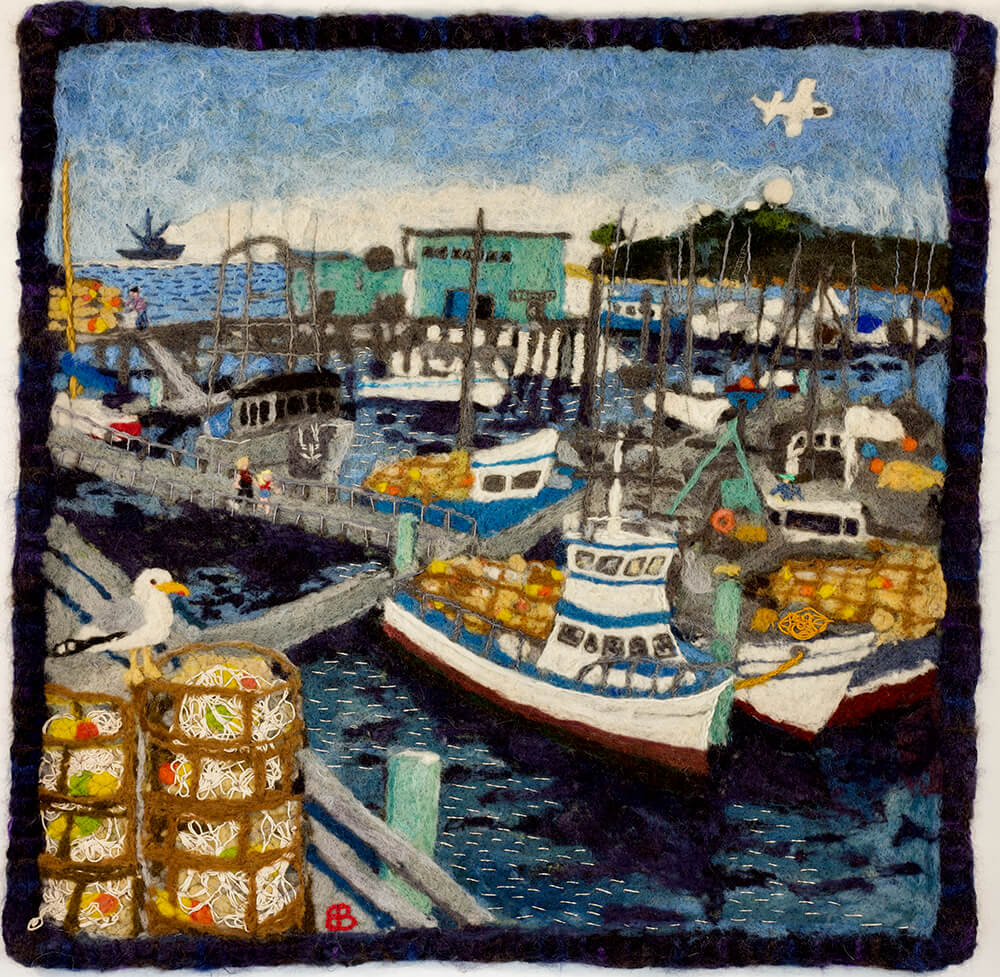
Birgitta first found felting through figurines, which she sold at the annual Swedish Christmas Fair in San Francisco. The El Grenada local turned to needle felting over a decade ago and describes the medium as “kind of painting and sculpting at the same time.” Her main source of wool is from Romney sheep that graze on the weeds of a Sonoma vineyard. Though the coarseness of the material would make for an awfully itchy sweater, it gives the tiny barbs of Birgitta’s felting needle something to latch onto, making it easier to jab bits of wool through the canvas. She also sources finer fleece from Alpacas by the Sea, a herd raised in Montara. “The alpaca wool is whiter than the Romney so it’s good for clouds and waves,” Birgitta notes.
When Birgitta first became interested in this malleable medium, she ran across a Craigslist post for free fleece from shorn sheep and raced off to the Russian River region to pick it up. “I packed it into our SUV. I just filled it!” she recalls. Back at home, she poured hours into the laborious process of cleaning it and cutting out foxtails, dirt and sheep droppings (or “vegetable matter,” as it’s delicately called in fleece circles). “It takes a lot of time, but the process makes you ‘bond with your wool,’” Brigitta says. Her spouse, returning from a trip, came home to find a frothy white cloud in their living room. “My husband thought, ‘Did you take the insulation off the attic?’”
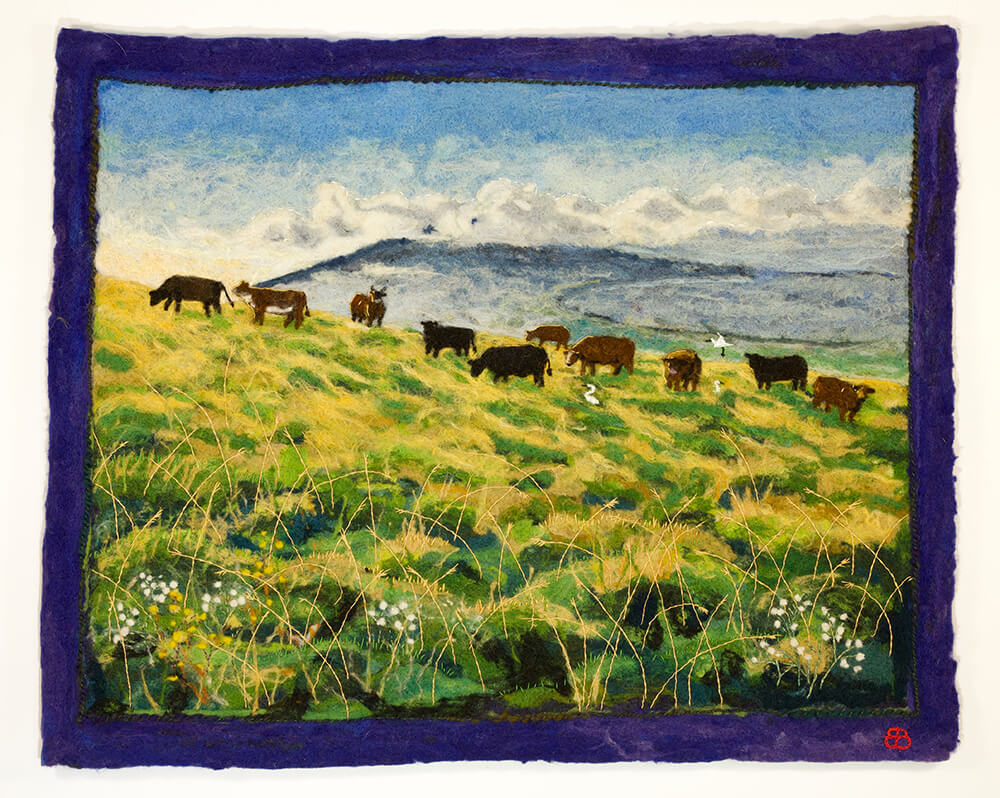
These days, Birgitta works out of her studio—namely, her converted dining room. “I’m always trying to figure out how to fit in it,” she chuckles. She sorts dyed wool of all colors into heavy-duty metal cubbies that used to hold bolts of fabric. “It’s the antithesis of light, fluffy wool!” she observes with a smile.
As Birgitta adds layers to her wooly works-in-progress, she starts texturing them—adding white beads for flecks of sea foam, incorporating real seashells beside felt sea stars and sand dollars, crafting the tentacles of a sea anemone from yarn she found at Fengari, a shop in Half Moon Bay.
She also stitches in details, the embroidery adding a greater sense of dimension. “You can do these optical tricks that make you feel depth,” Birgitta explains. In one image, she brings swaying stalks of tall grass to the foreground of a scene where cows graze in the distance. In another, she draws the eye to snarled fishing nets on the docks off Pillar Point Harbor.
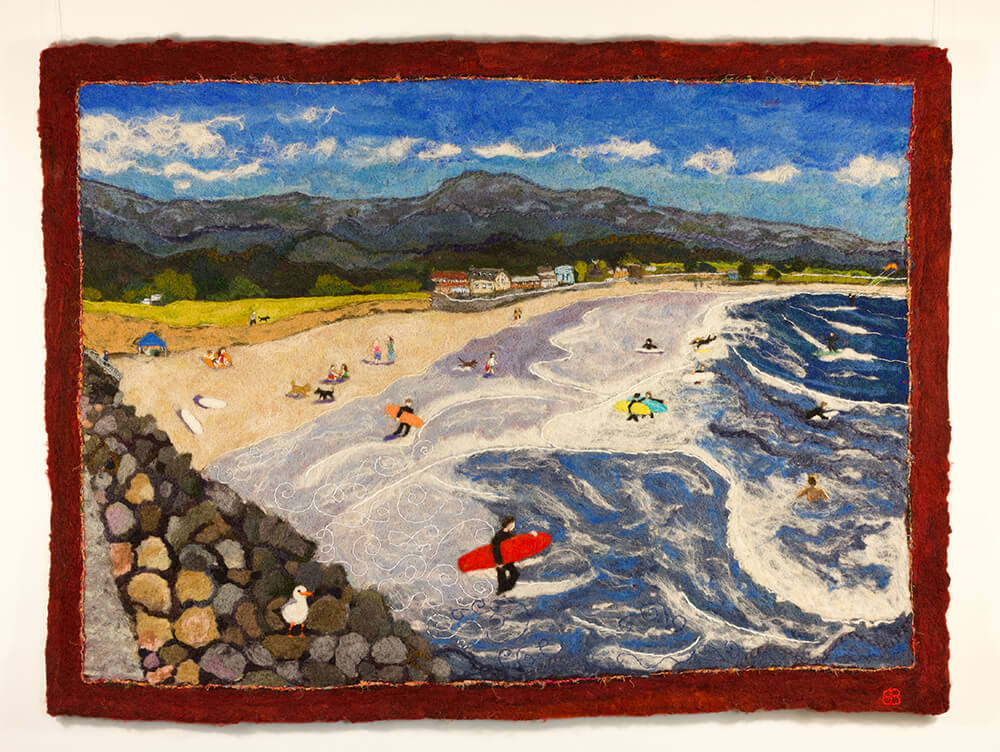
Like a bird collecting for her nest, Birgitta gathers up strings of all colors, textures and sizes. While contemplating a field in need of individual blades of grass, she’ll mentally flip through her inventory, then suddenly straighten. “Oh, I think I have that green somewhere,” she’ll say—and off she’ll flit, bringing back just the right one for the job. “Embroidery thread is so bright,” she notes appreciatively.
For future projects, Birgitta would like to try free-motion sewing with a machine. “It’s a bit of a learning curve,” she notes. “You have to sort of get it into your hands somehow.”
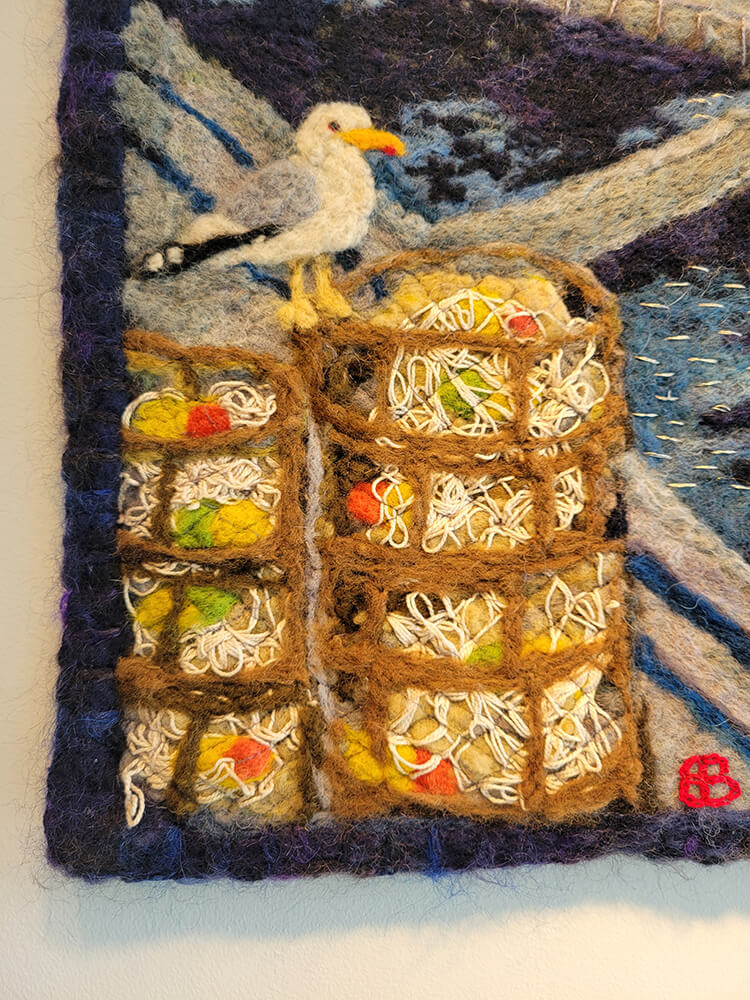
When not fabricating her next landscape, you’ll find Birgitta outdoors. She’s happiest hiking the nearby trails with her dog, photographing nature and plunging into bodies of water. This last activity is inspired by summers in Sweden, where she grew up. “There’s lakes everywhere and everyone goes swimming!” Birgitta explains.
Despite her affinity for the great outdoors, the gallery also seems to be this artist’s natural habitat. “I don’t put my art under glass,” Birgitta notes as she stands beside the scene depicting the boisterous sea. The freedom suits these wild, wooly landscapes and their adventurous creator.

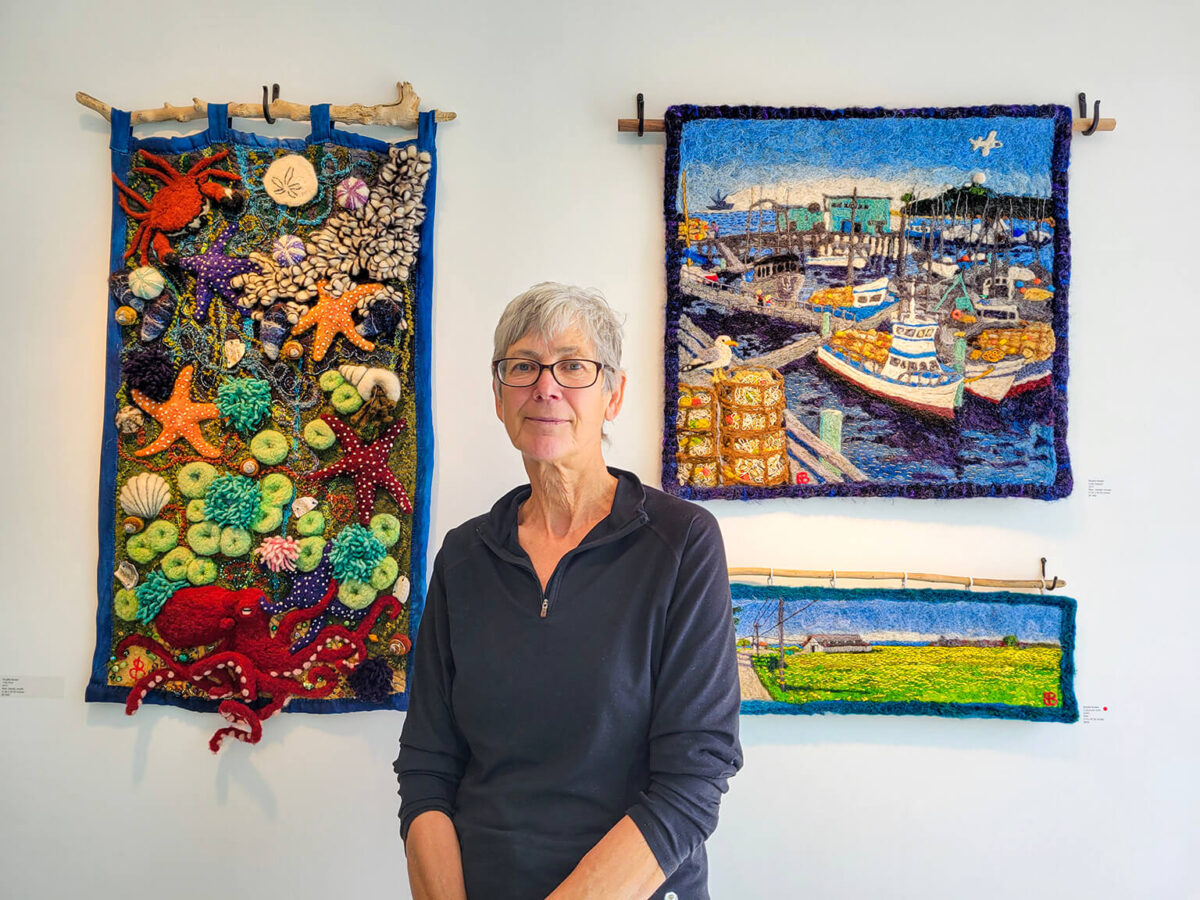

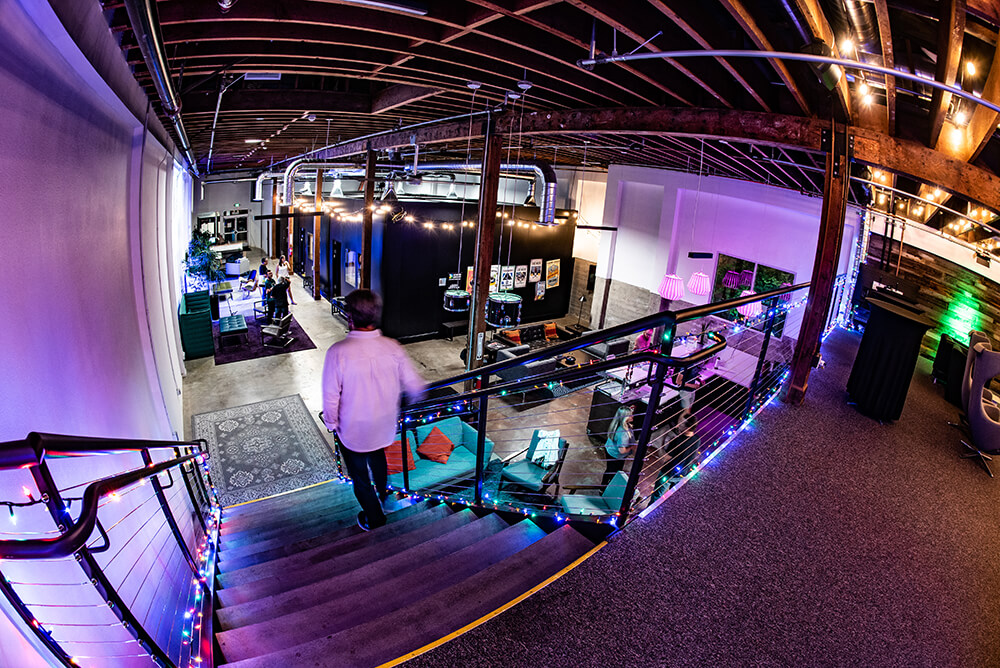


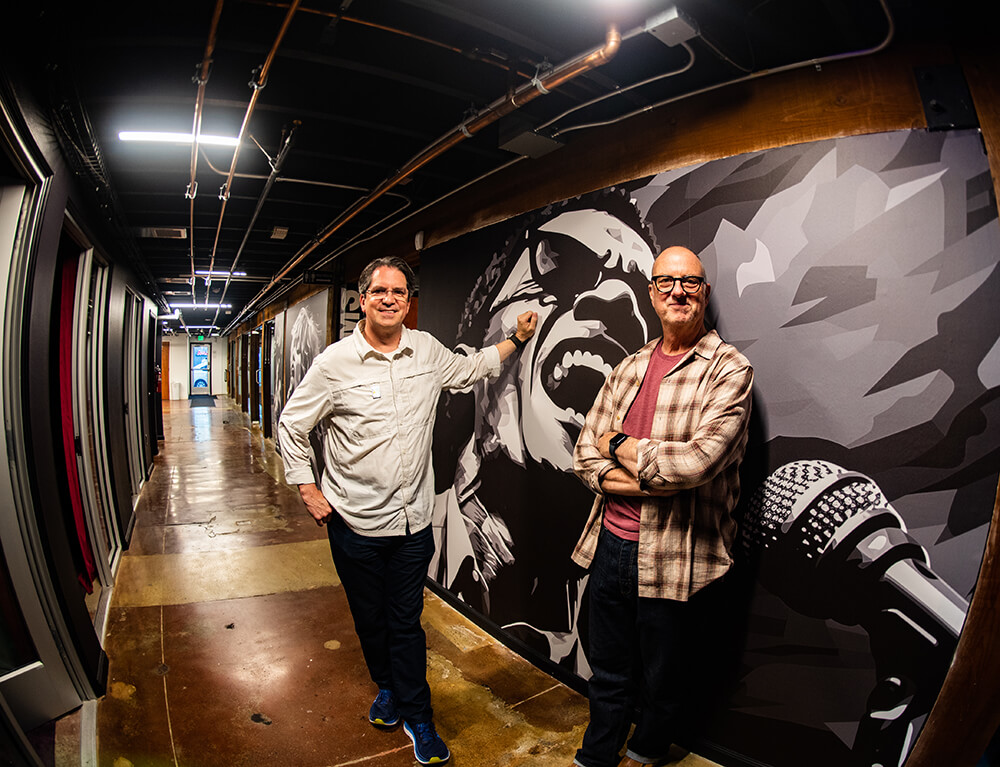
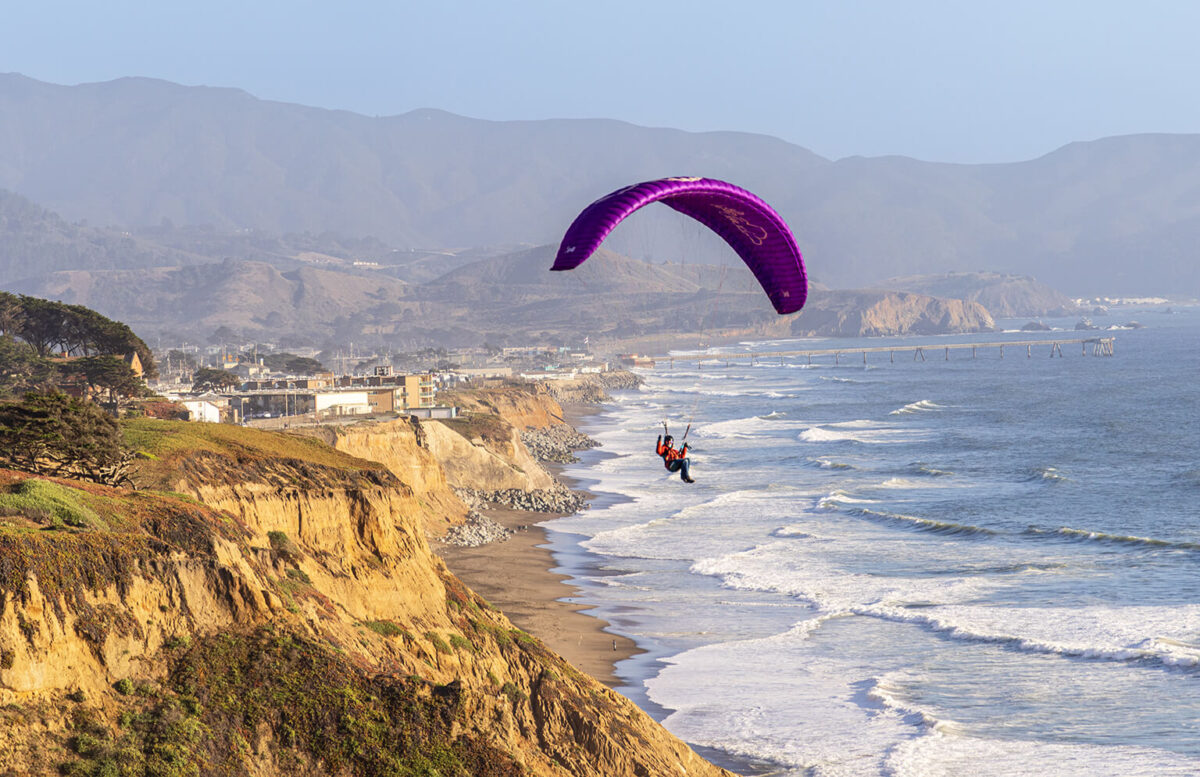
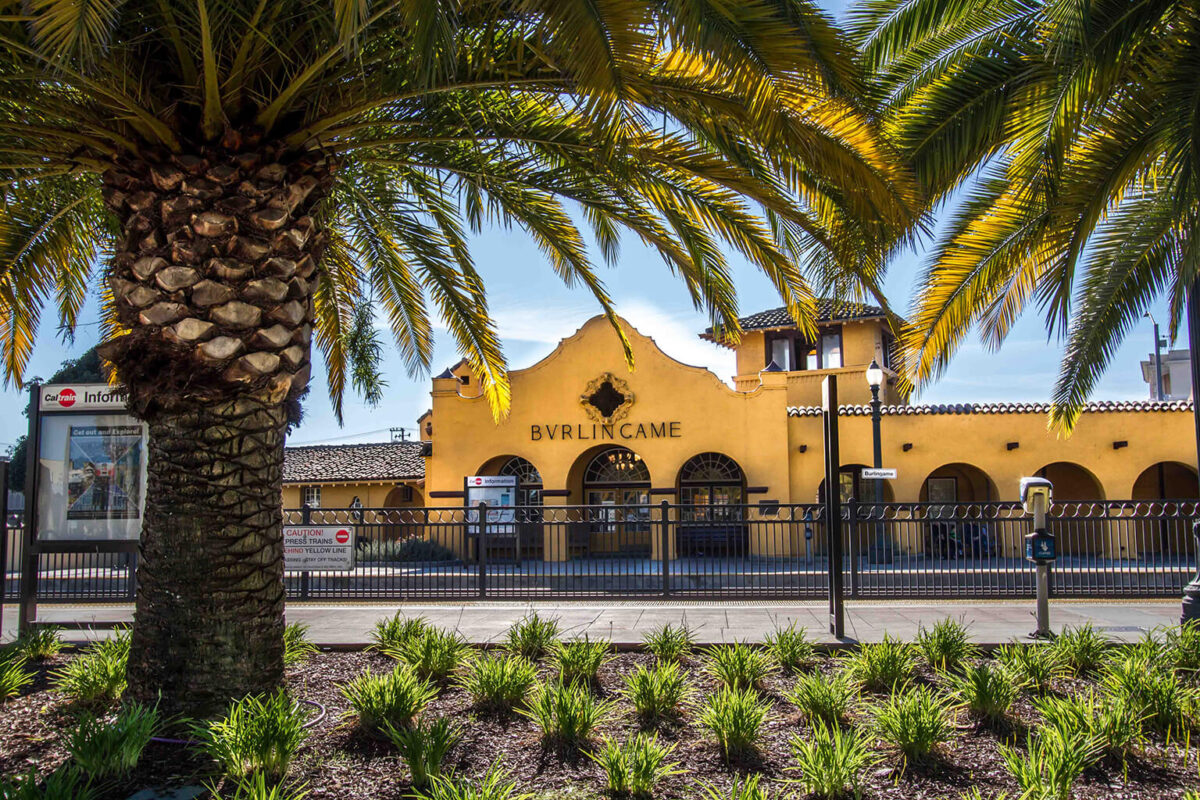
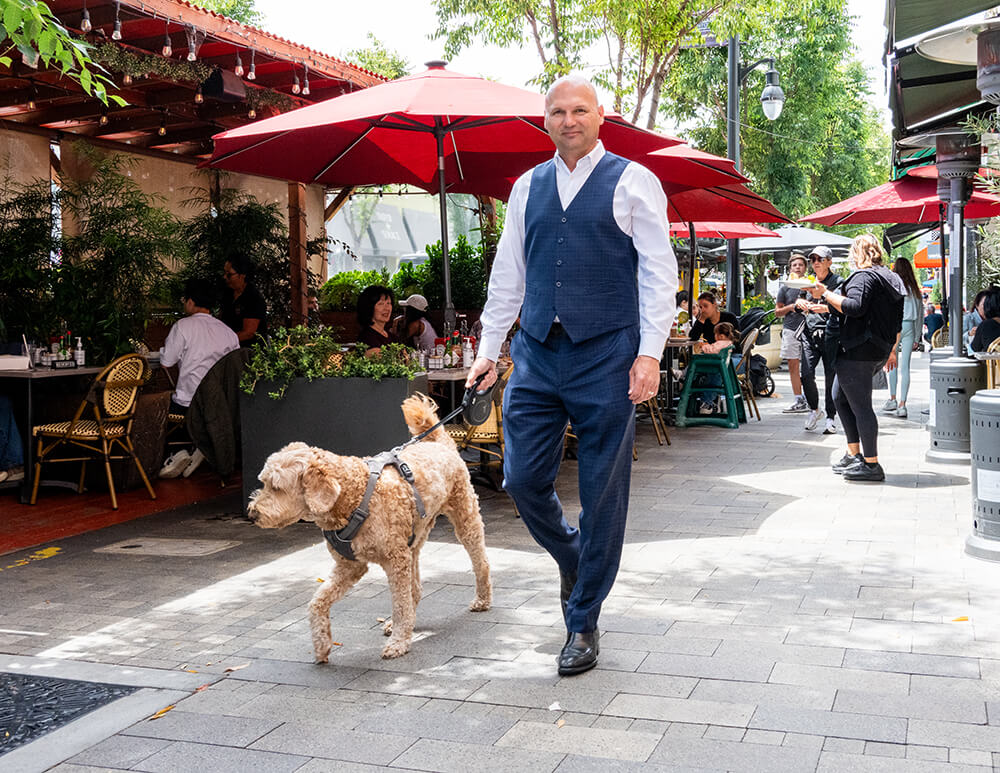
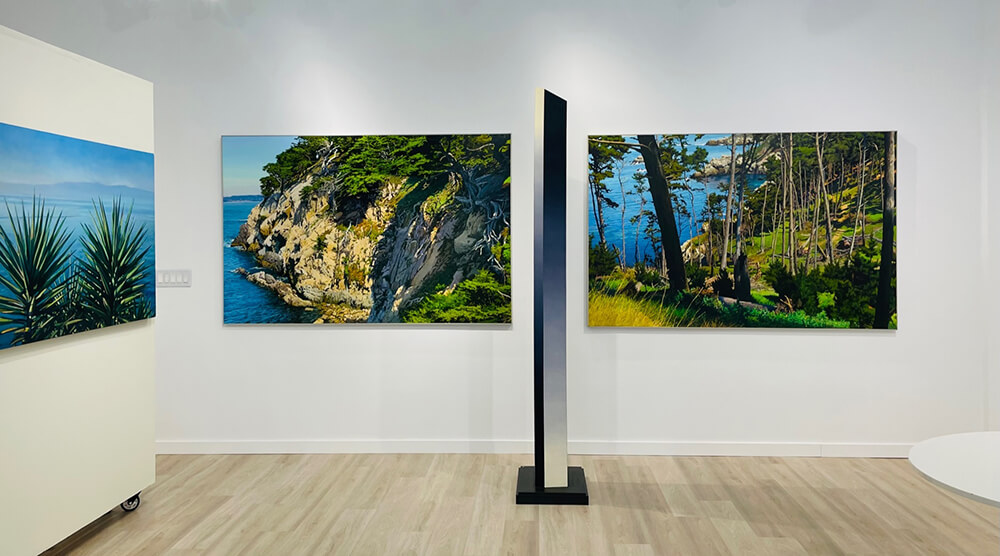
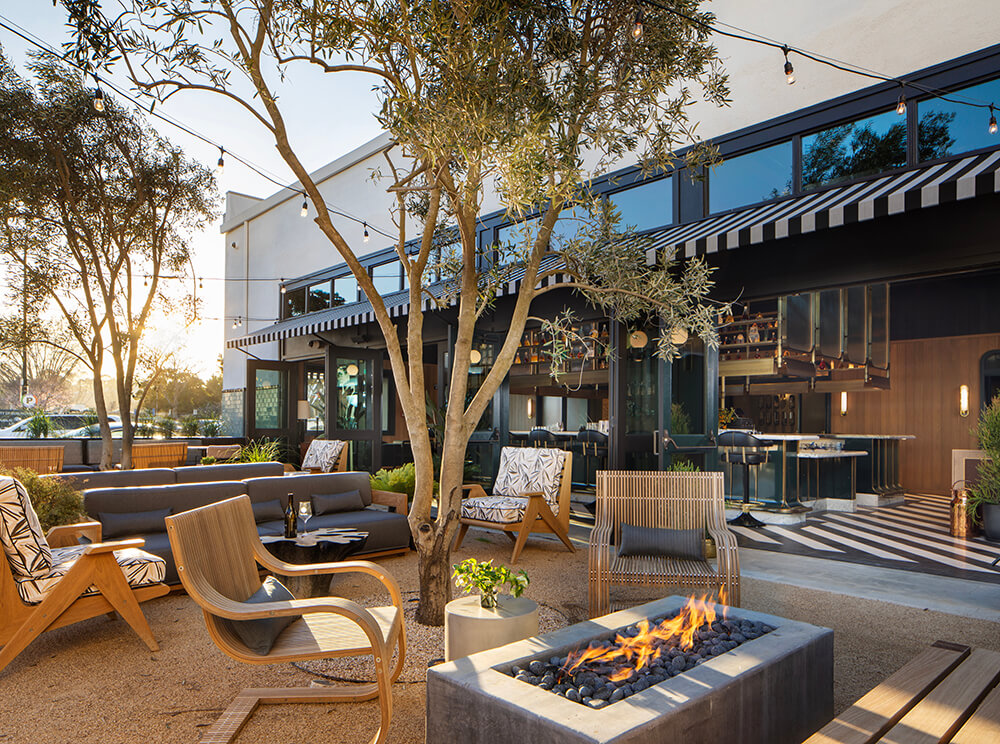

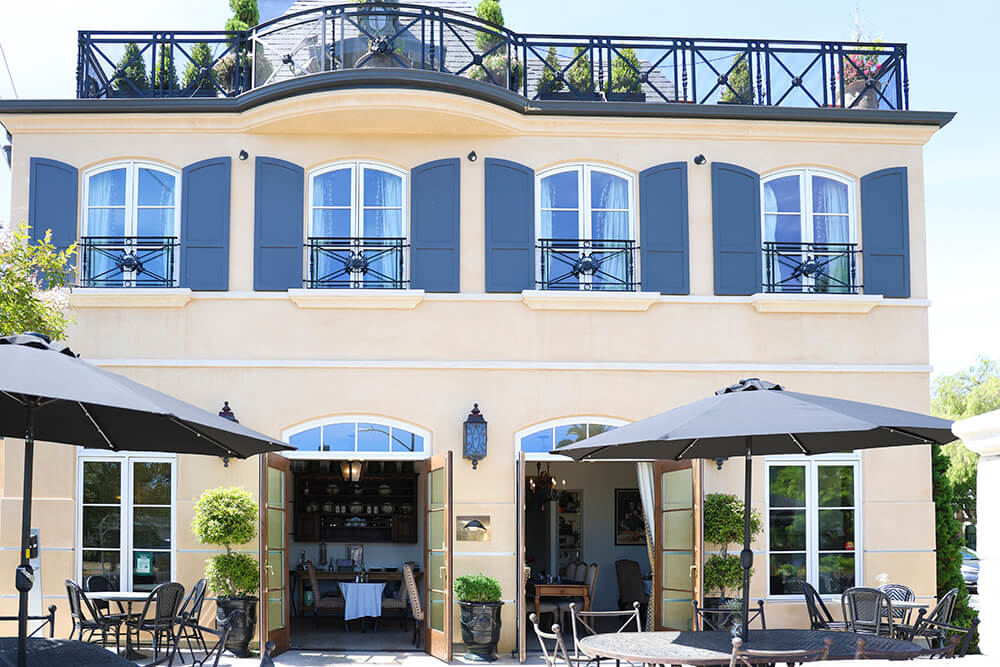
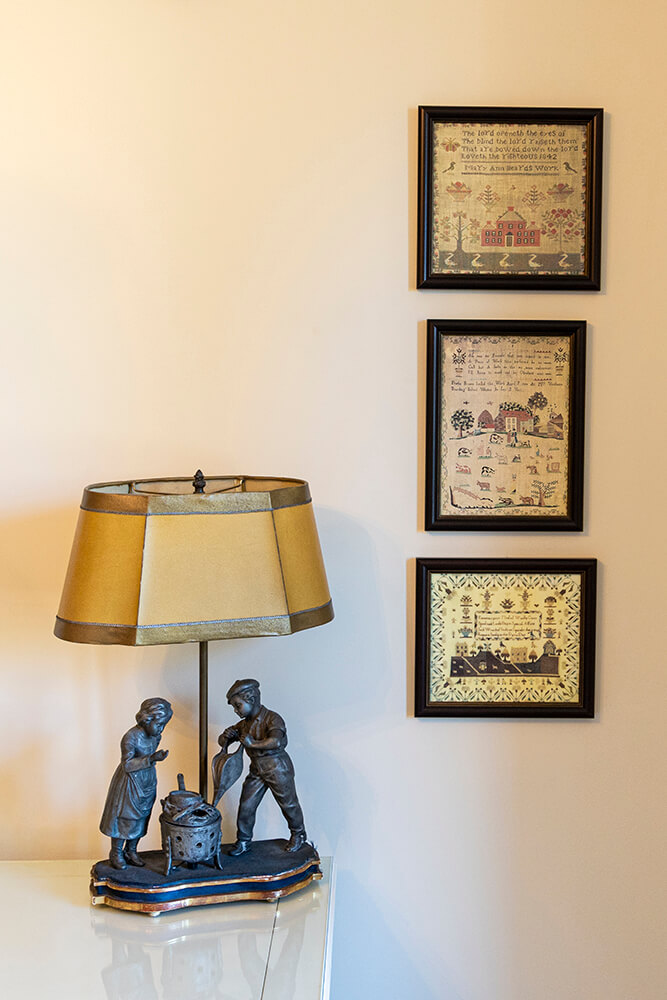
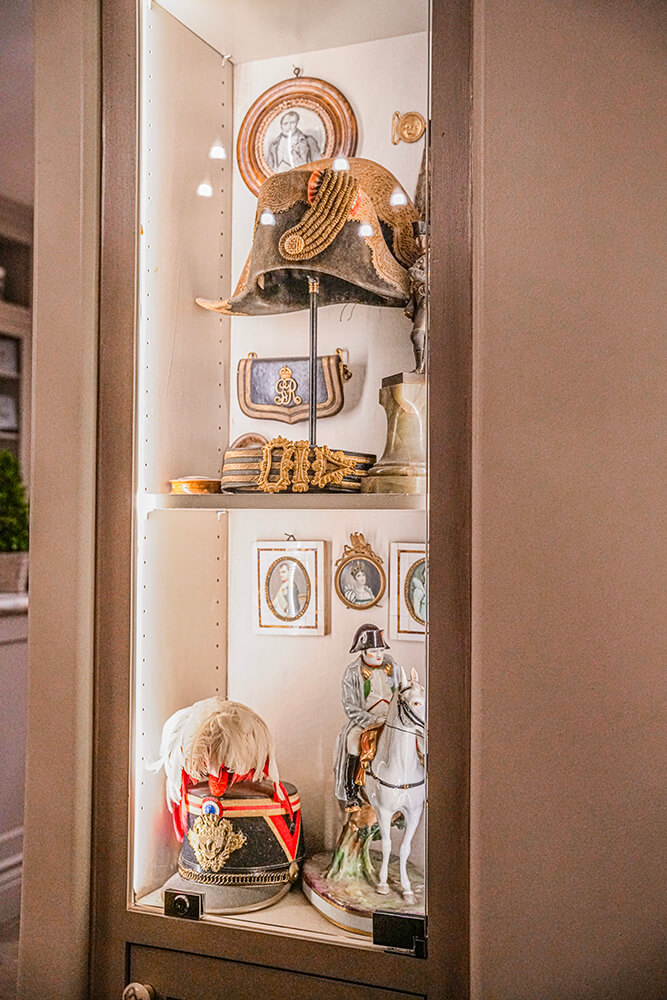
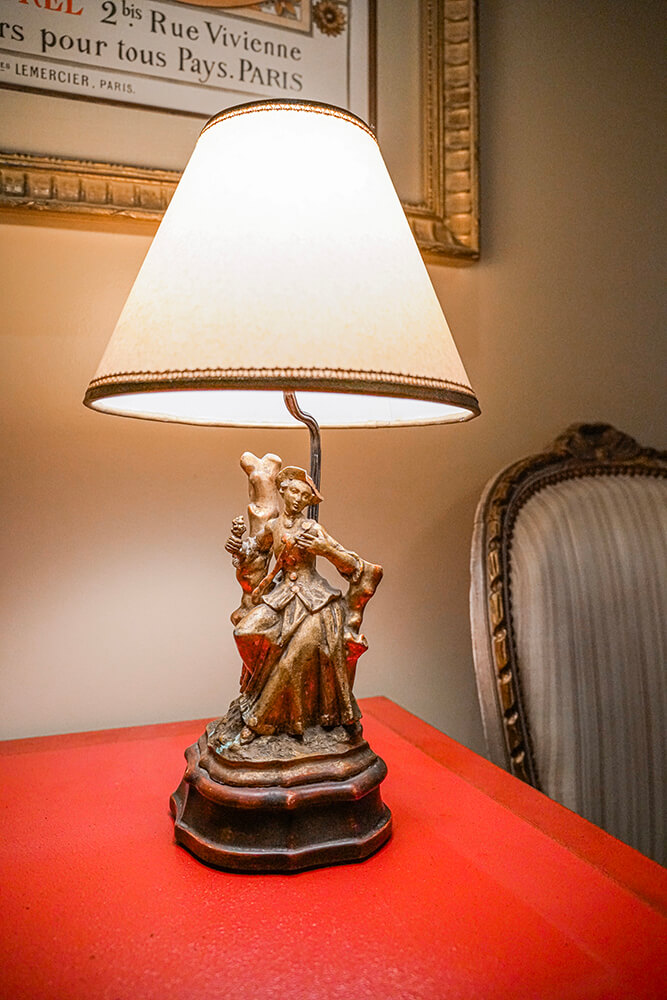
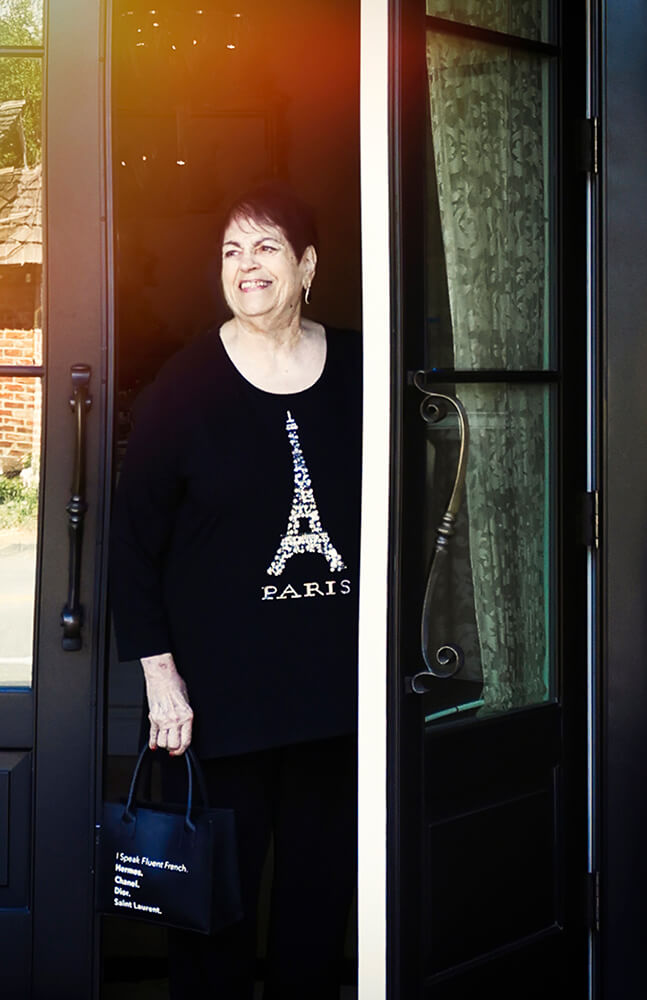
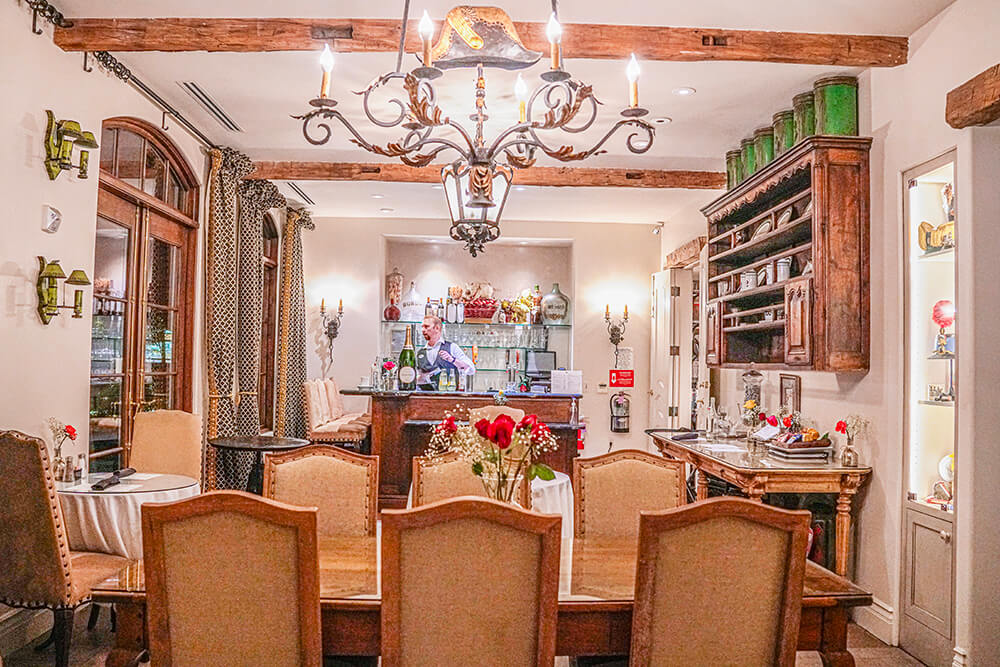

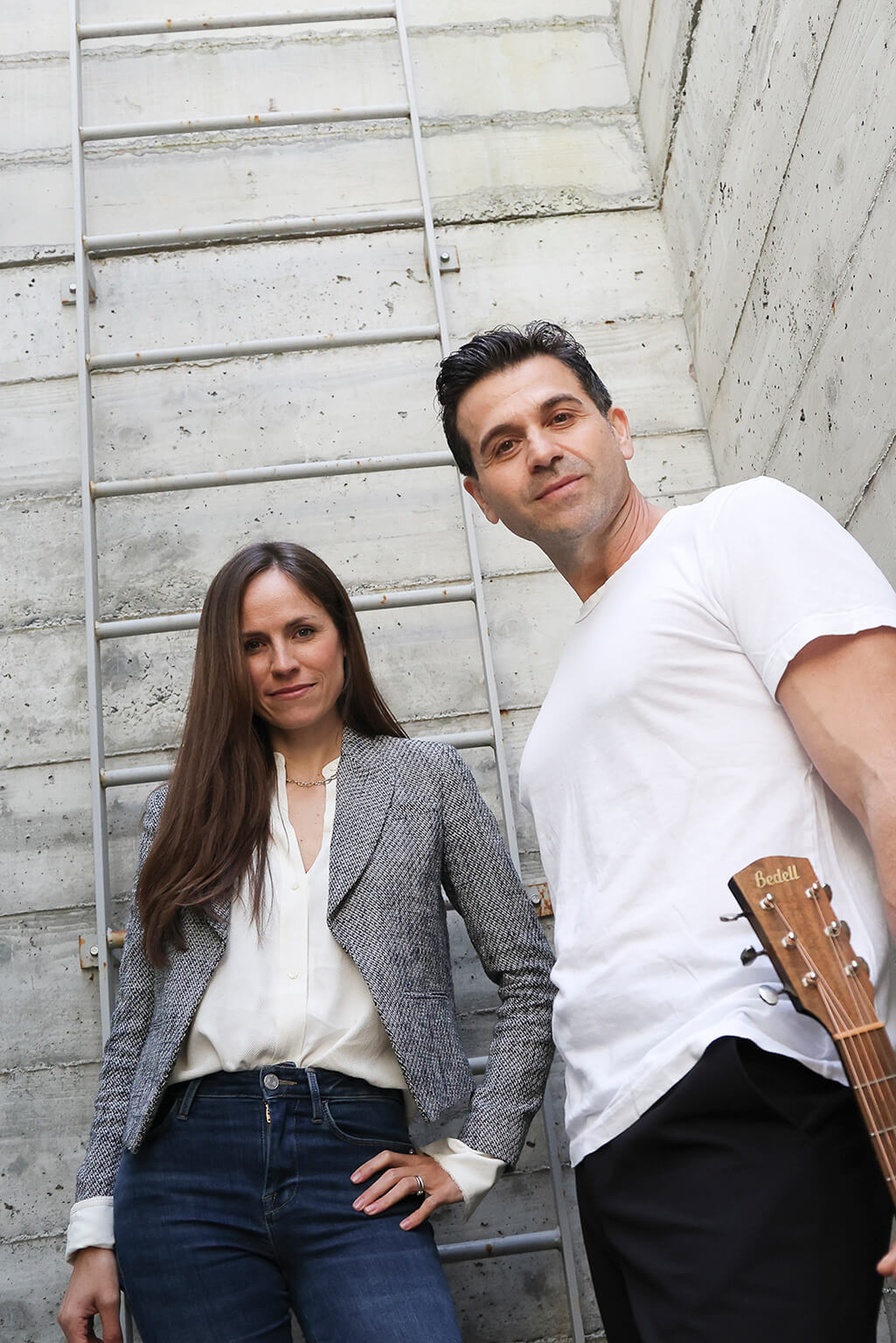
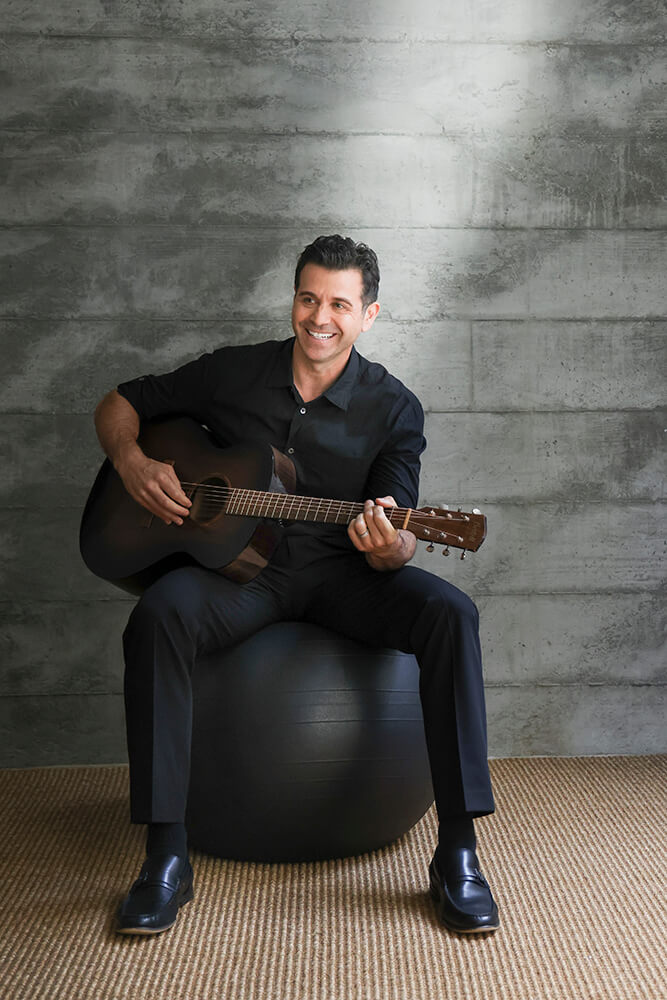
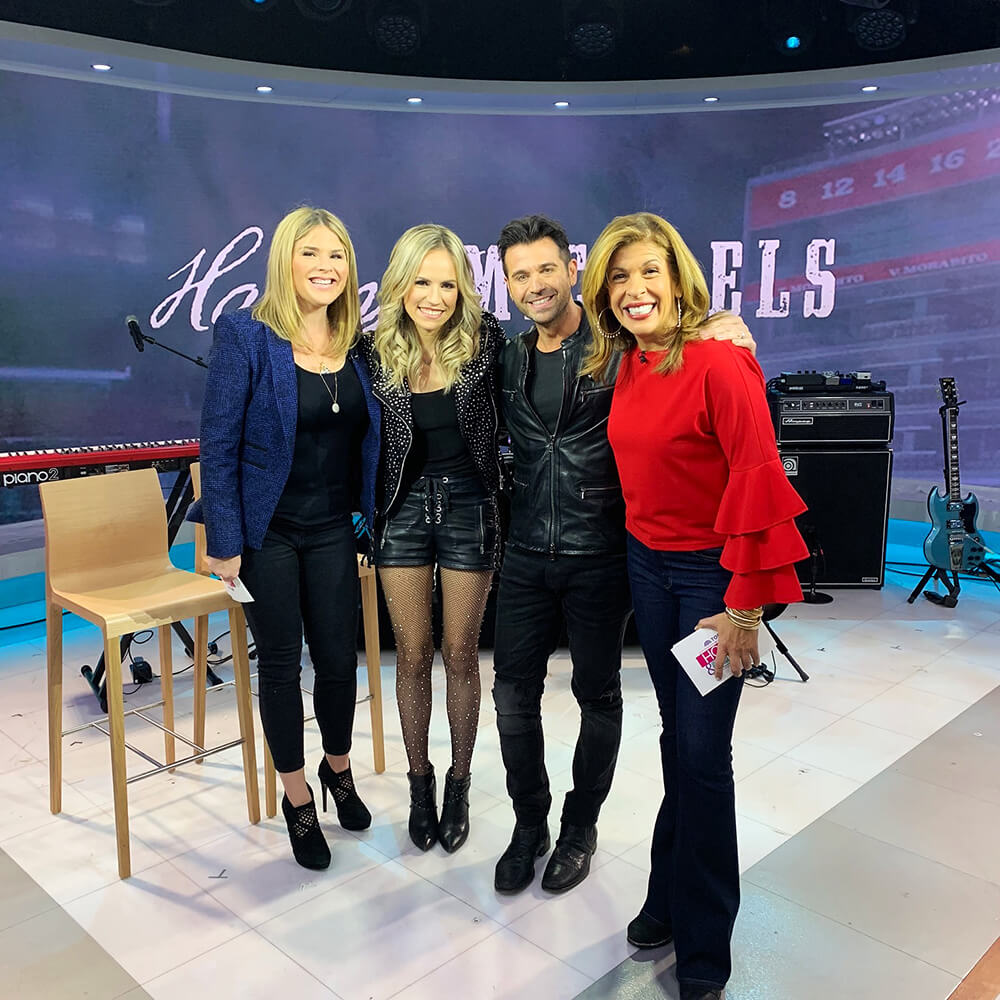

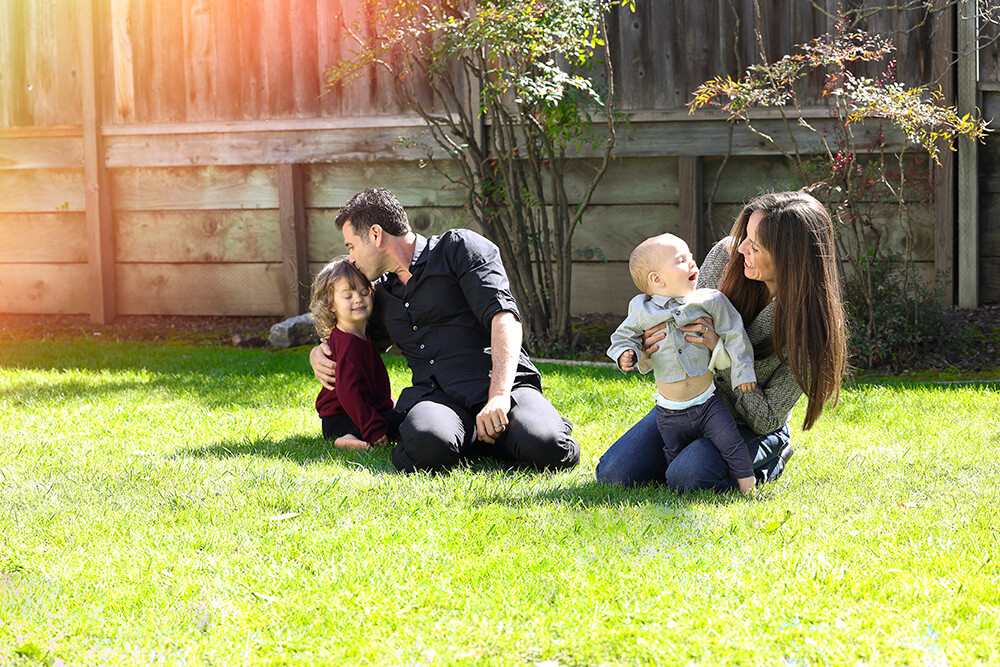

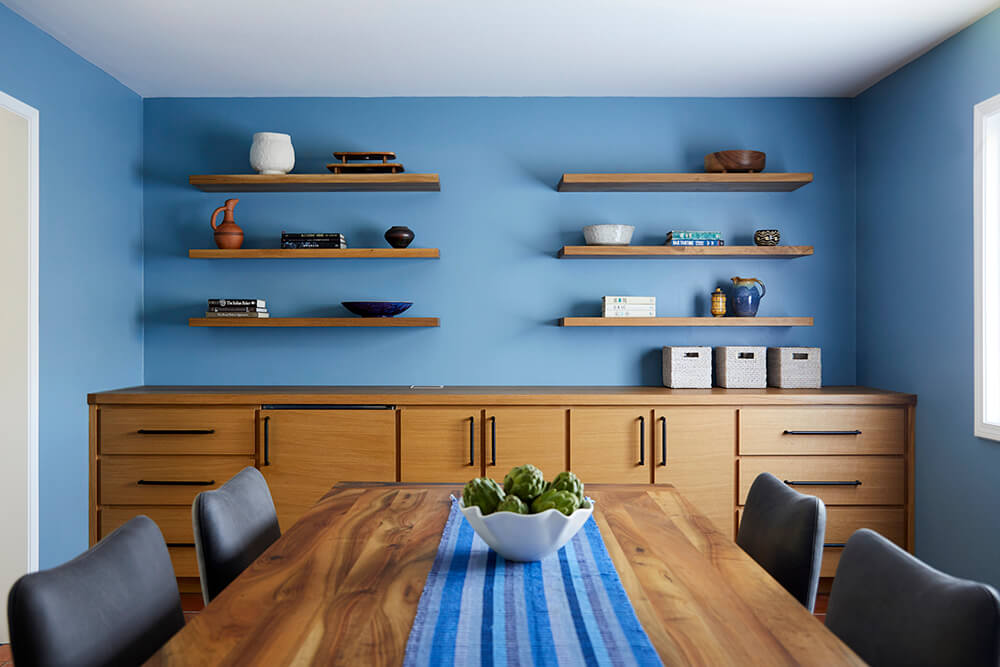

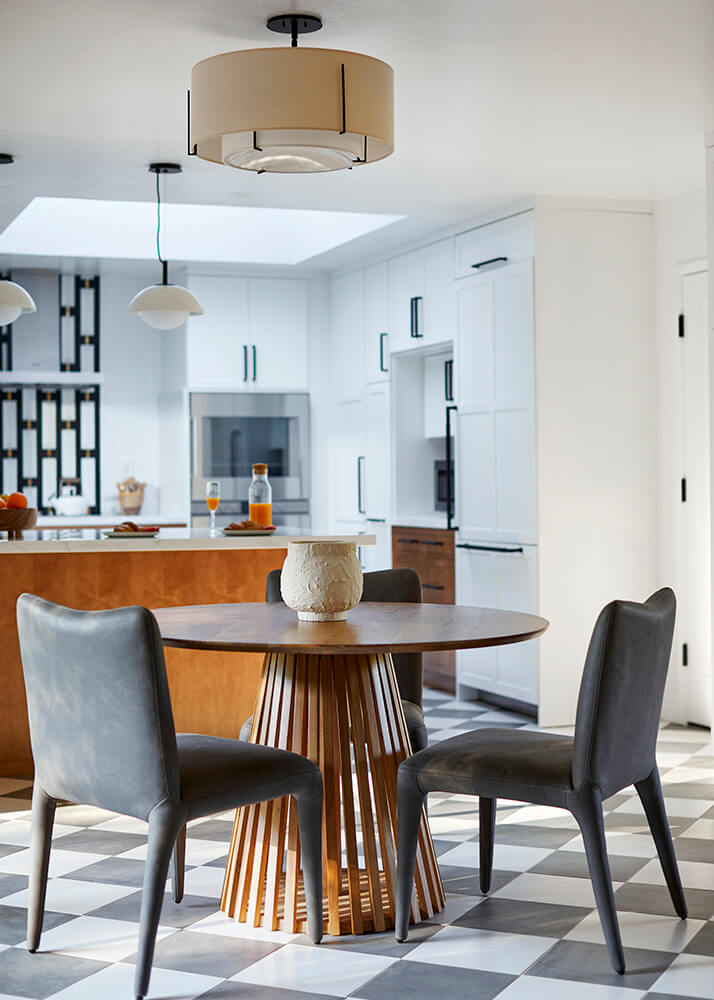
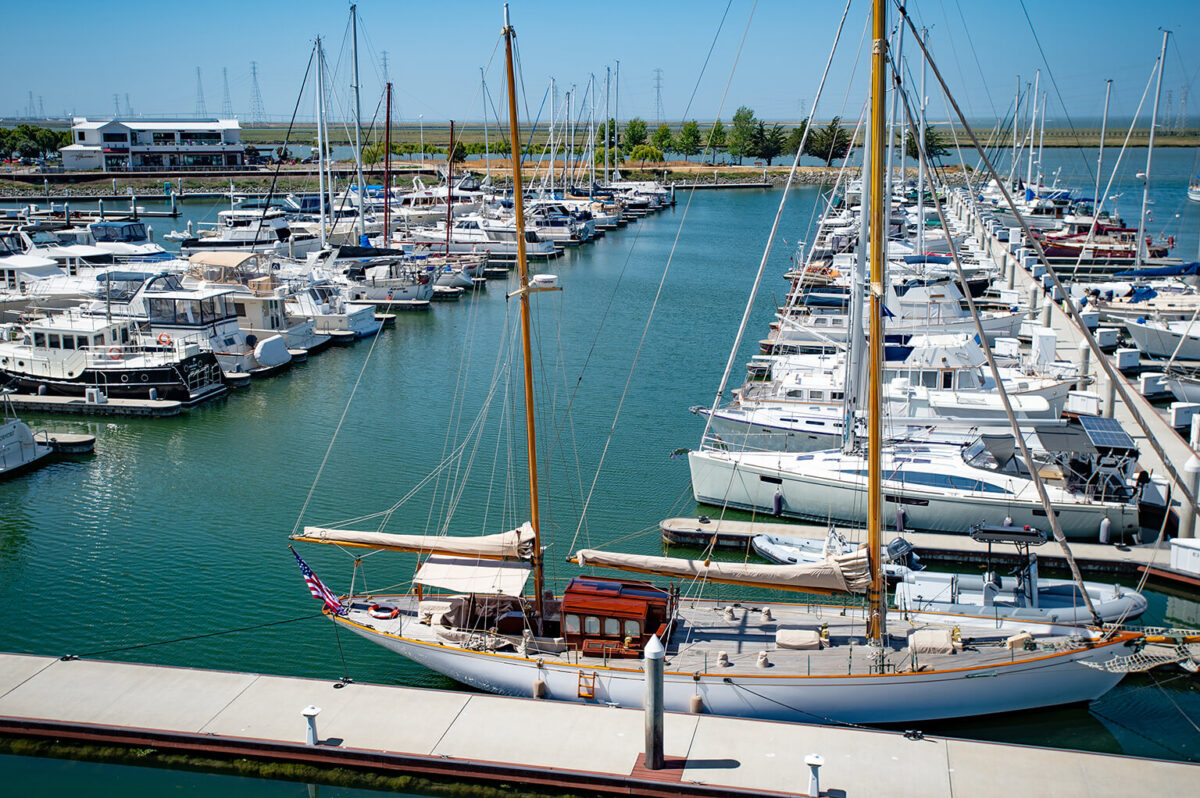
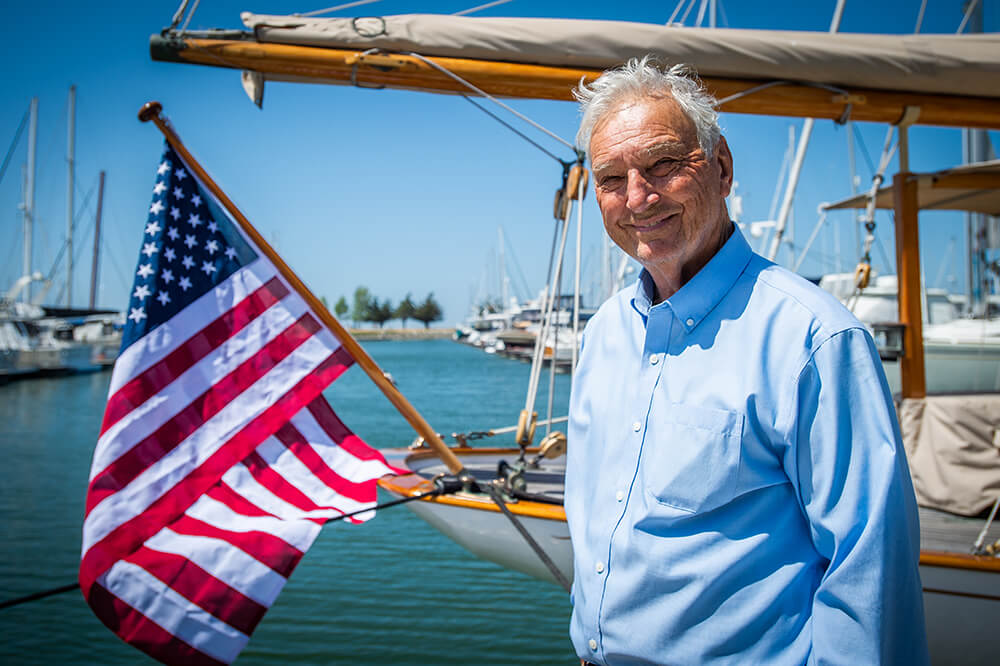

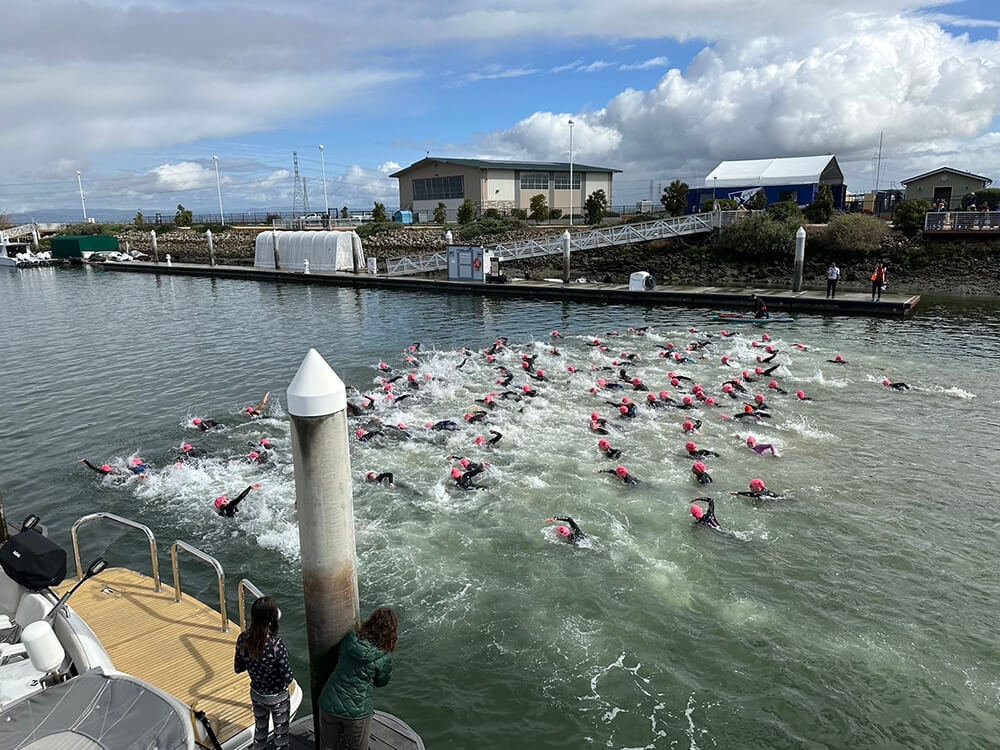
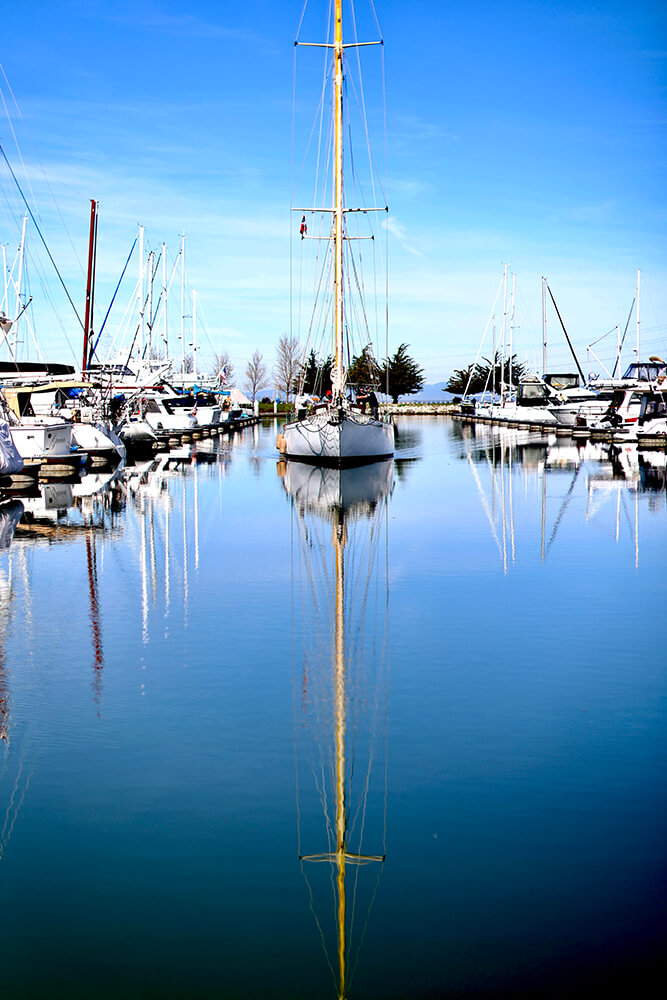
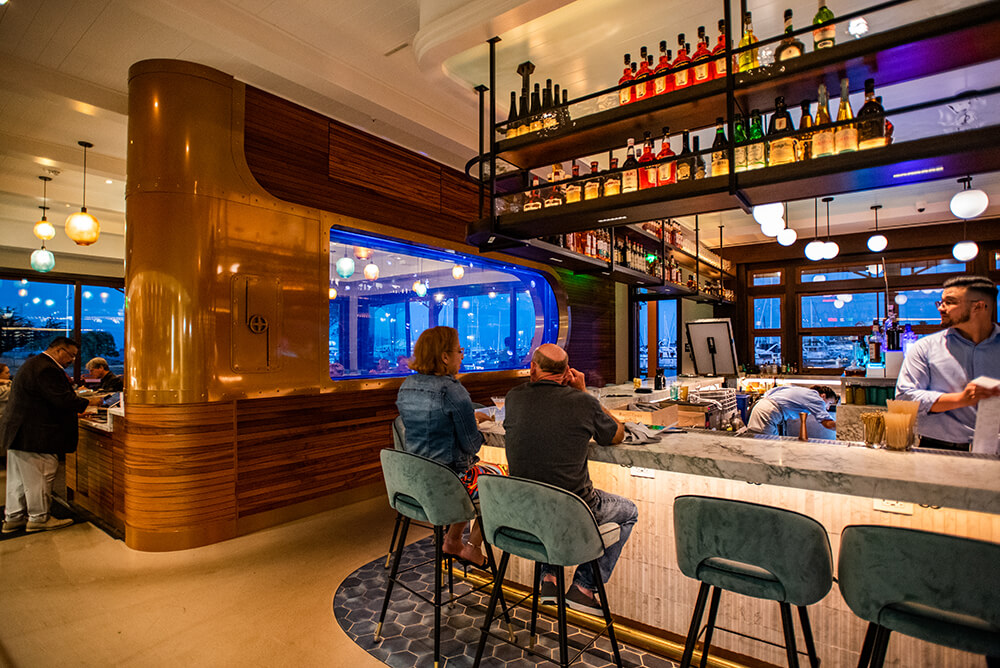
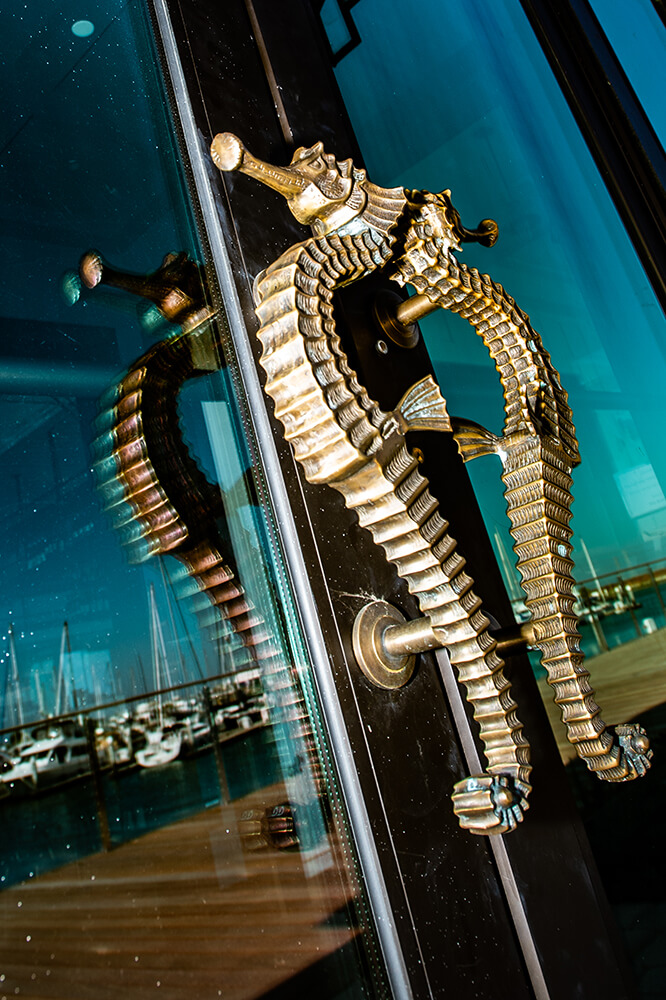
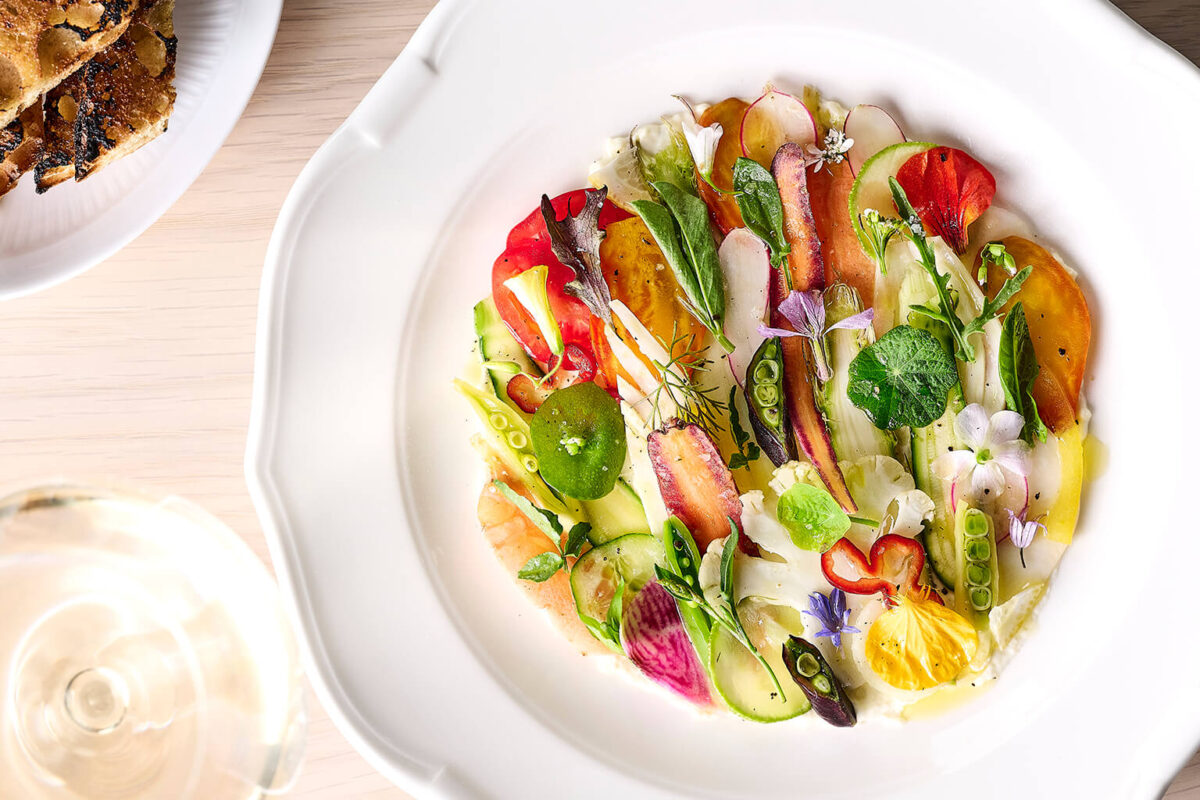
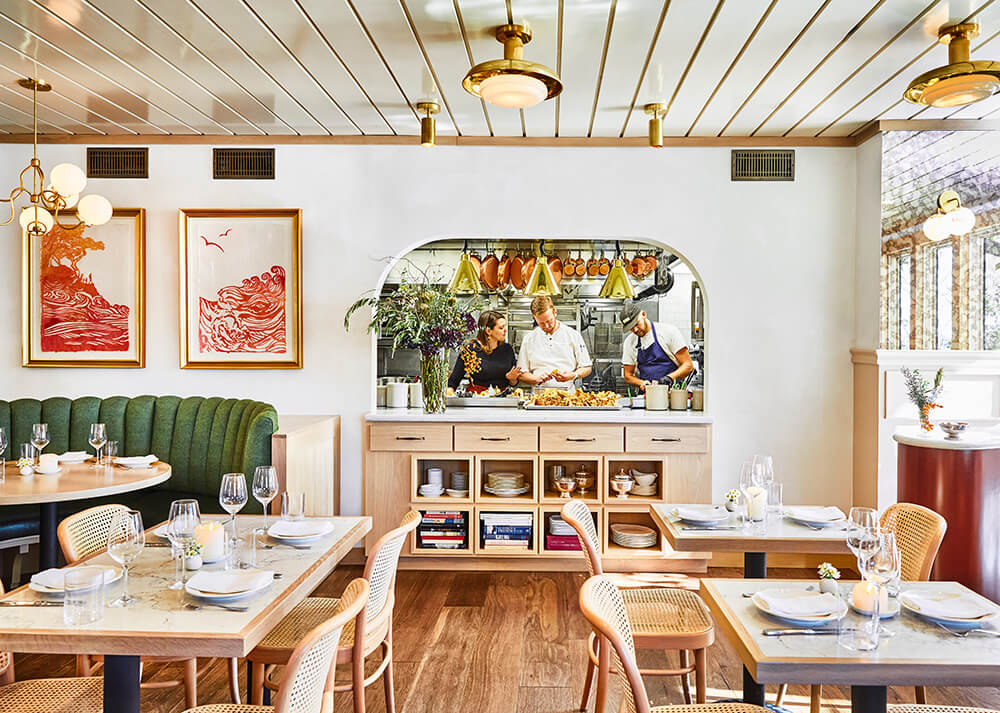
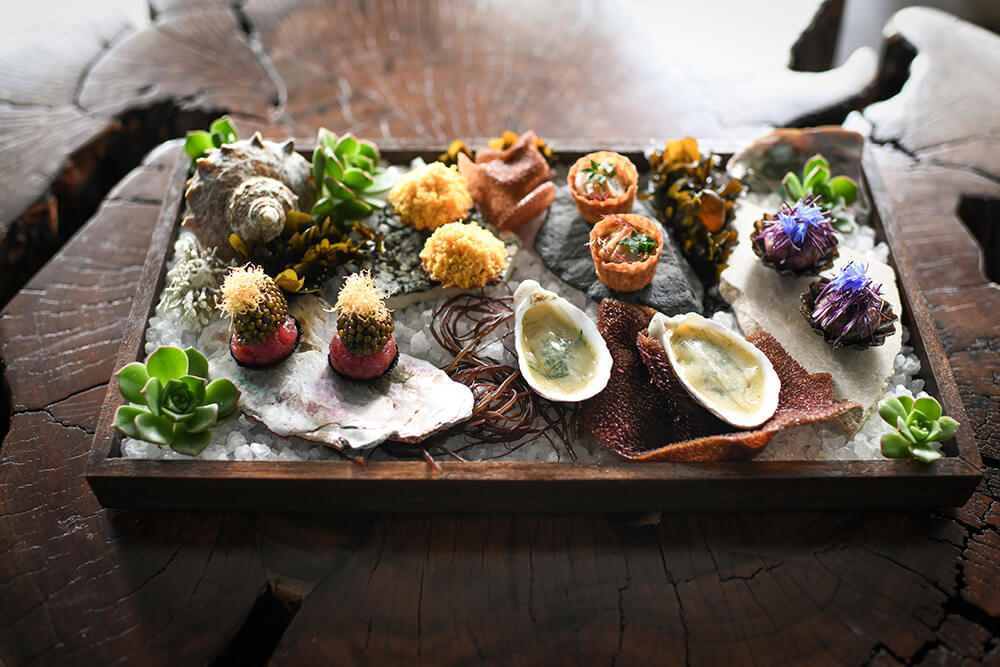
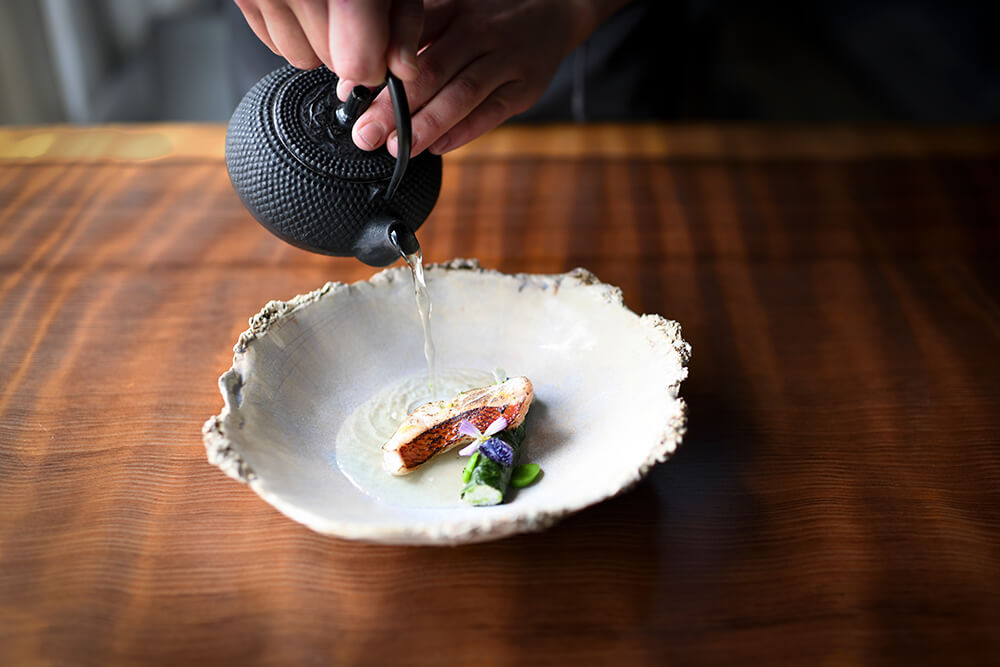
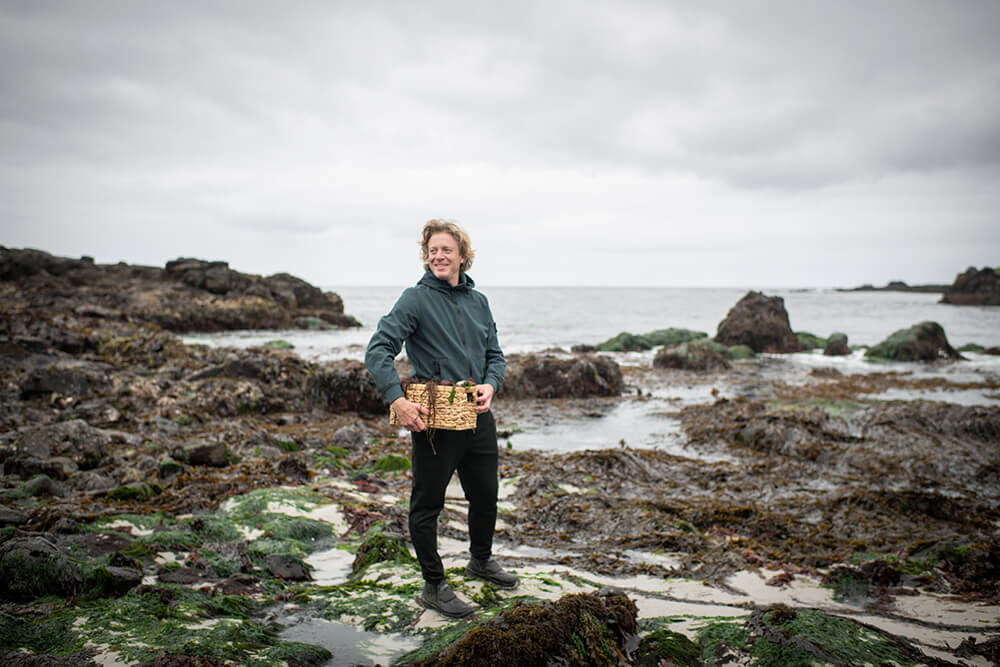

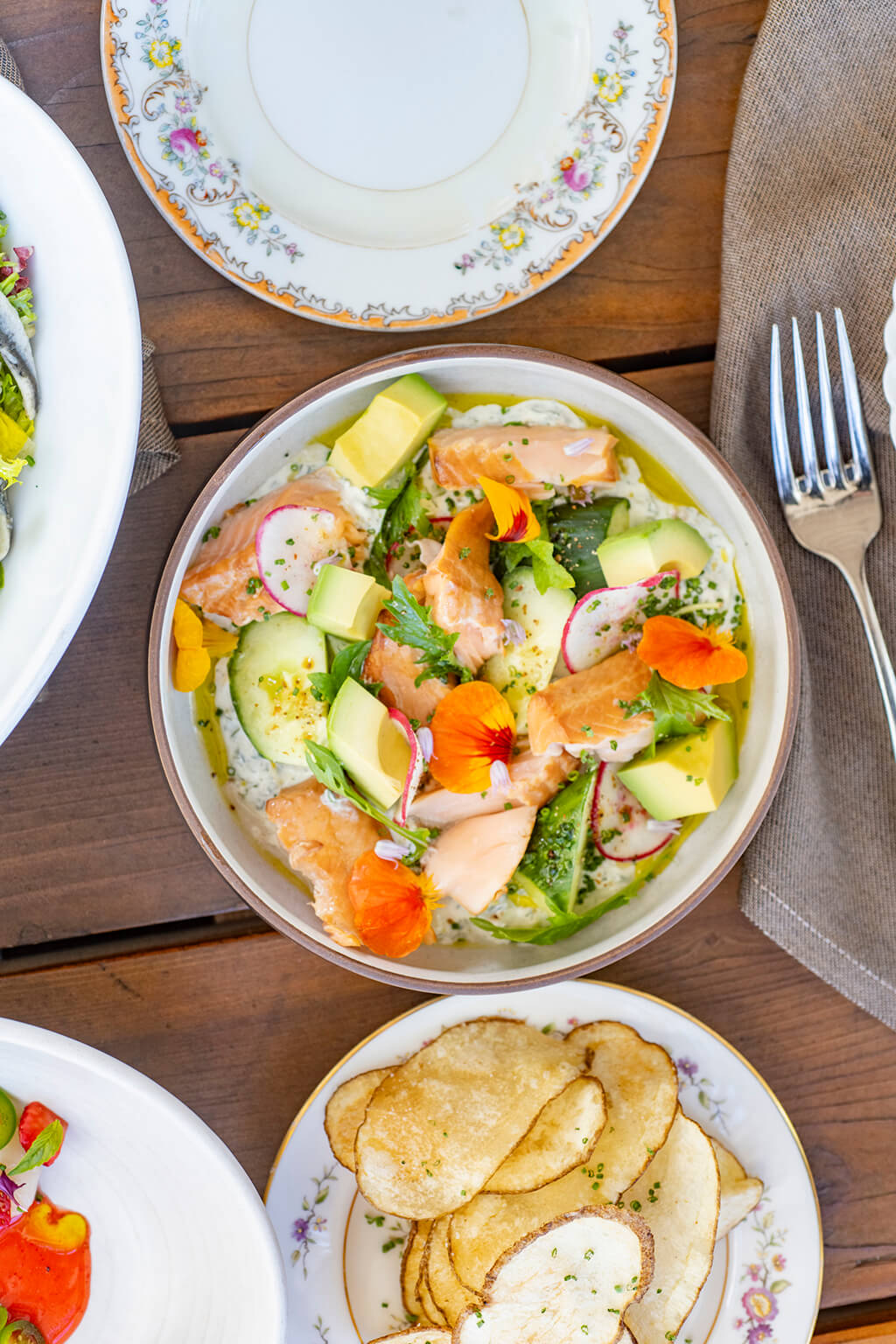
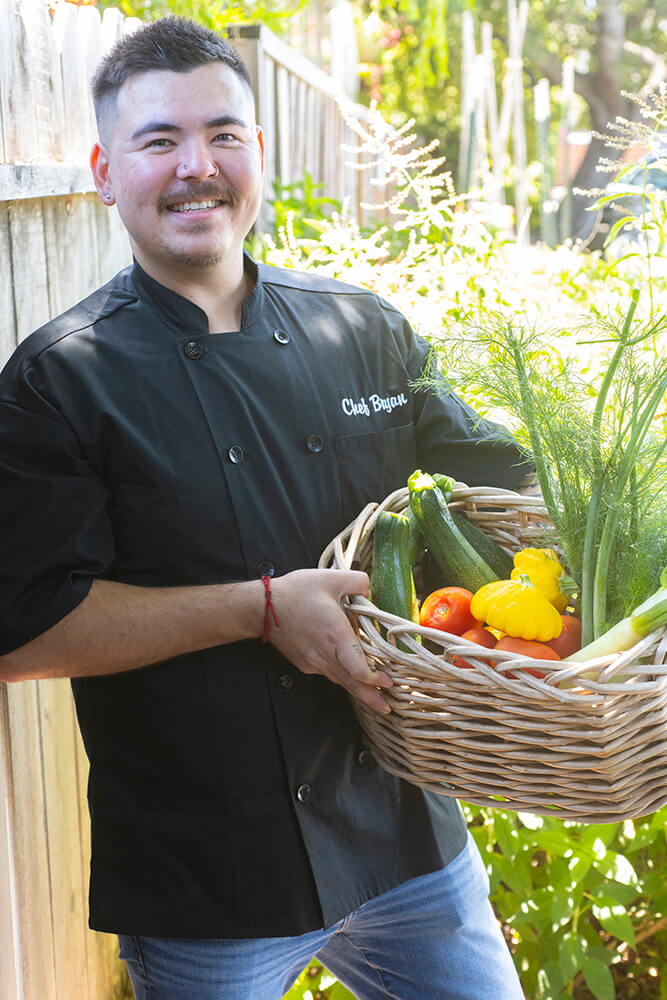
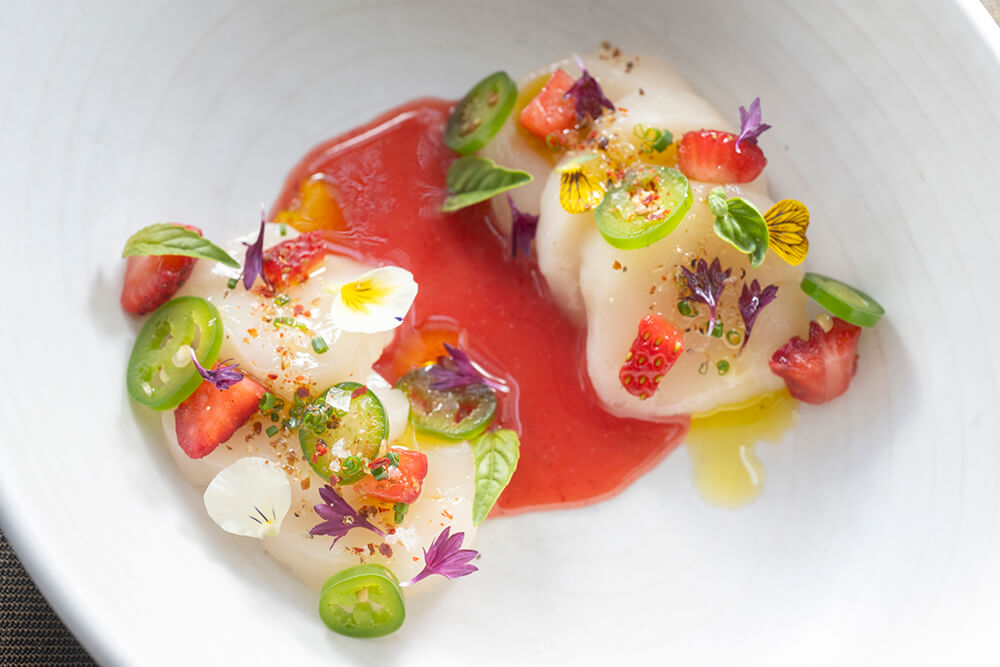
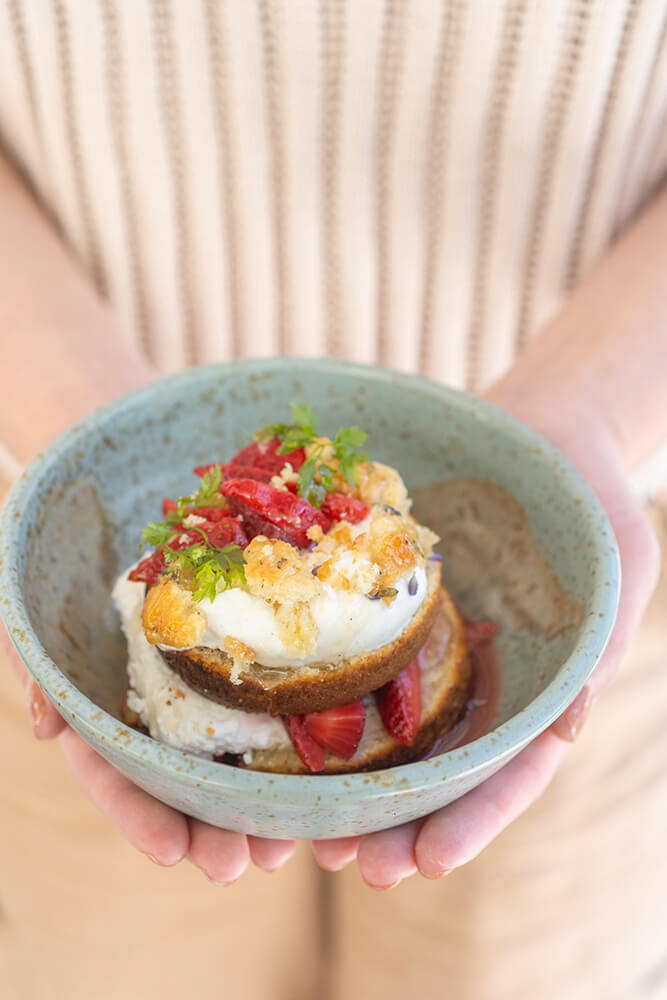
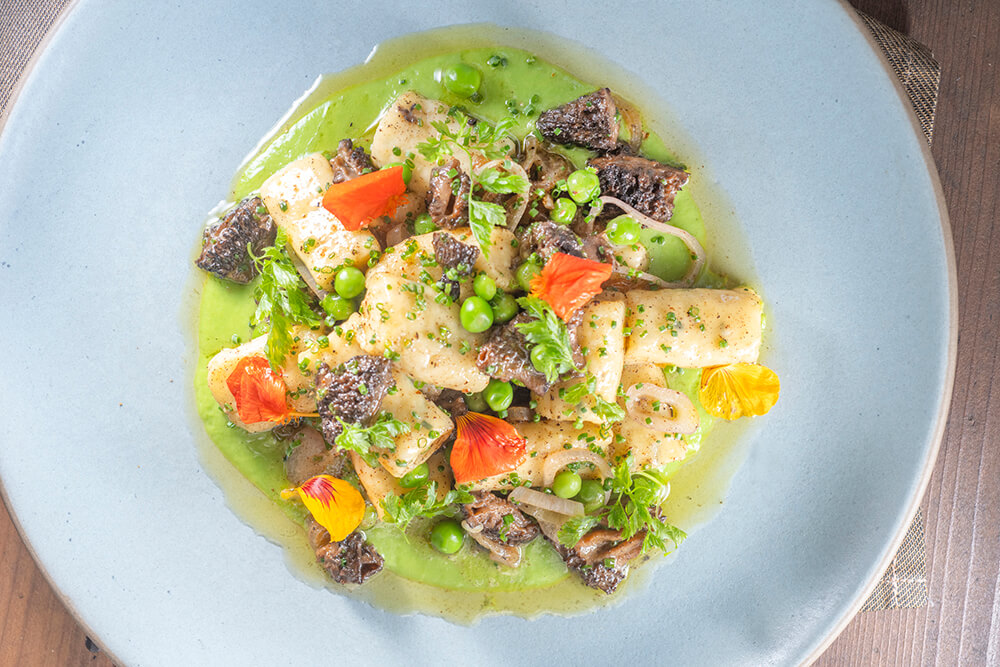
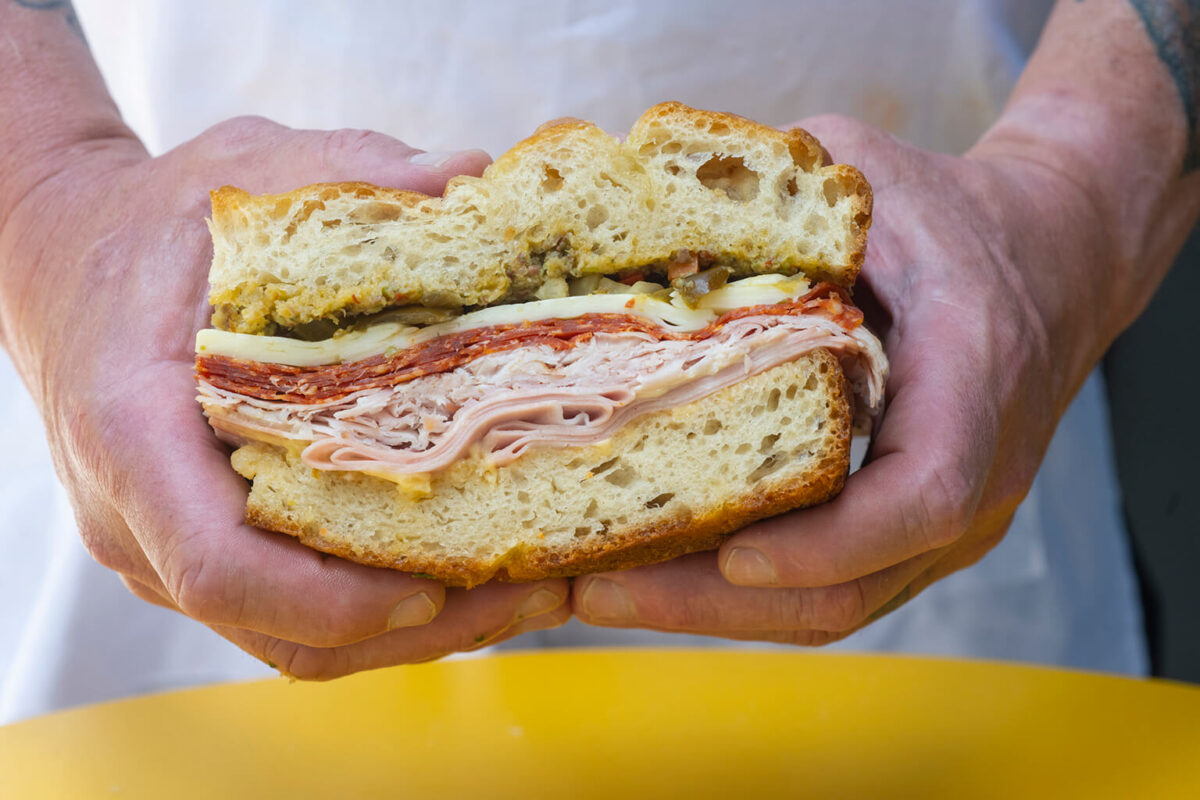
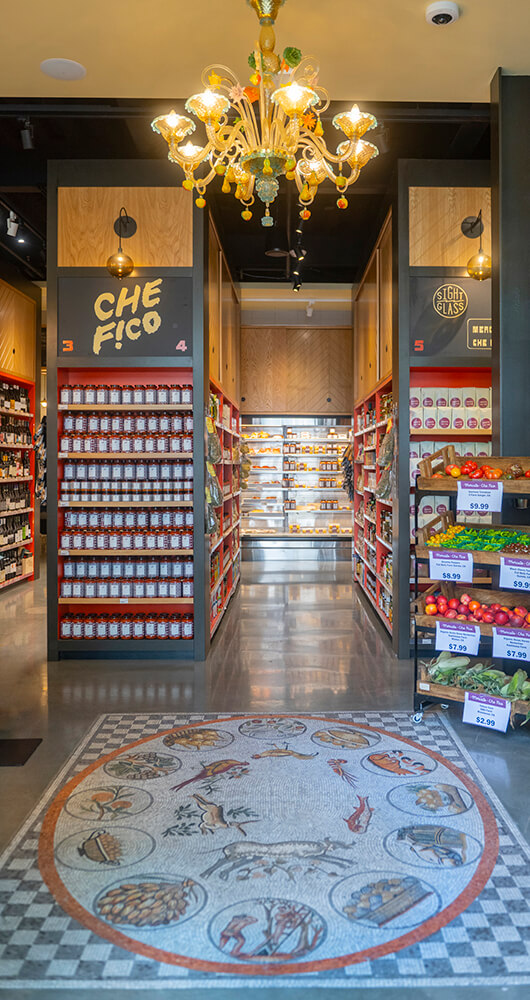

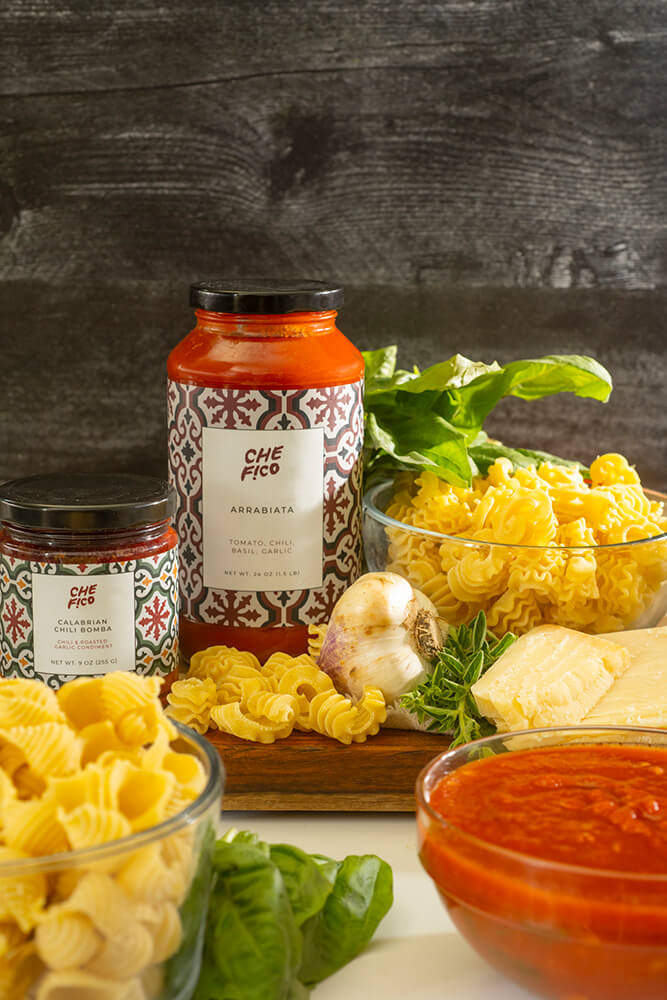
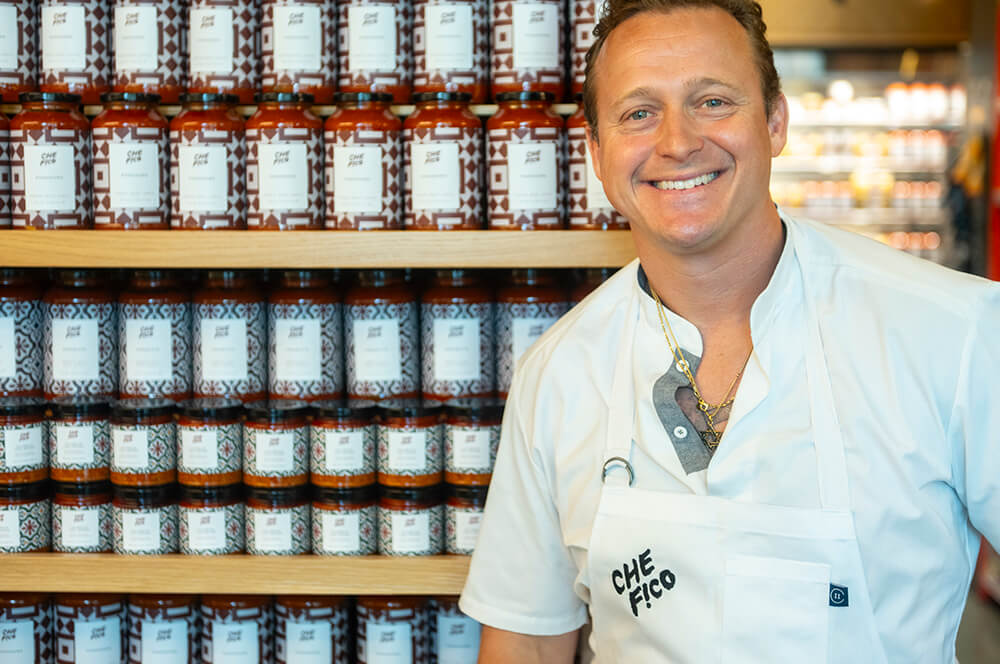
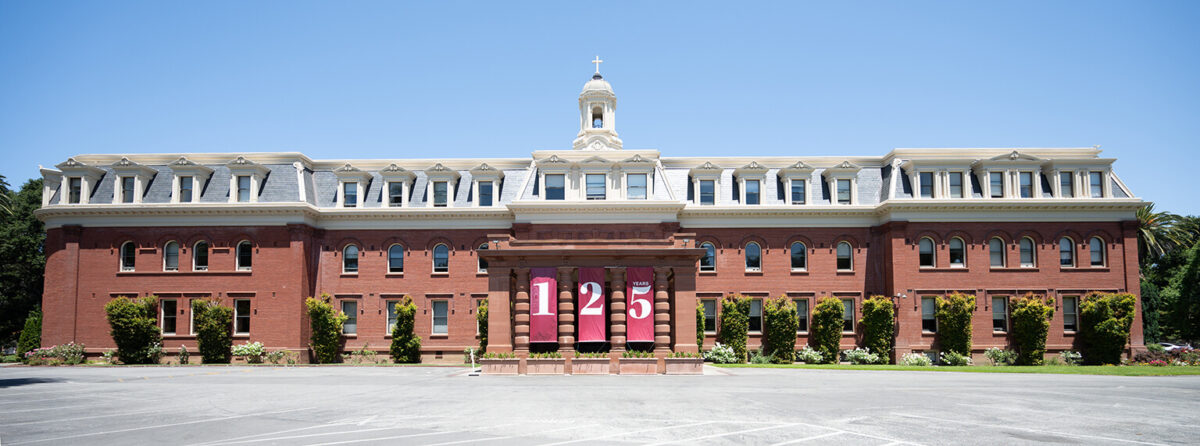
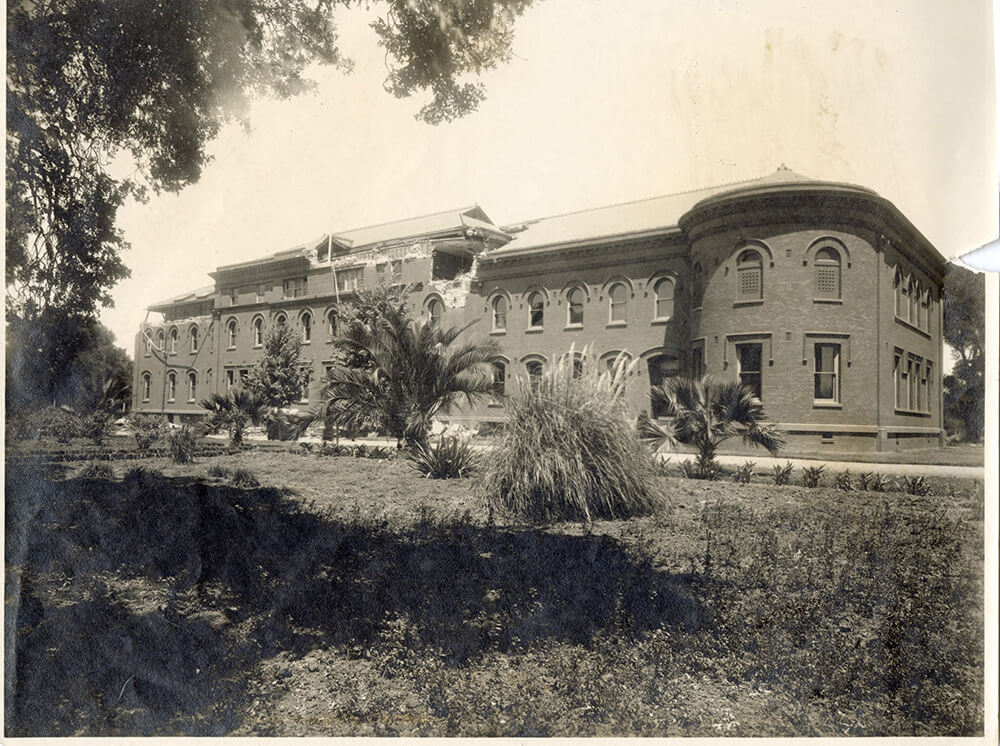
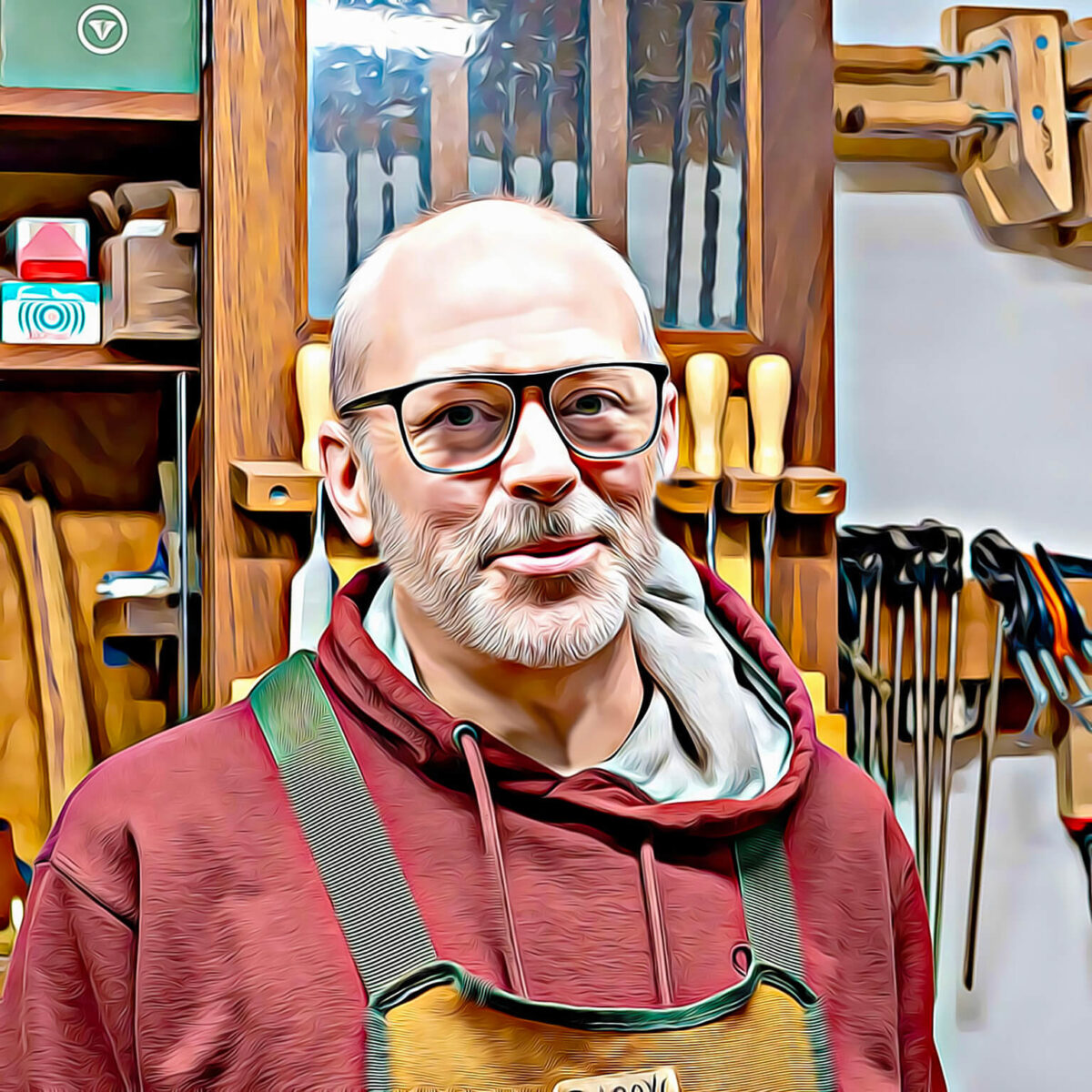
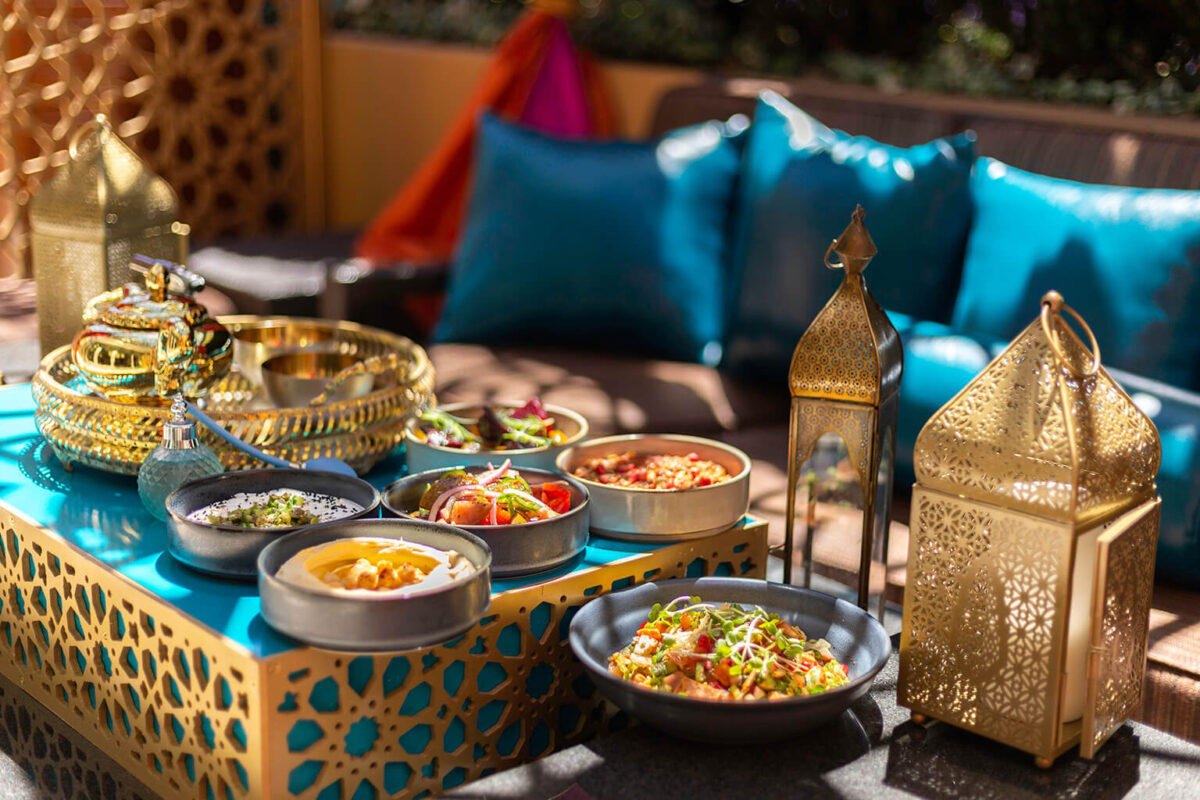
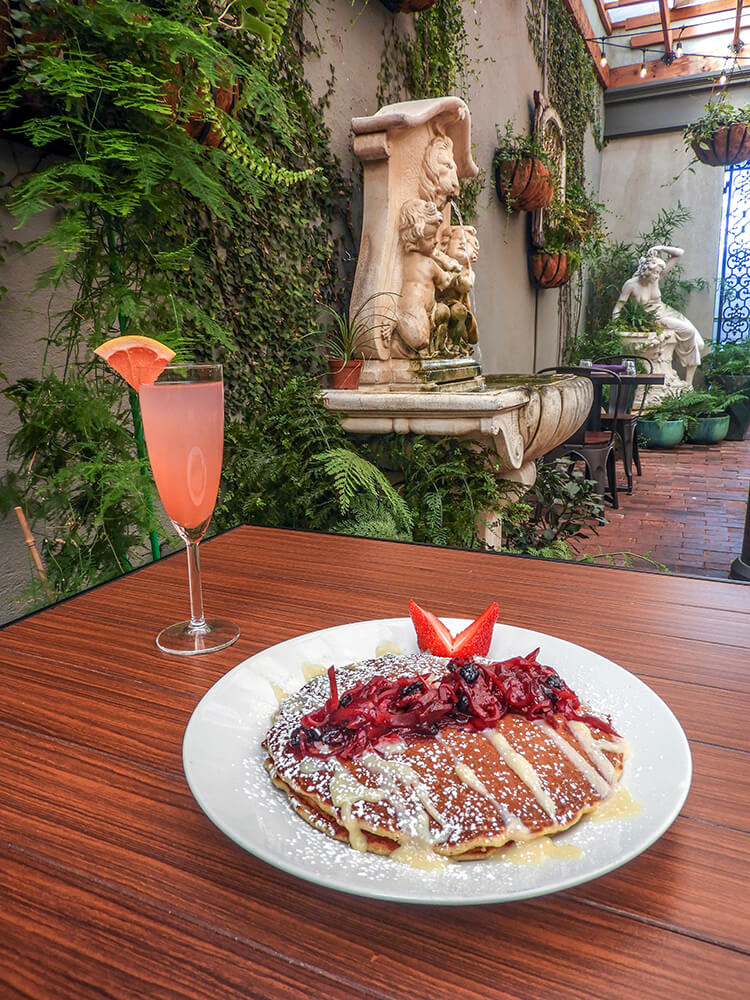
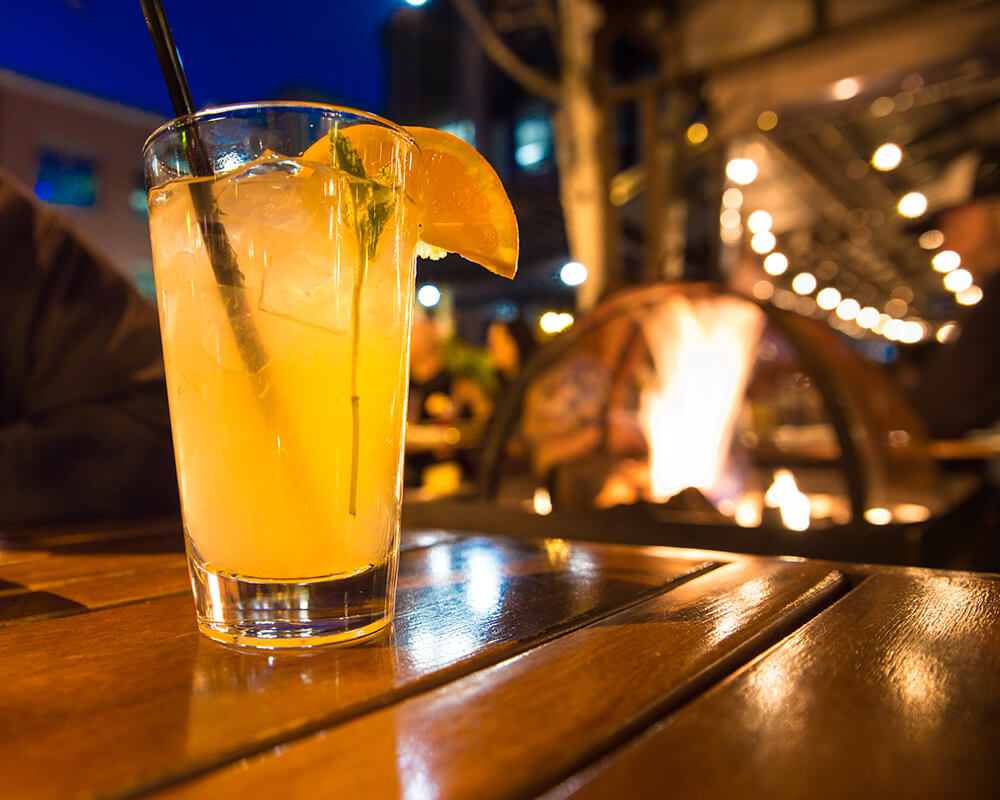

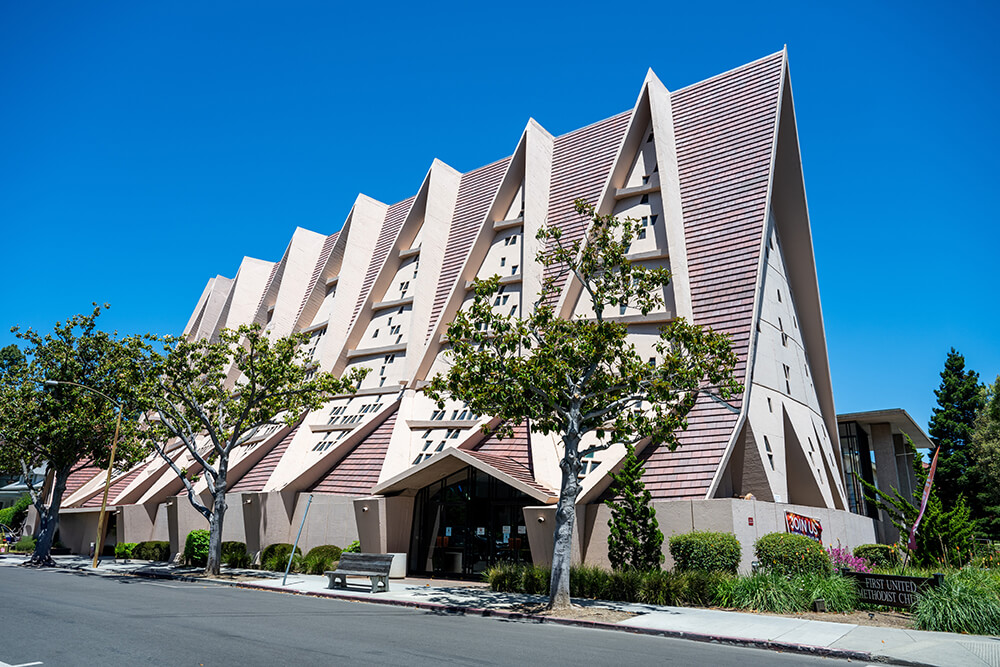
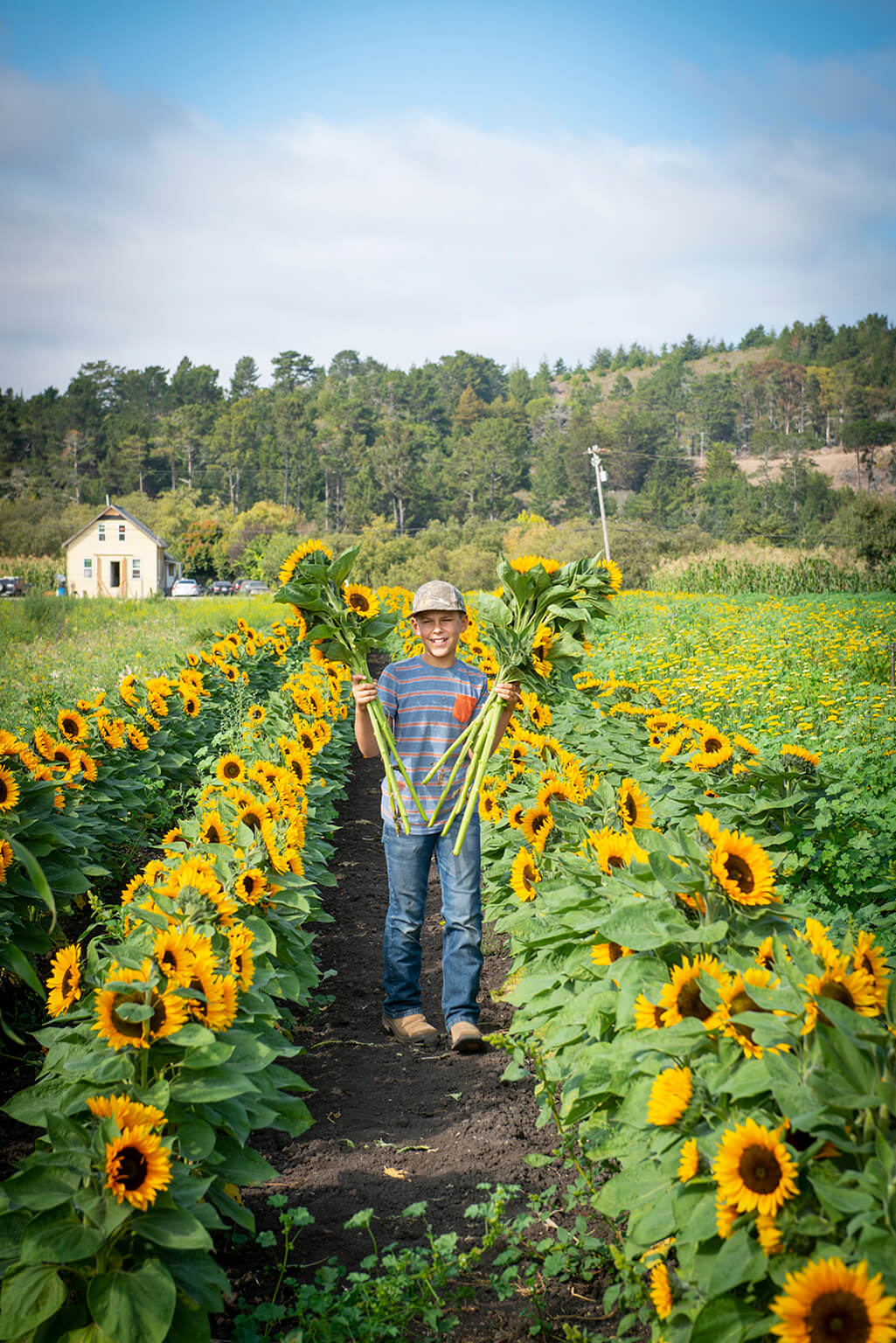
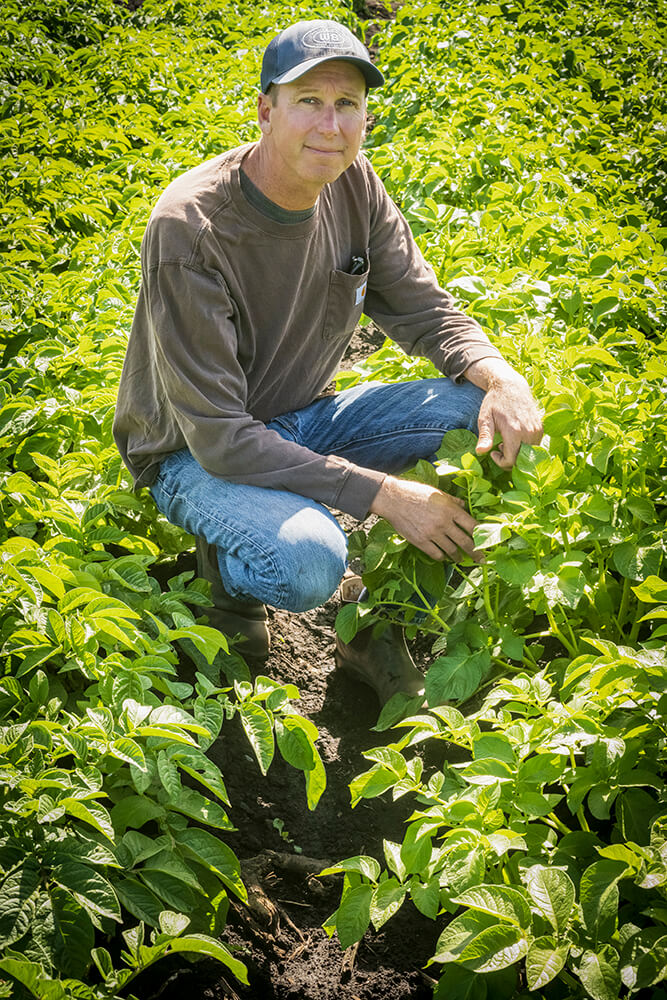
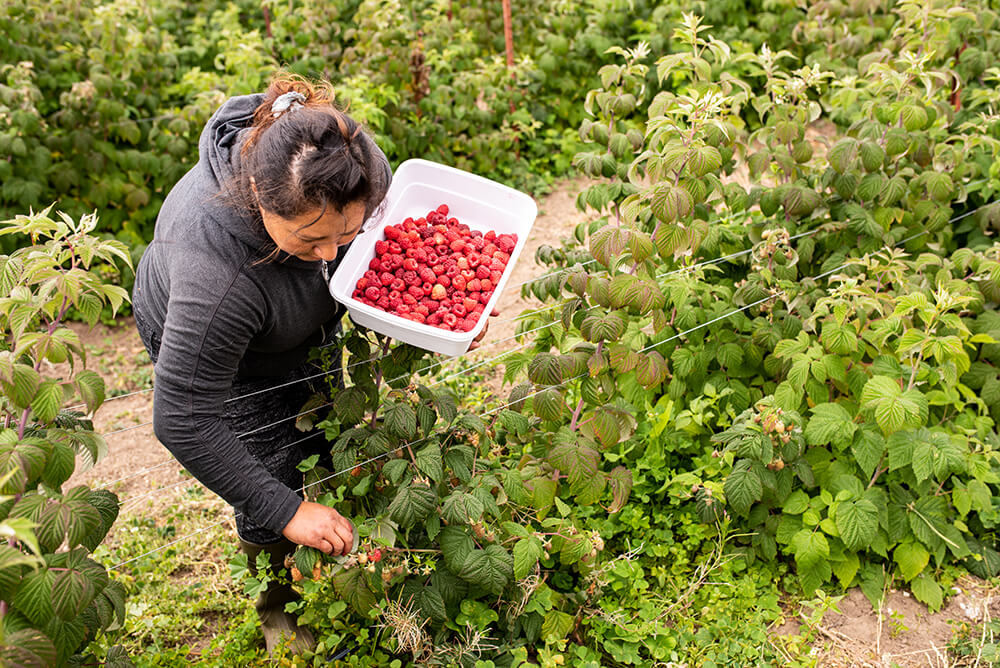
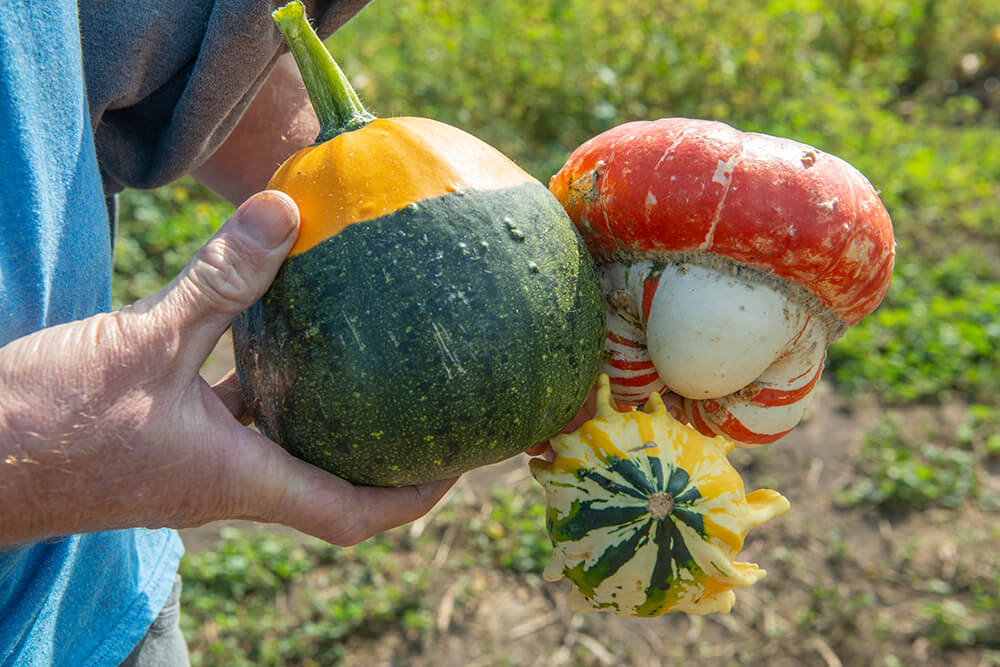
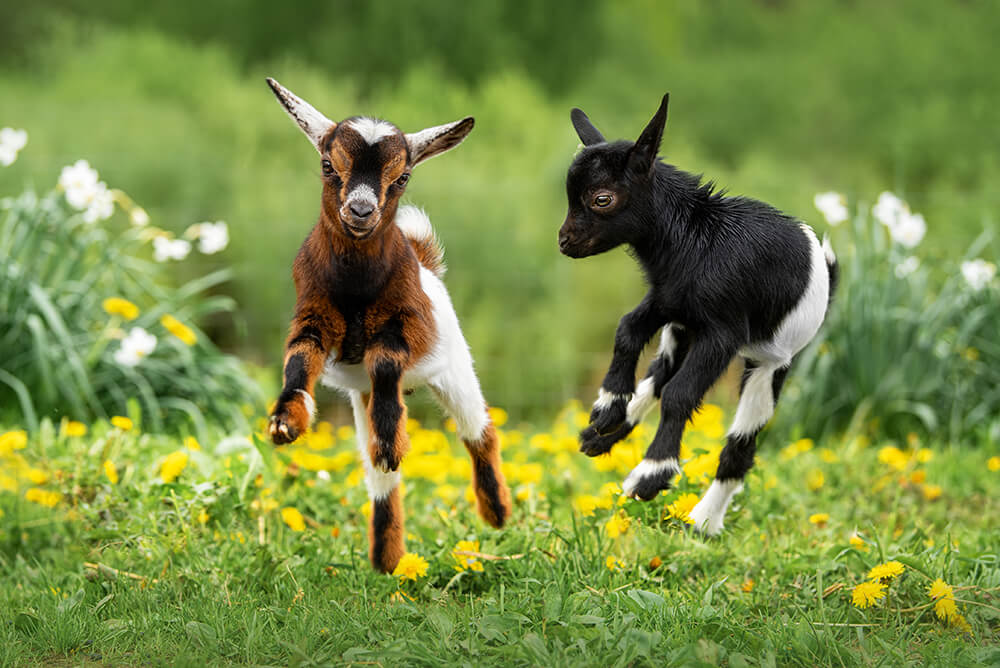

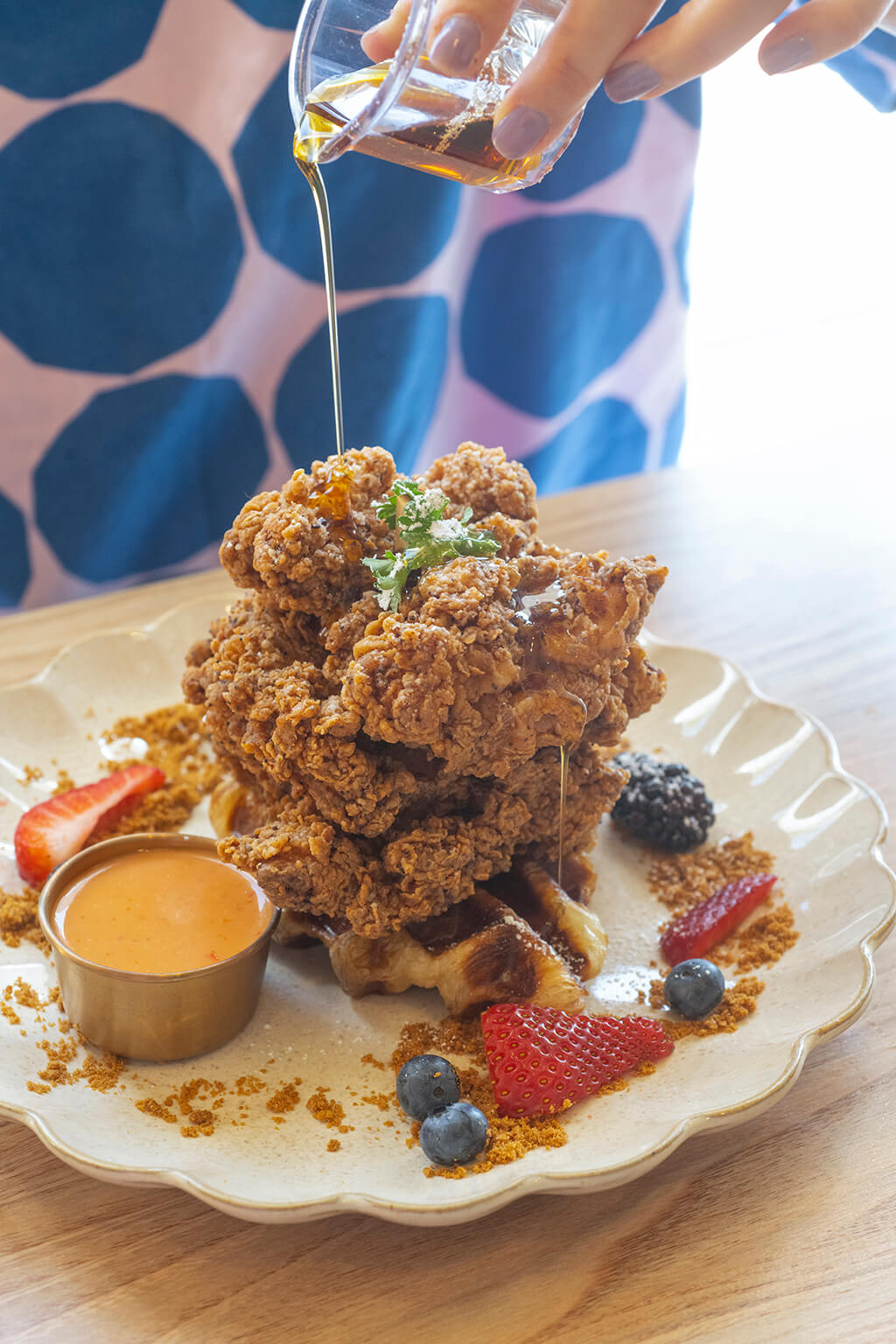
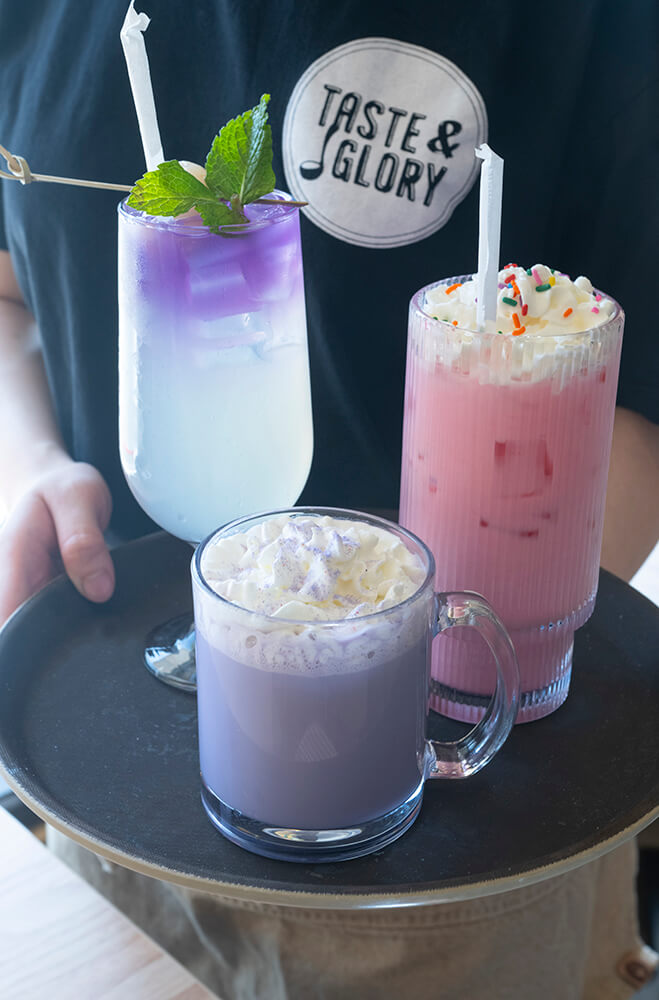
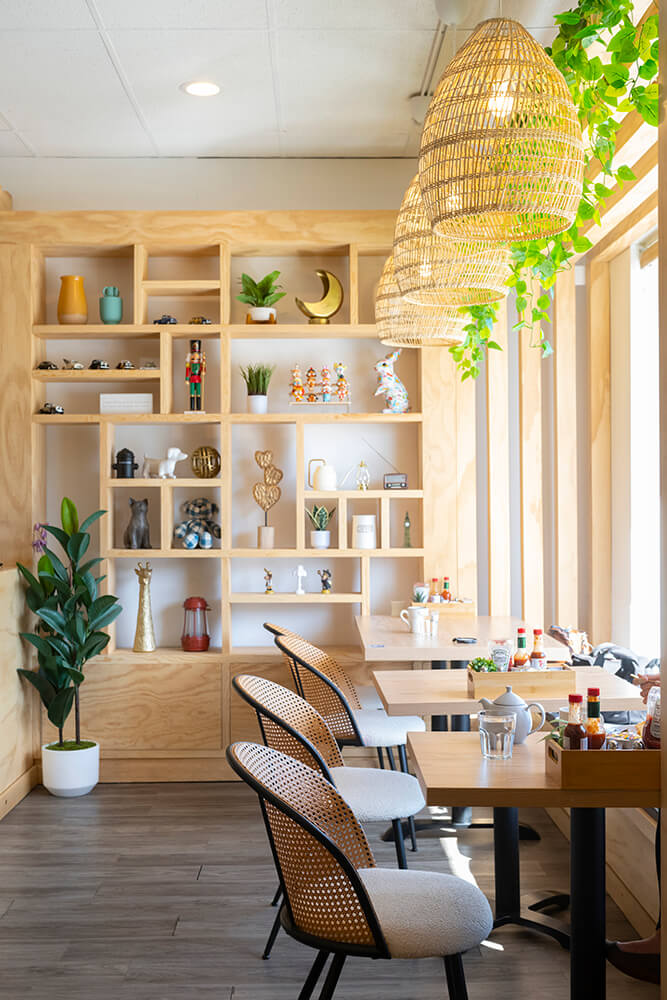
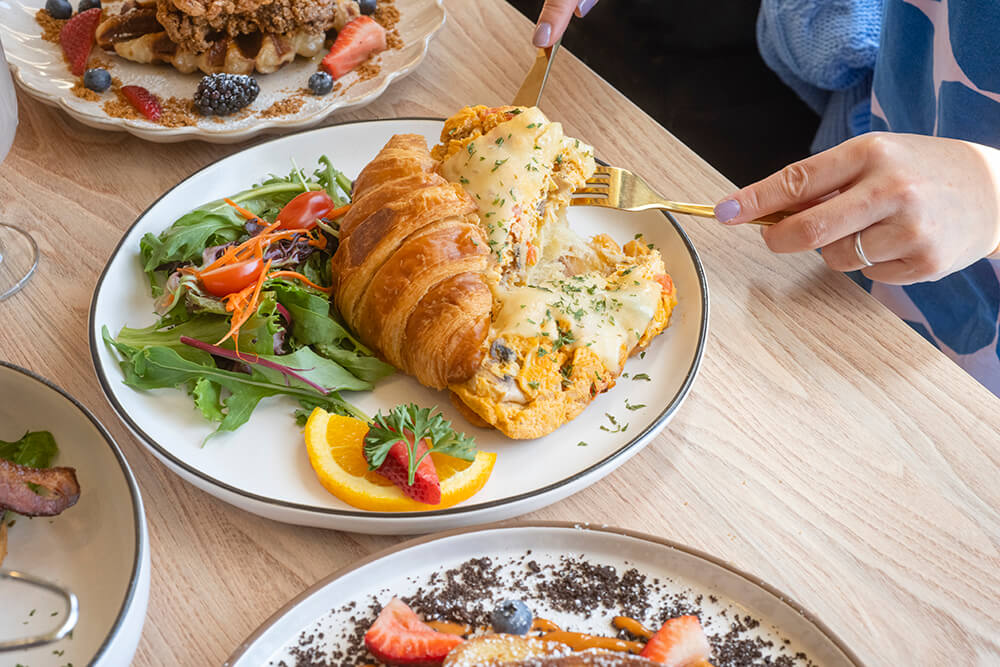


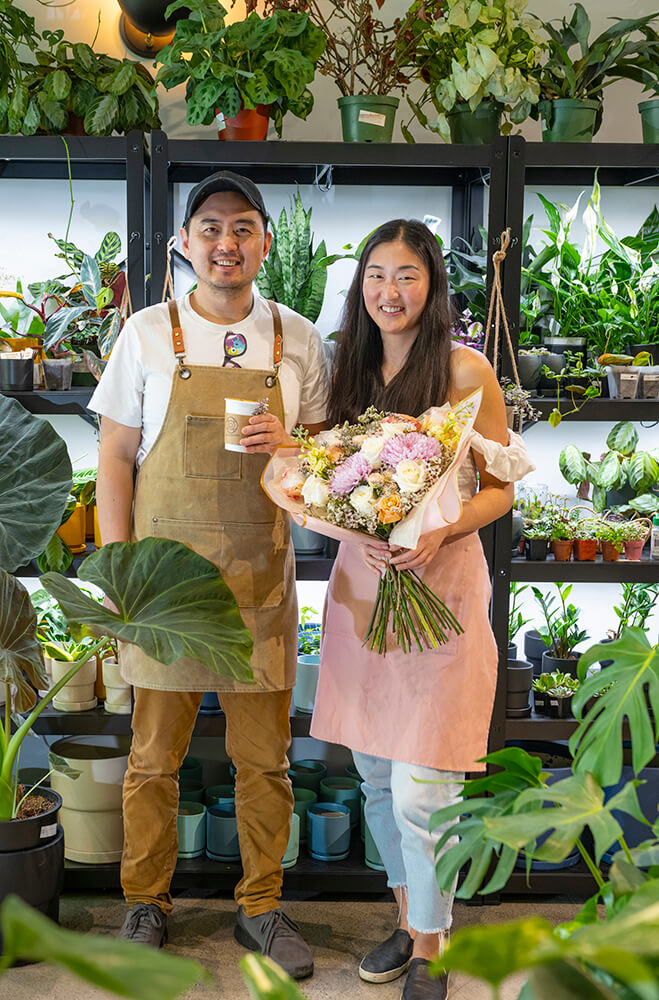
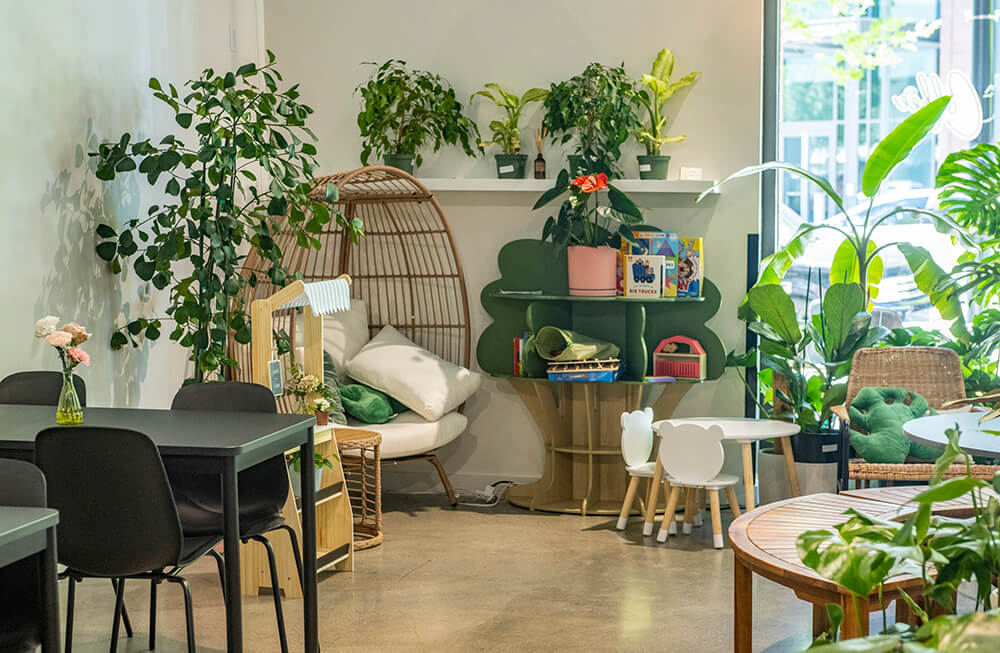

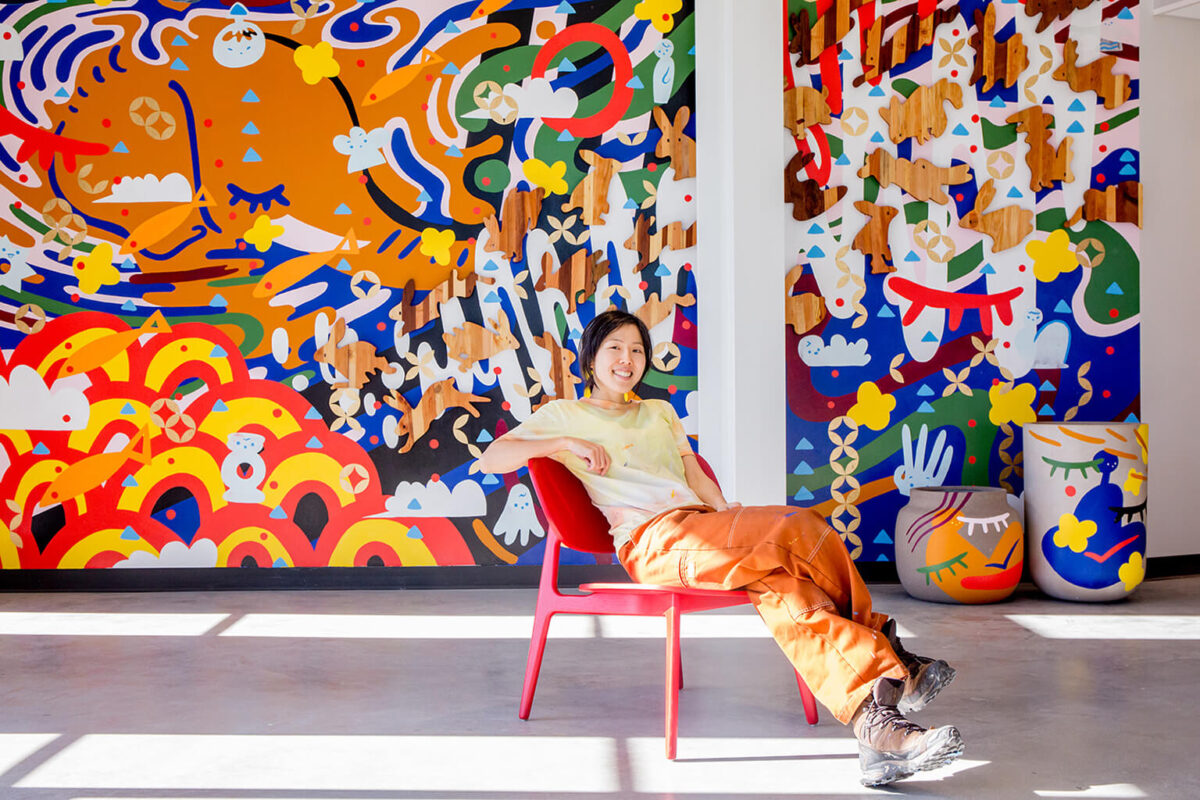
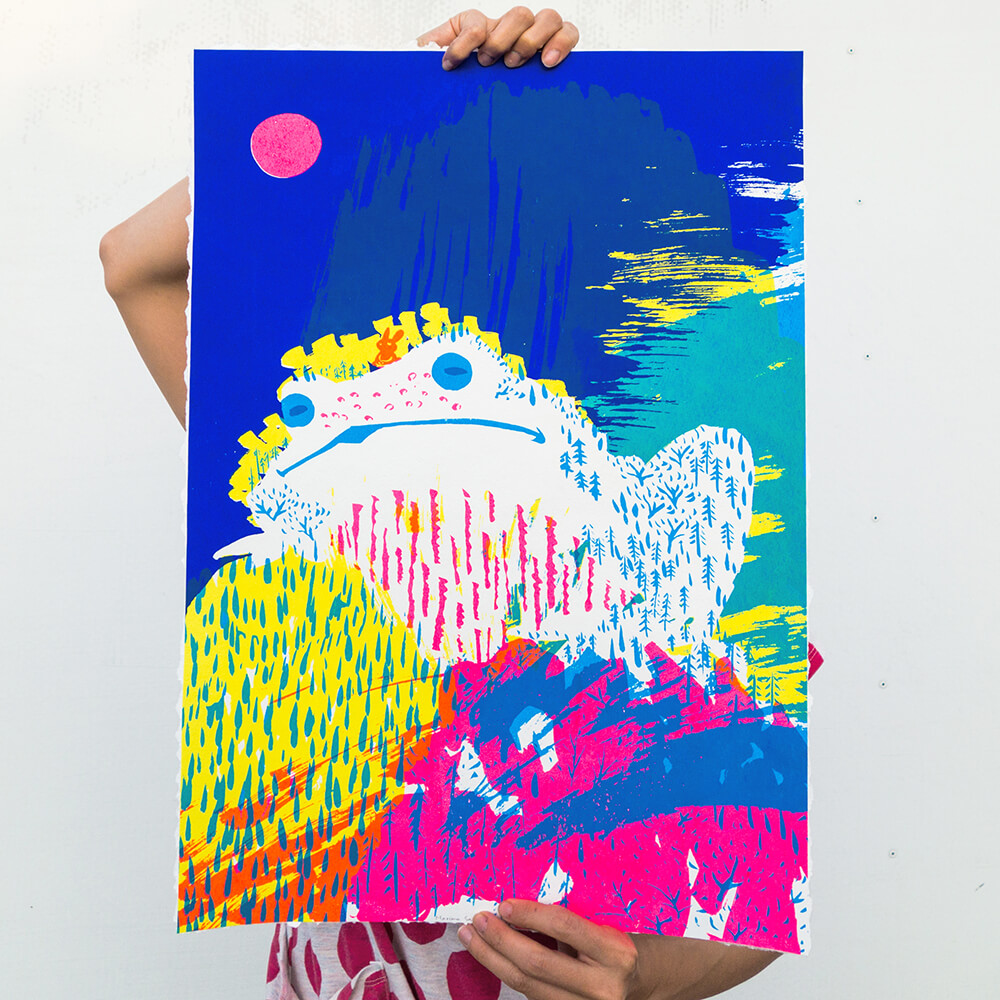
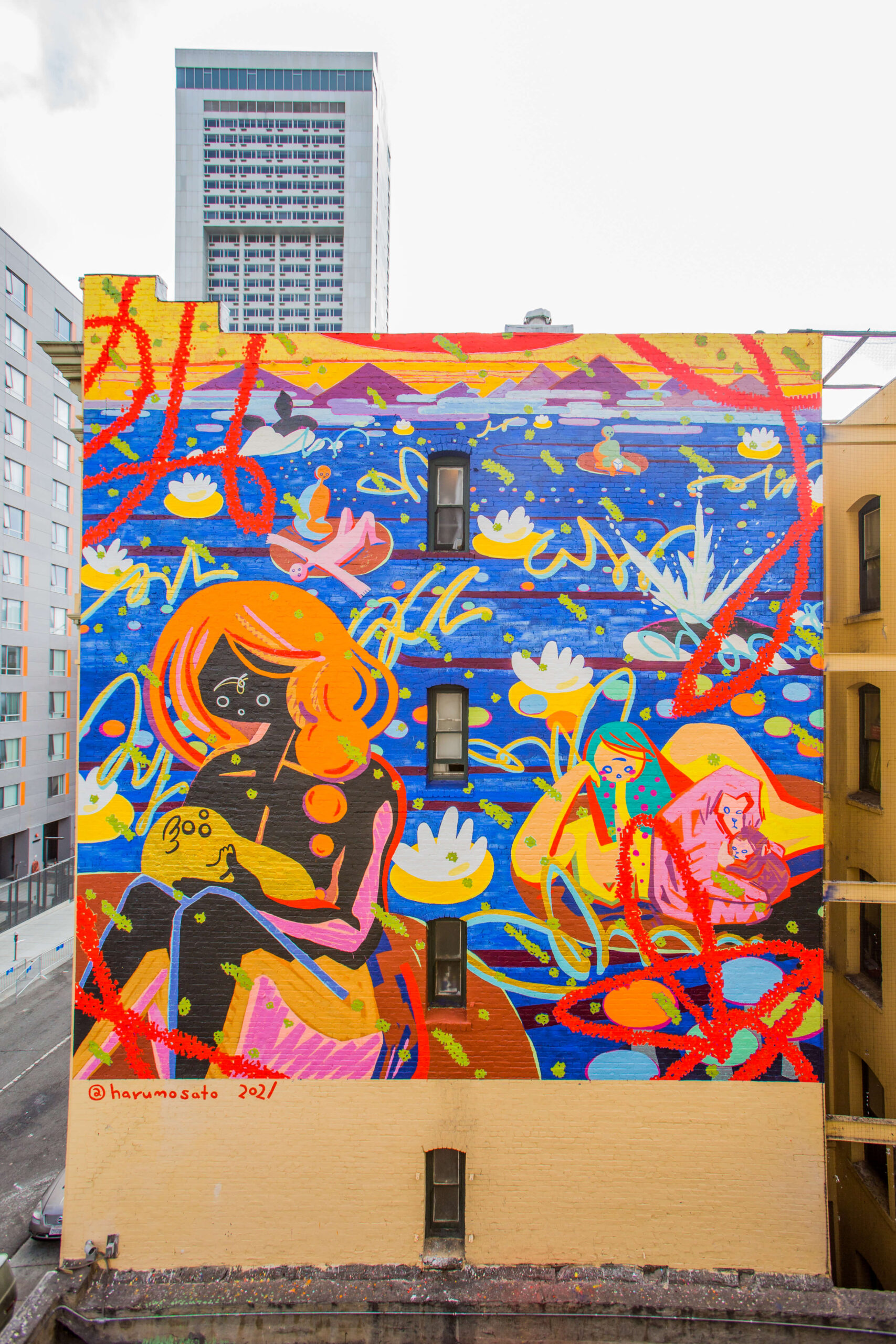
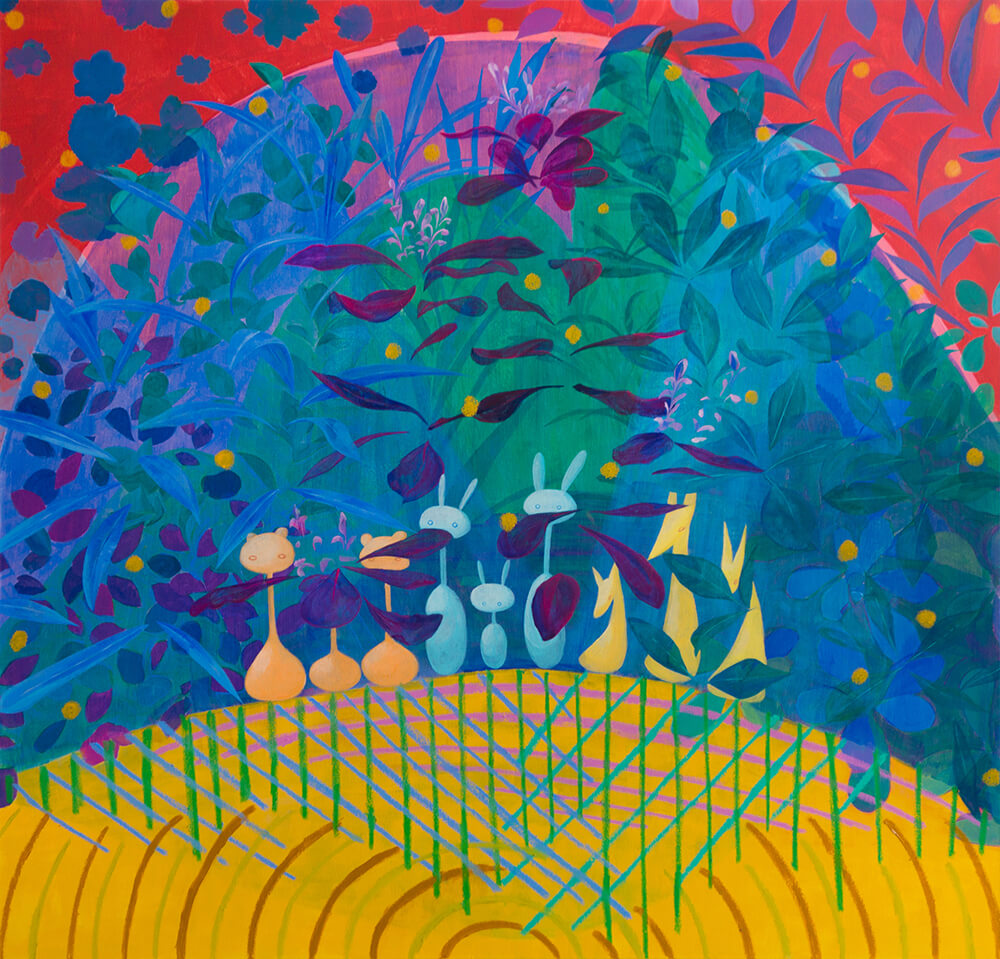

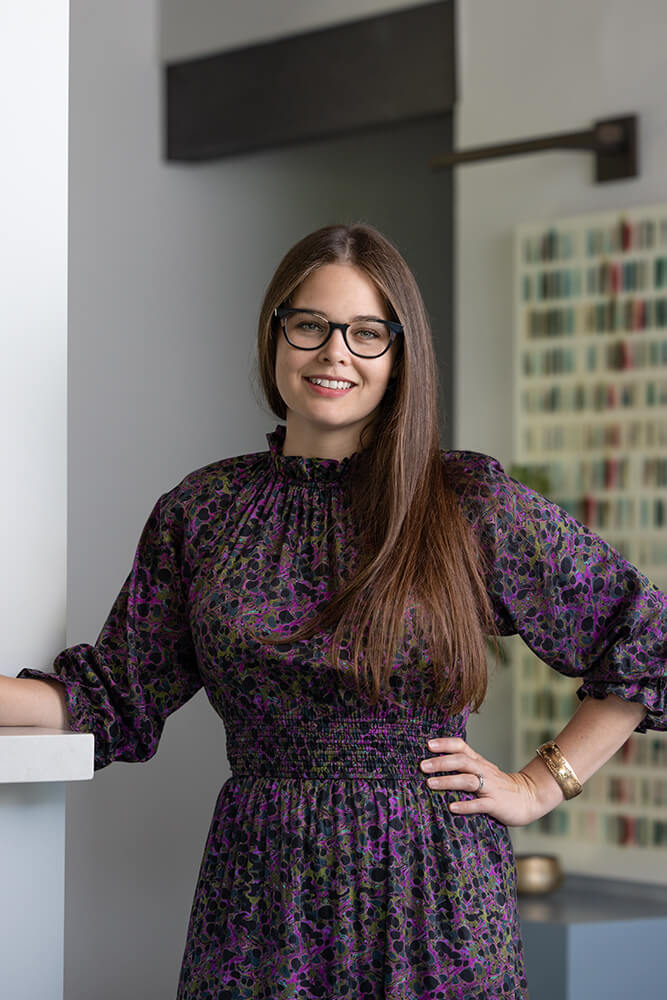

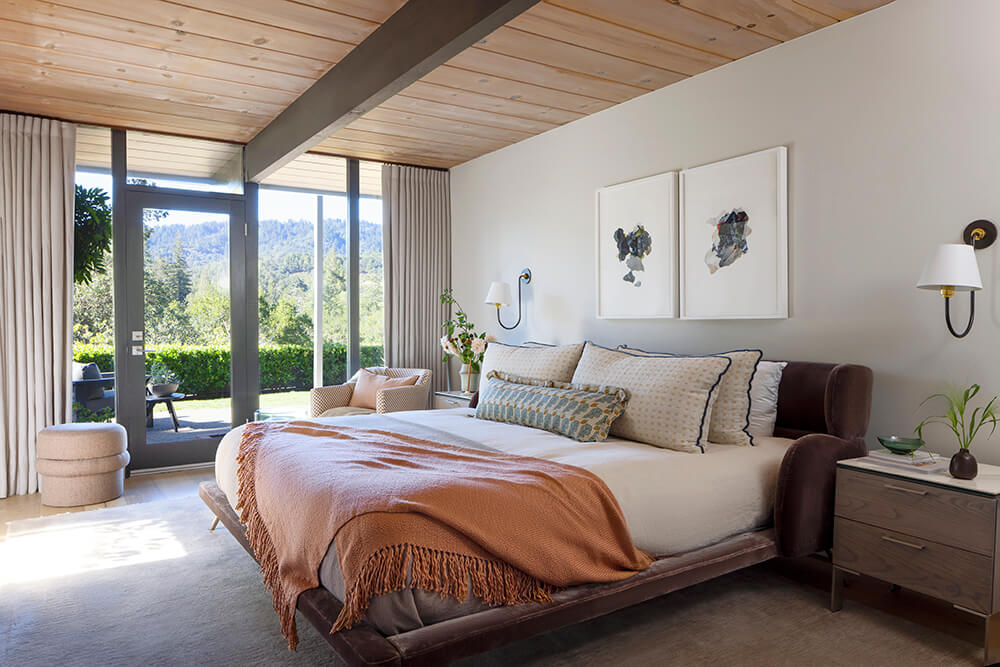
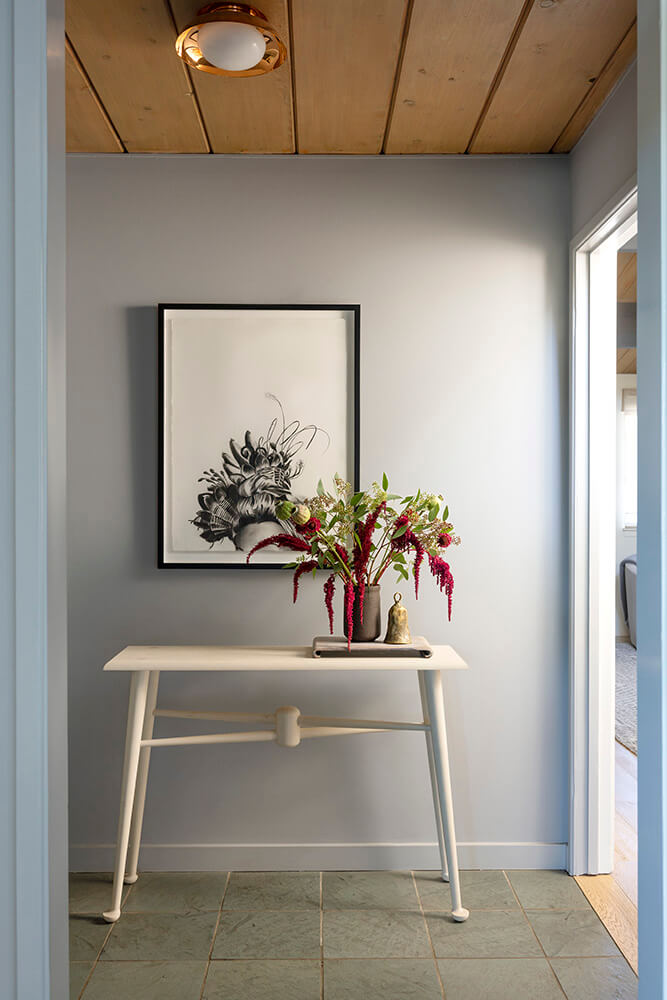
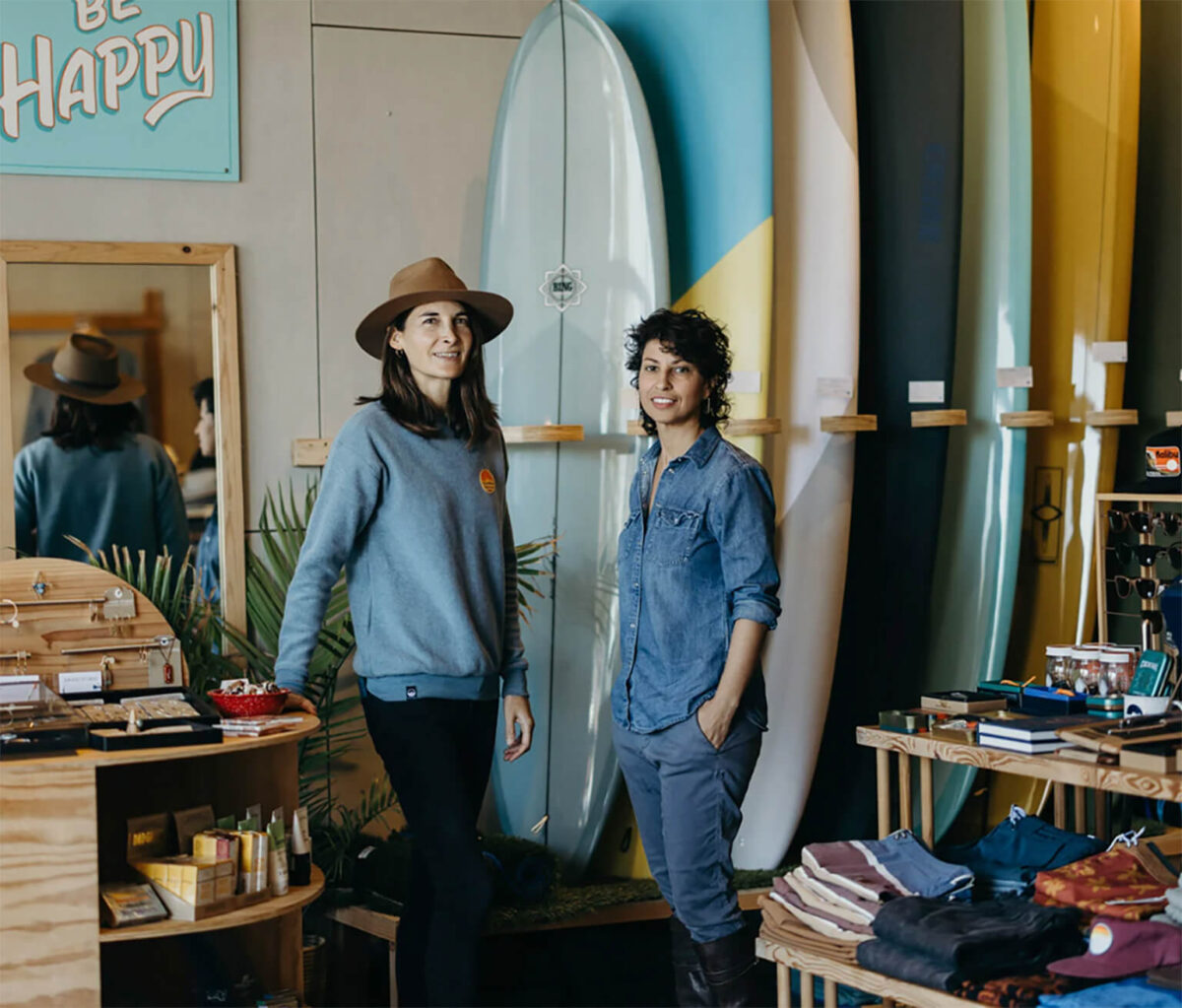
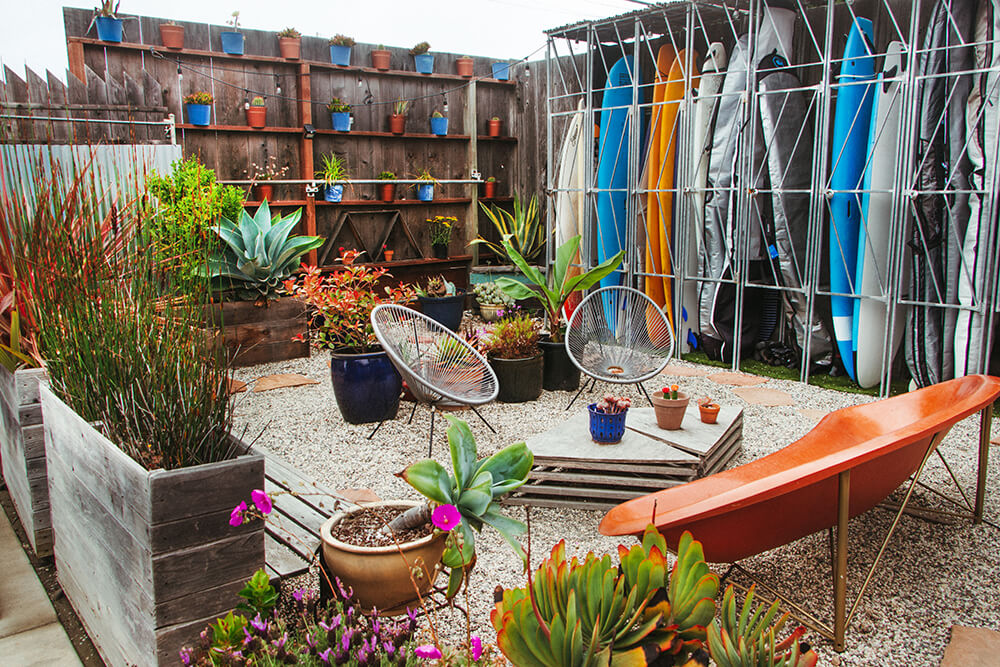
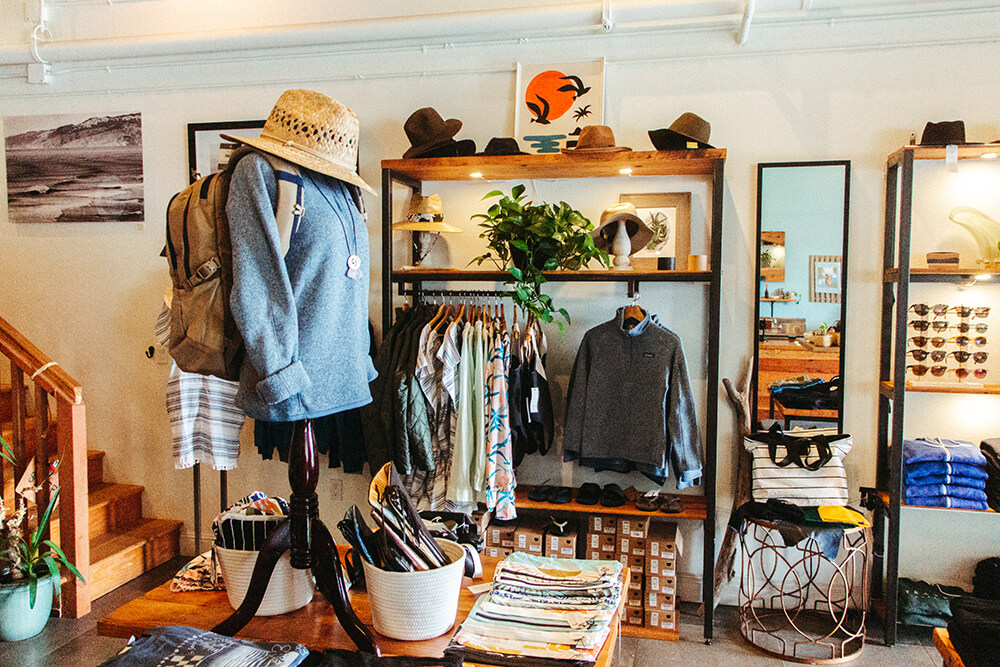

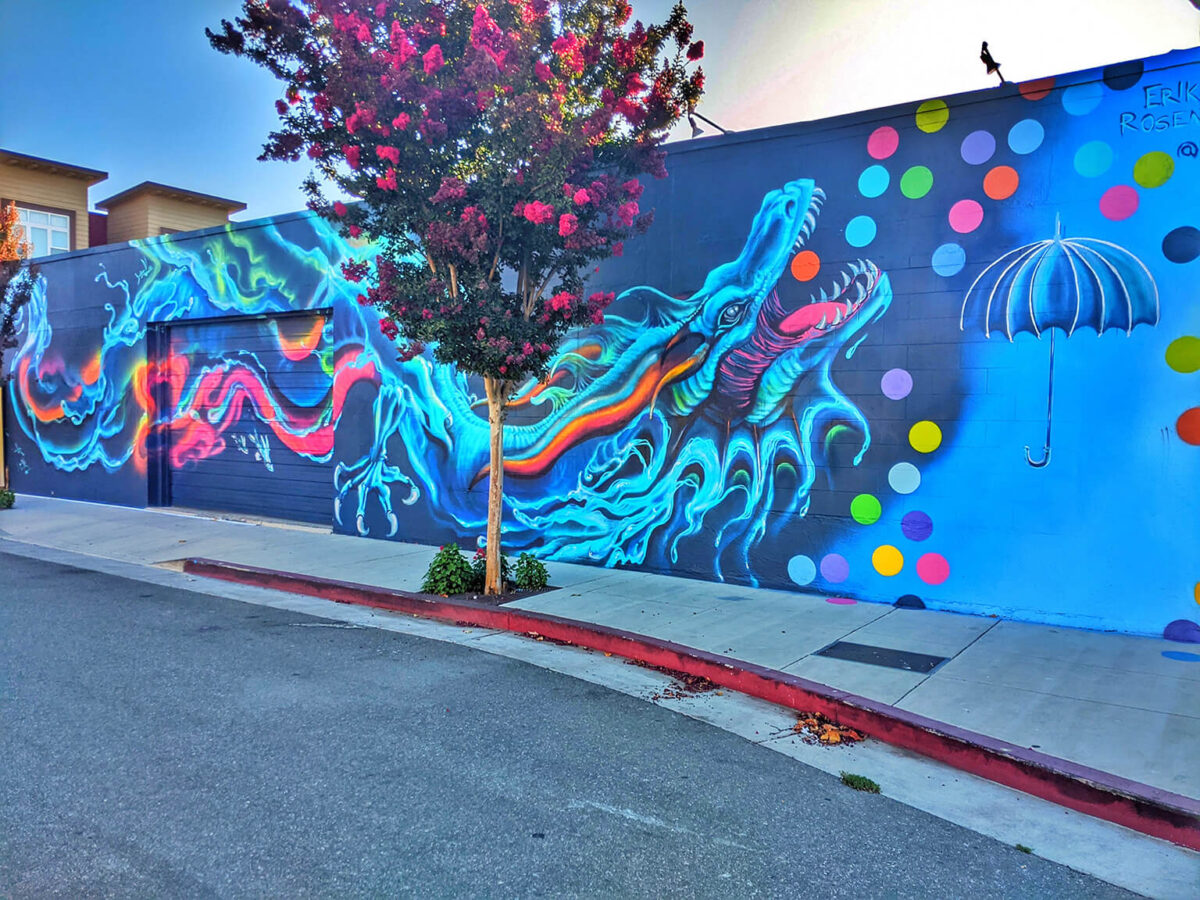
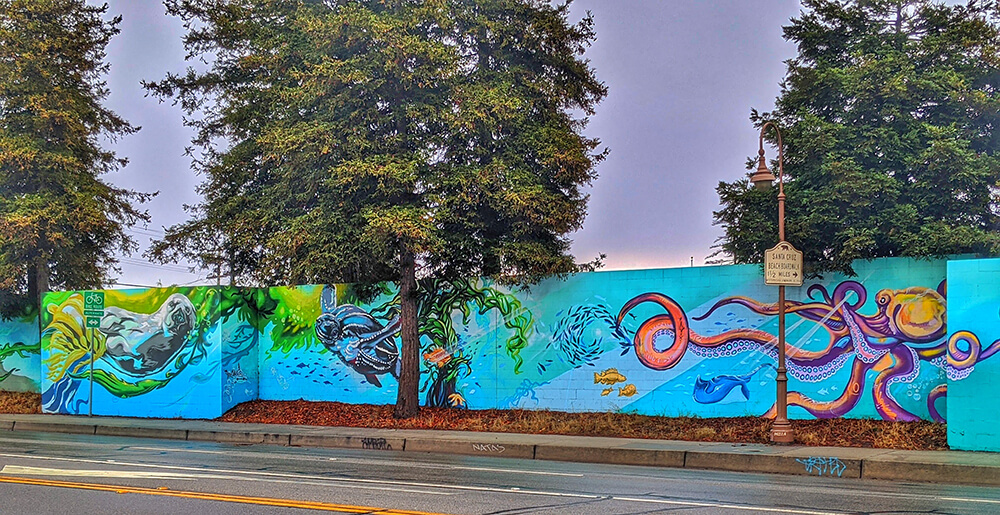
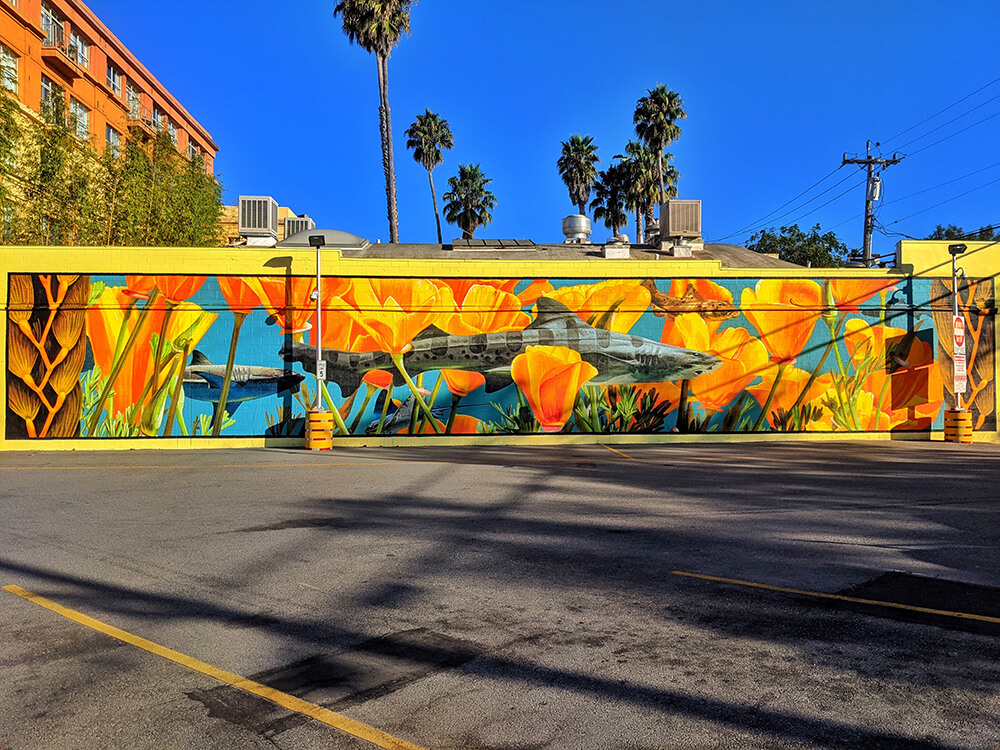
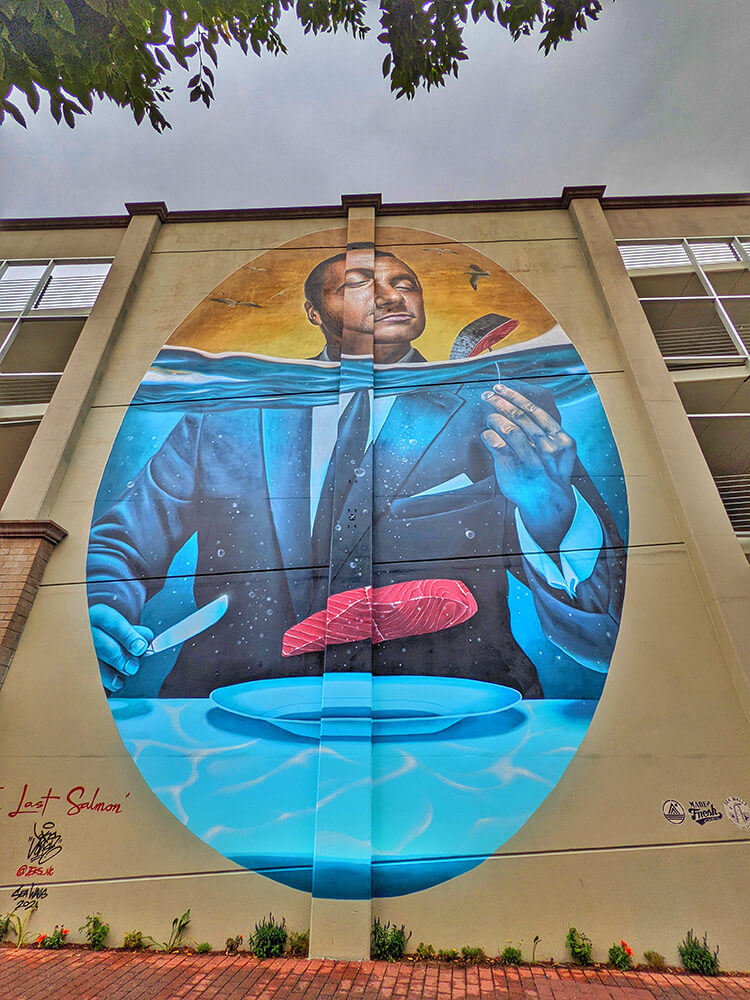
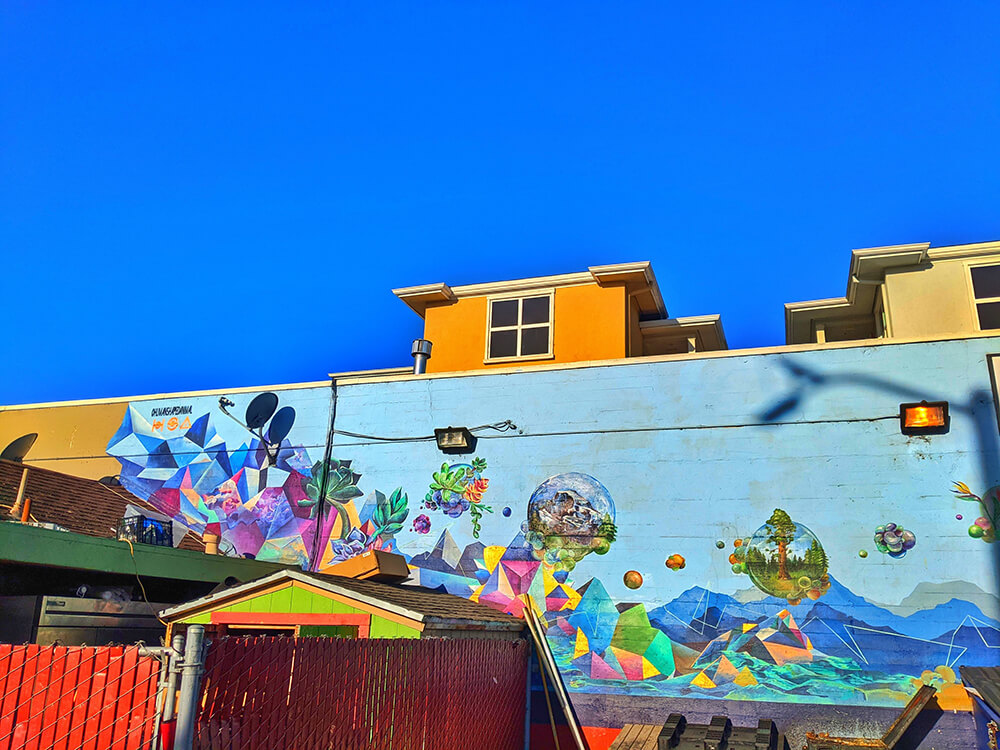
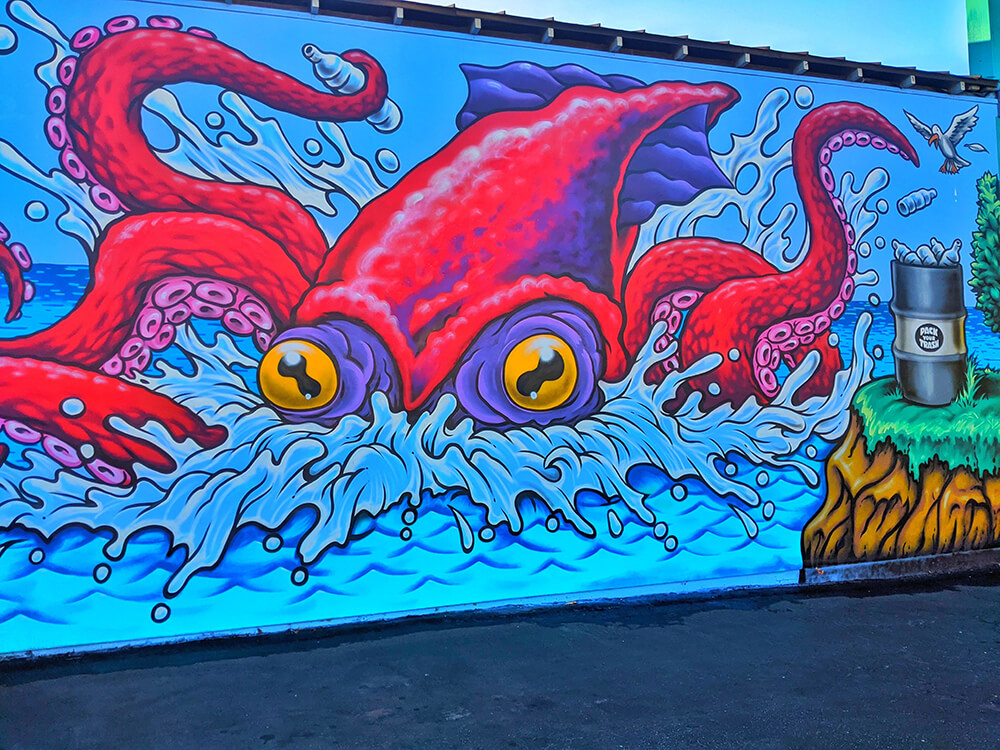
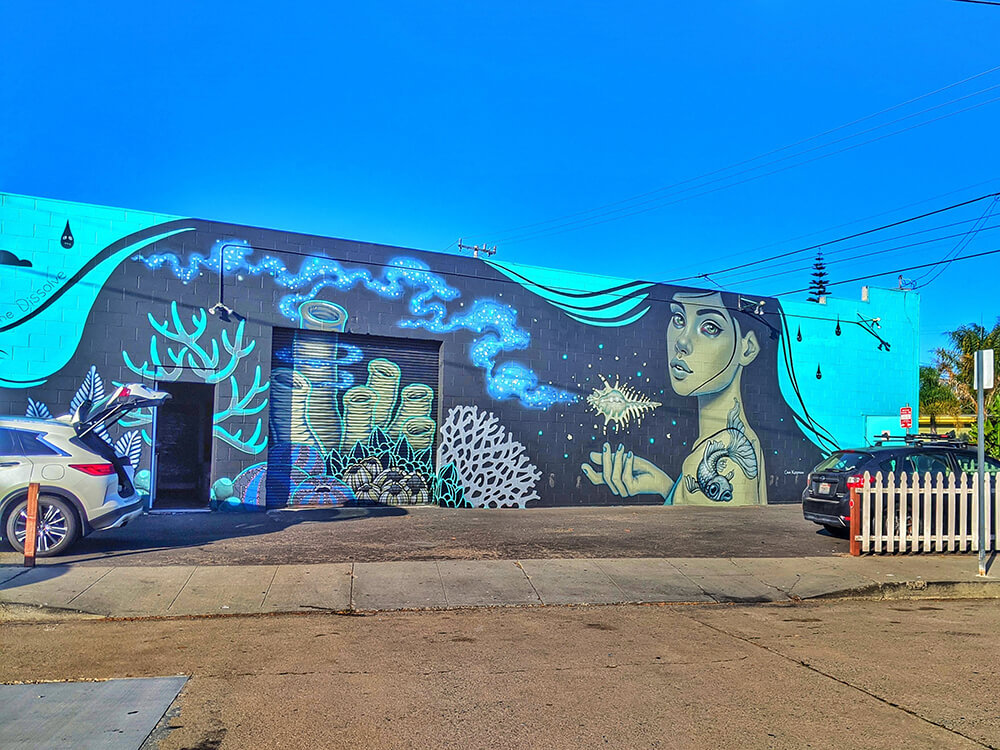


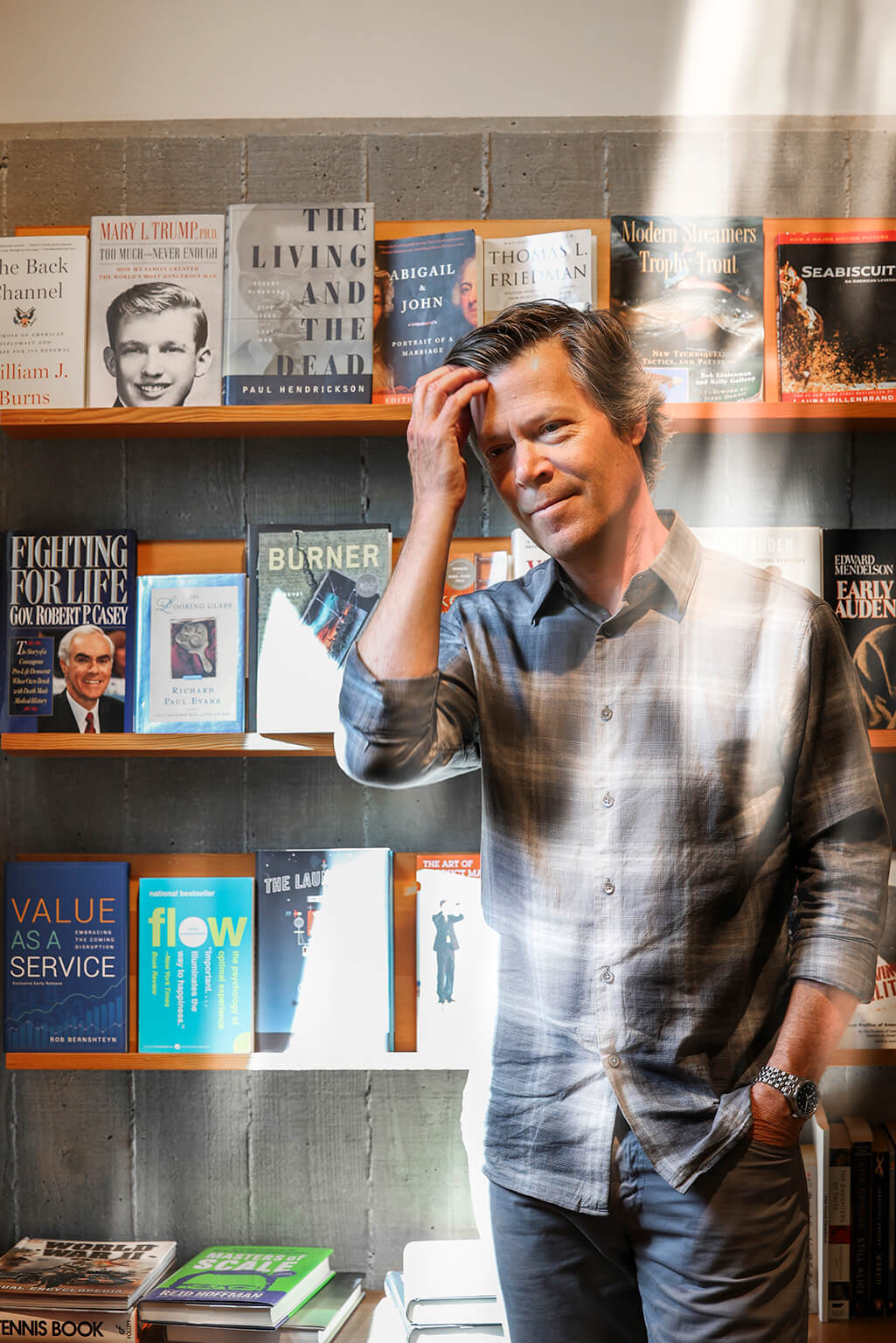
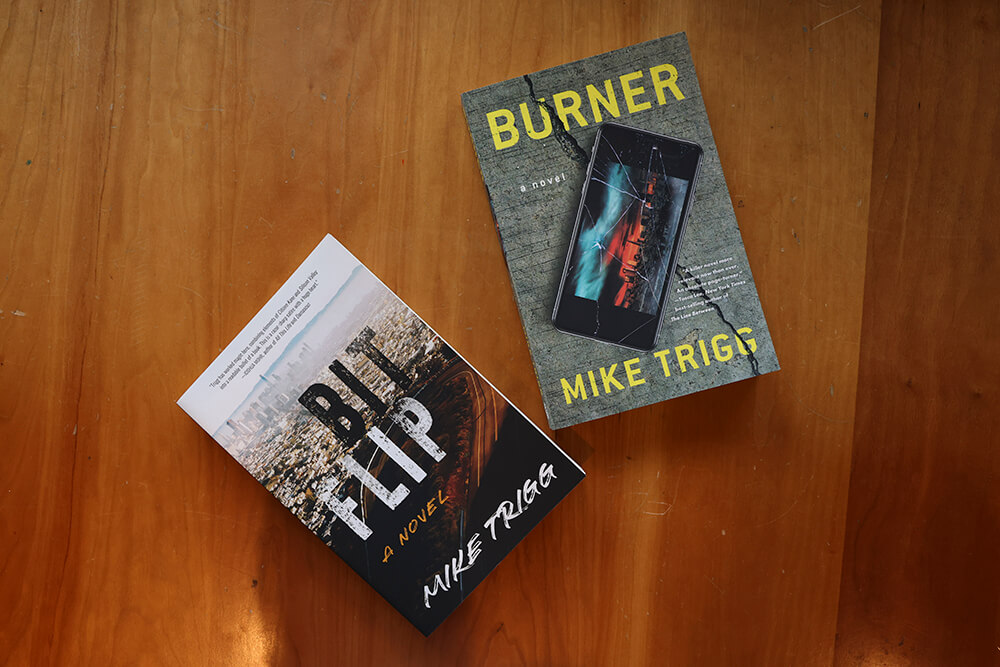

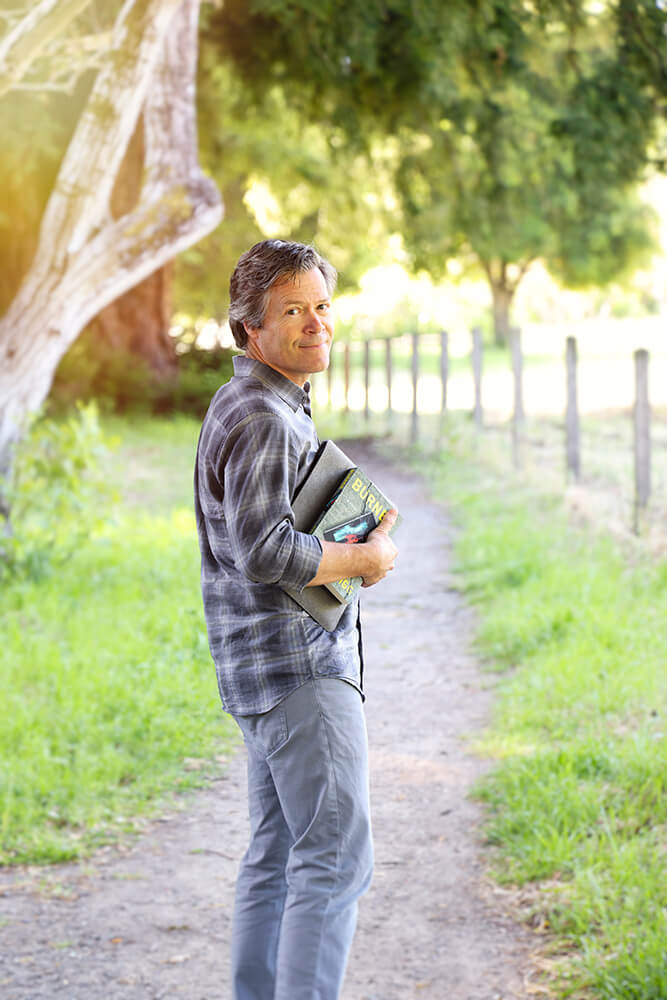

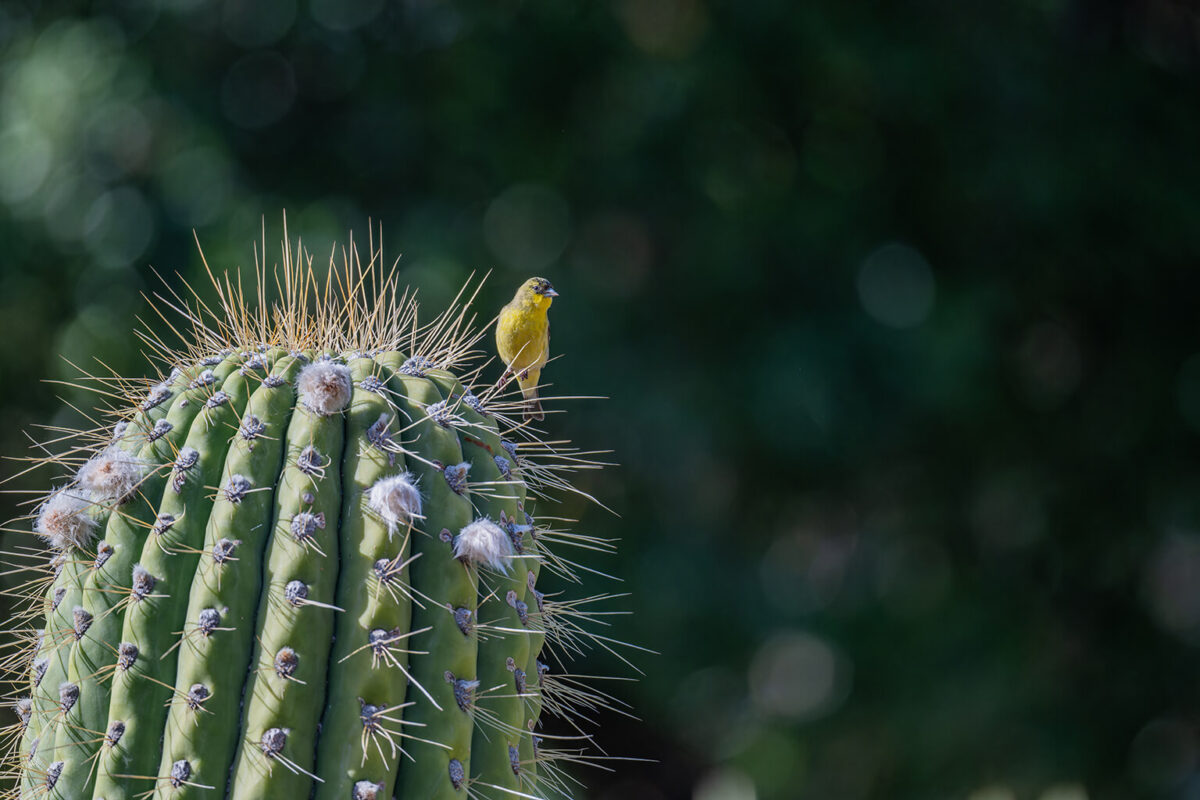





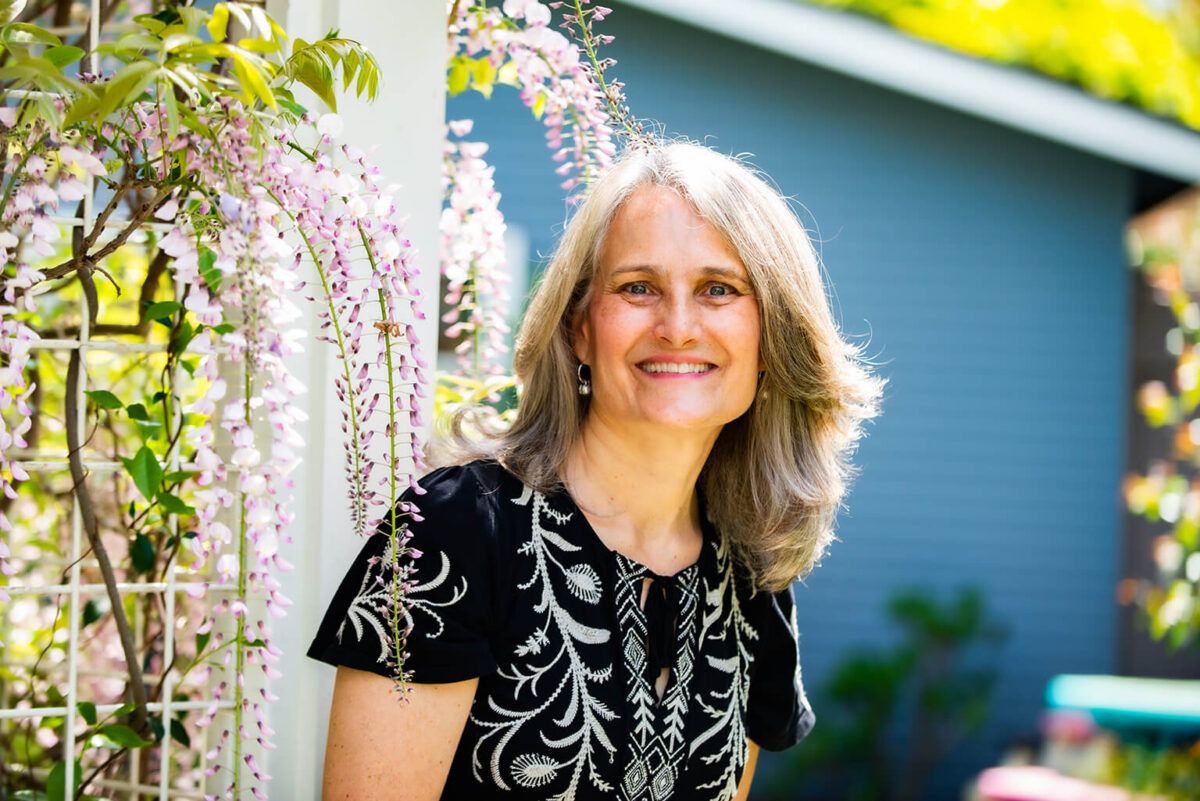
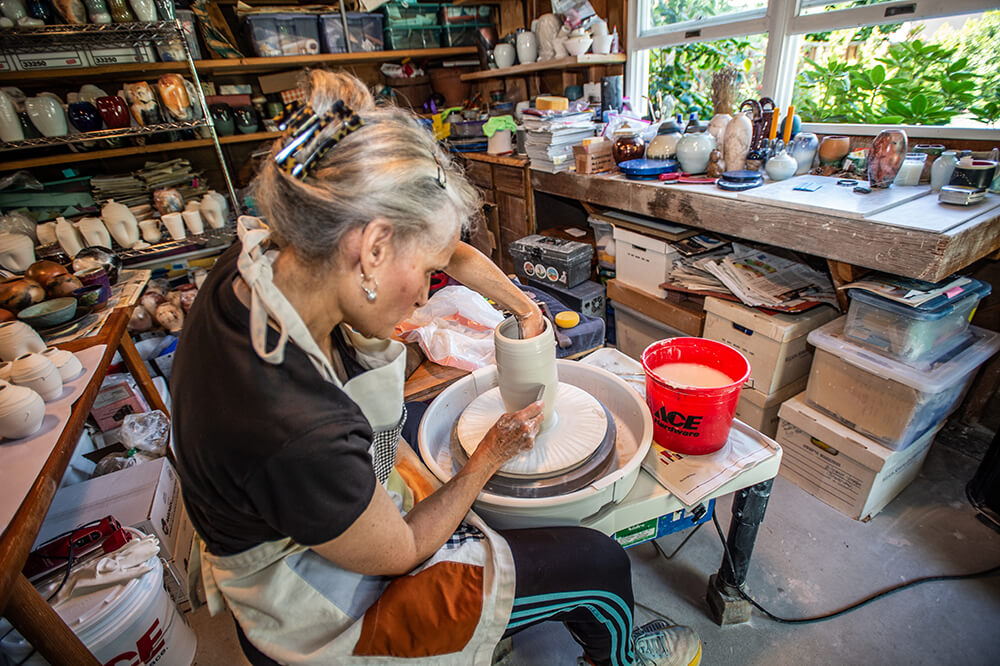
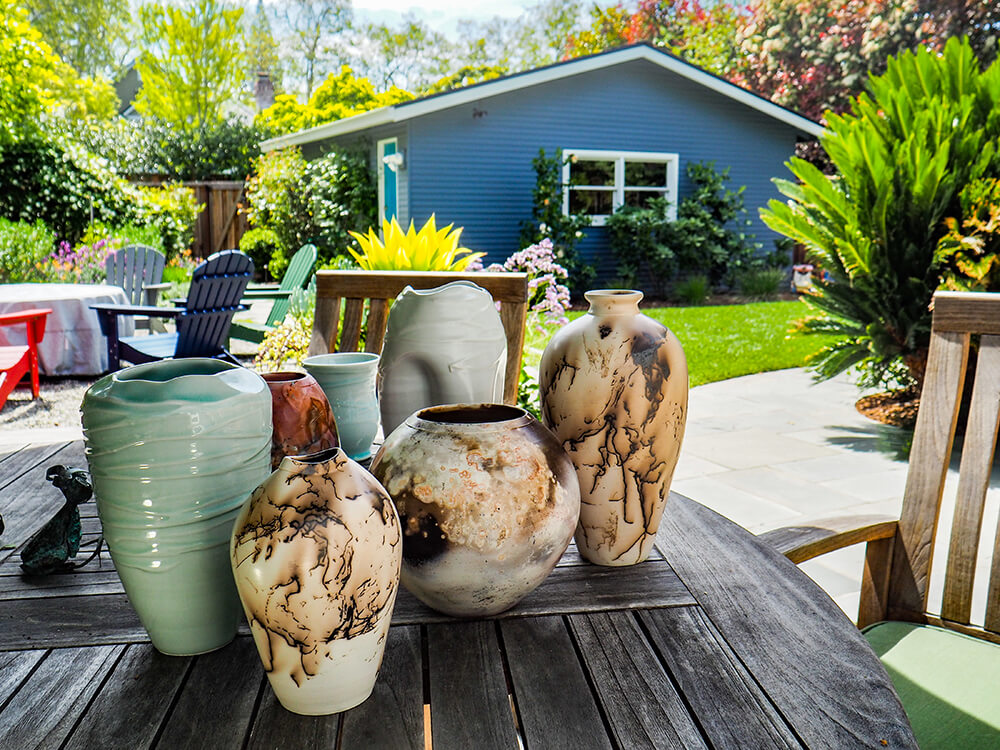
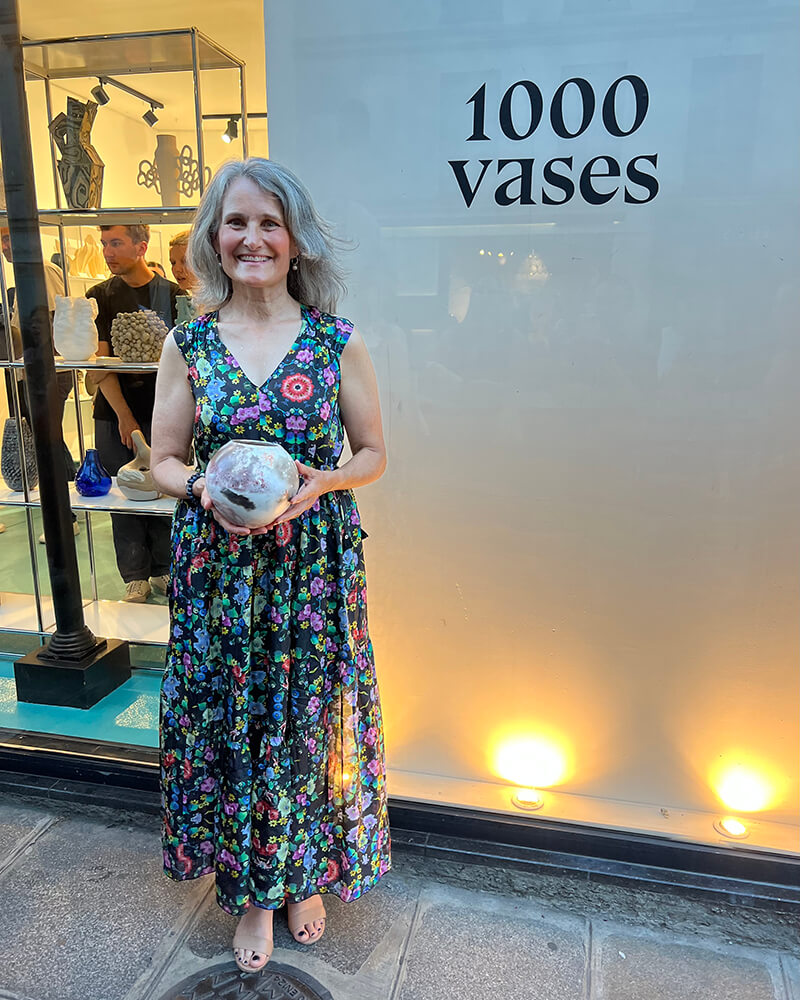
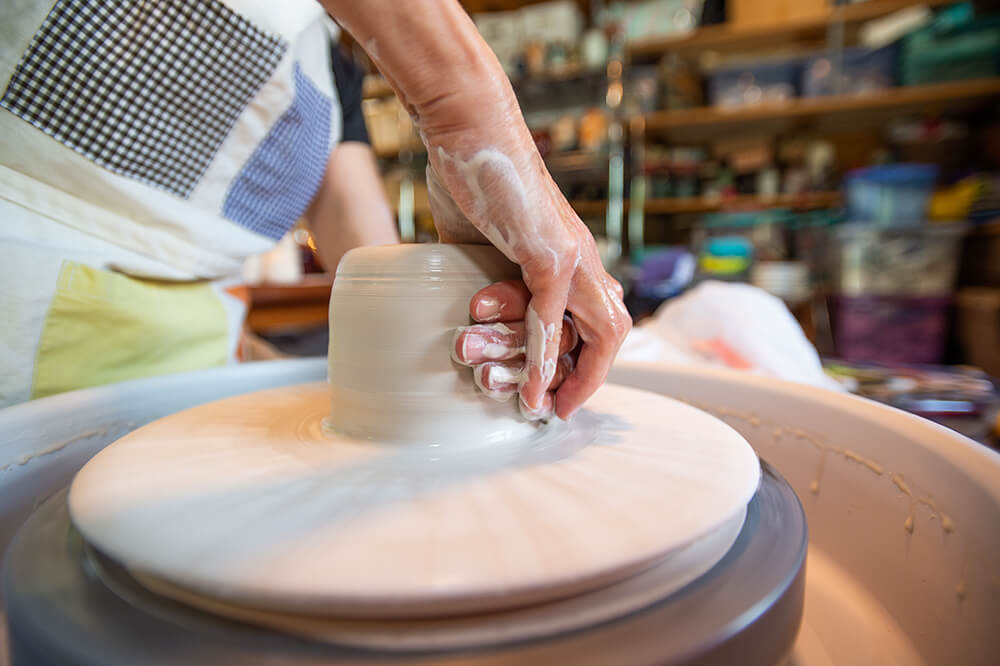
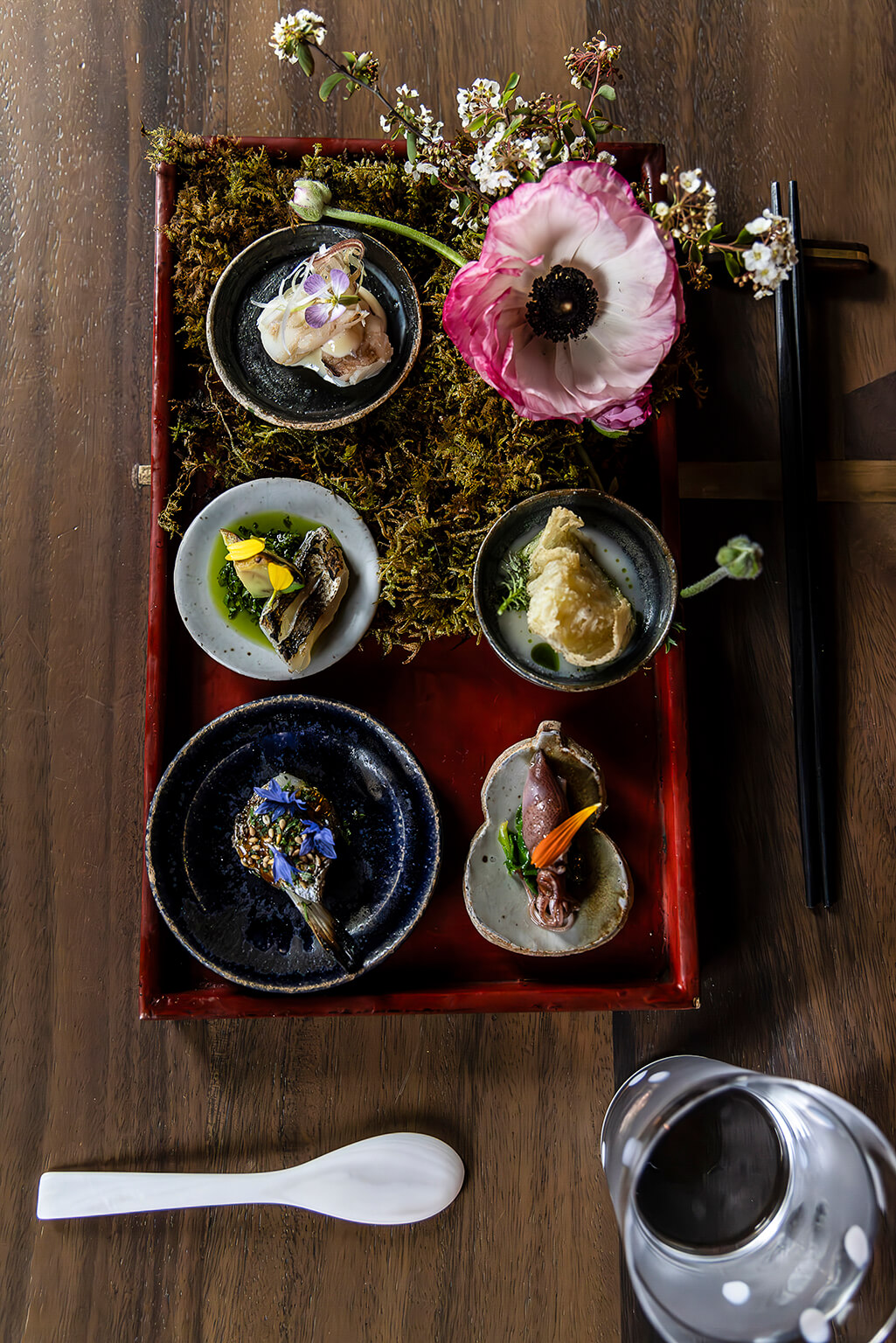
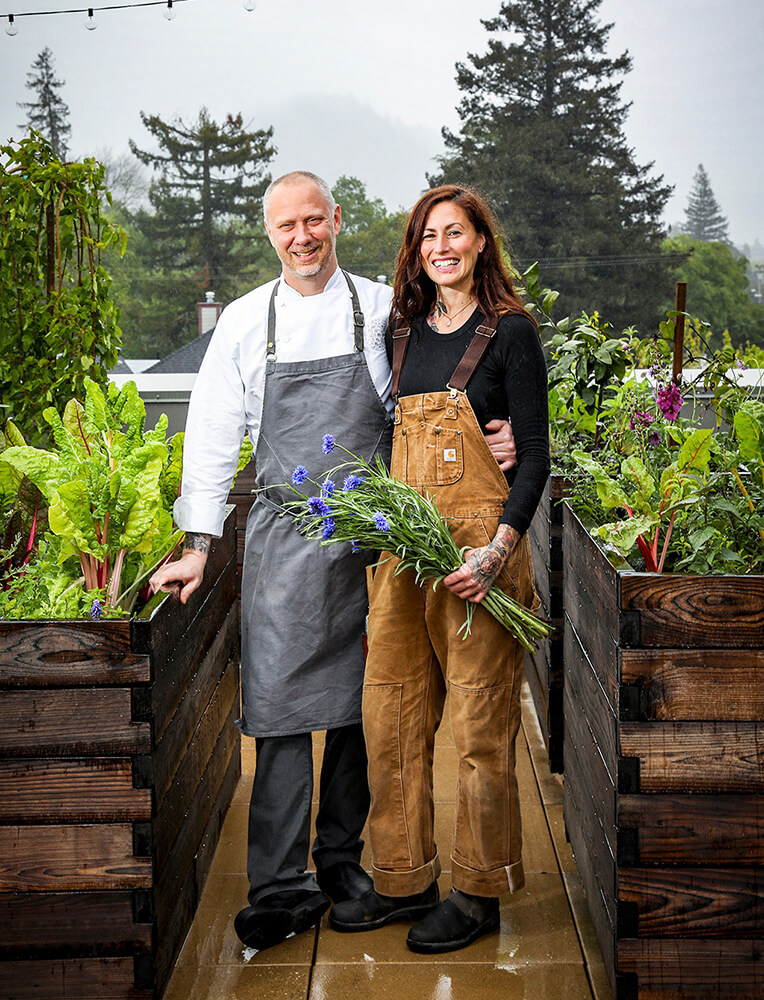
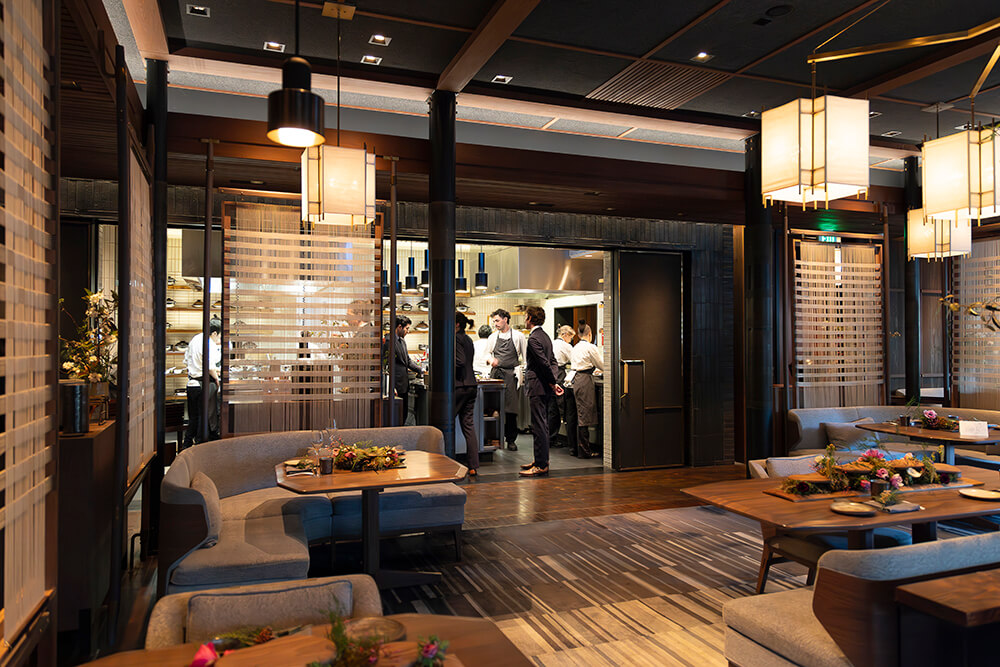
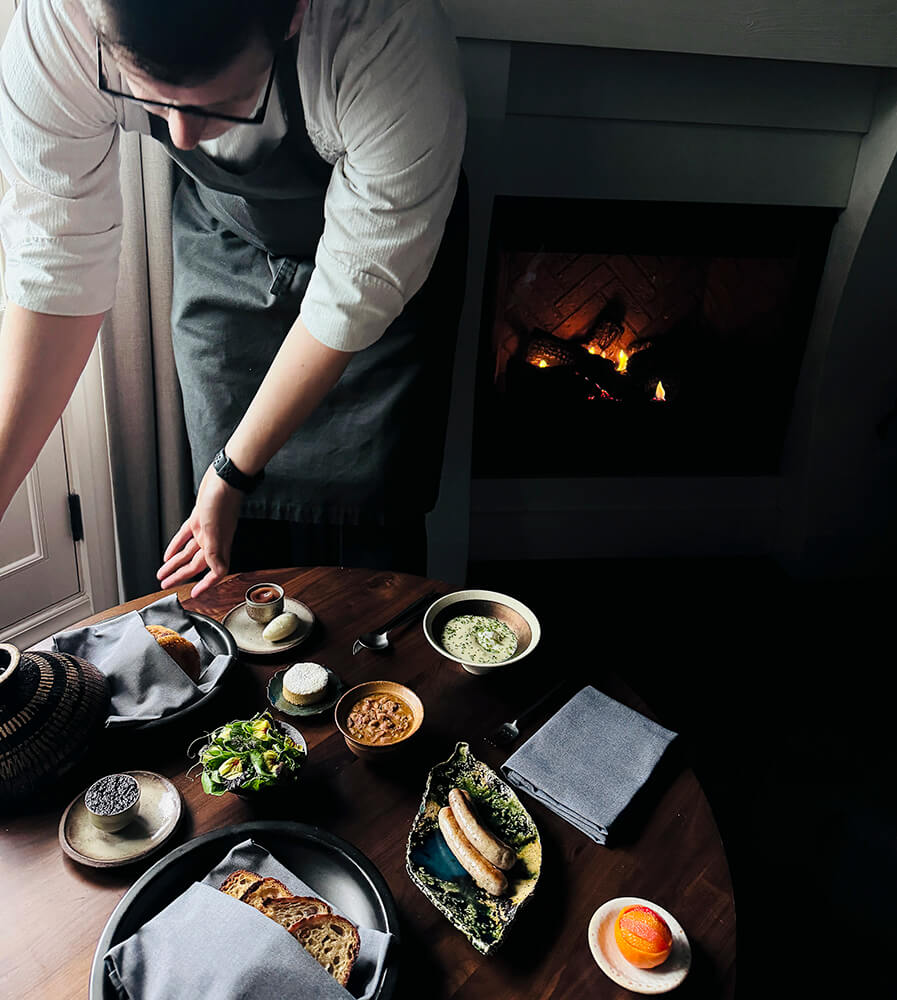
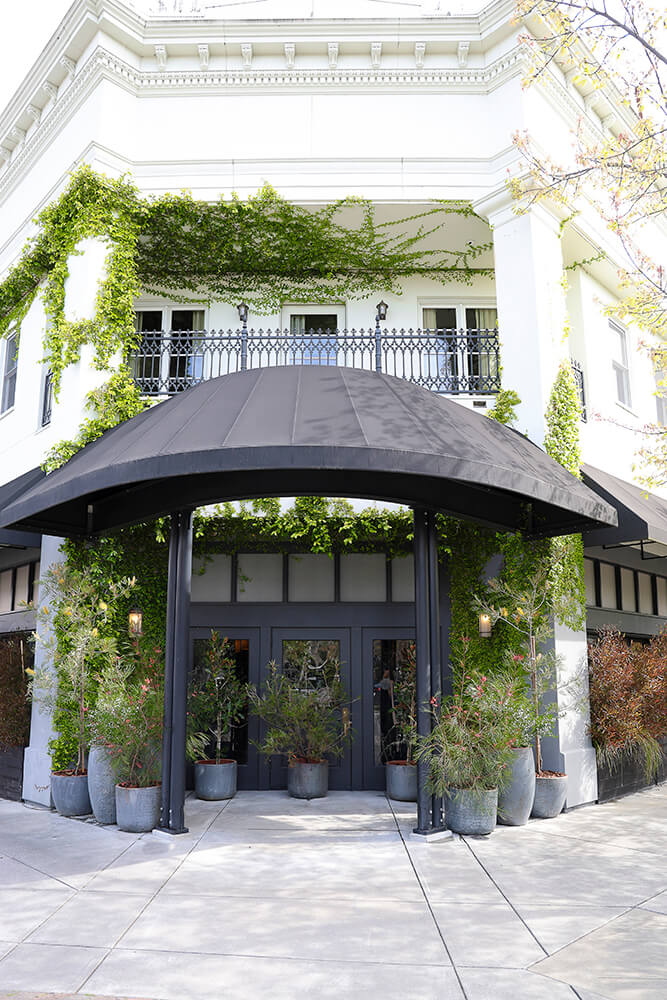
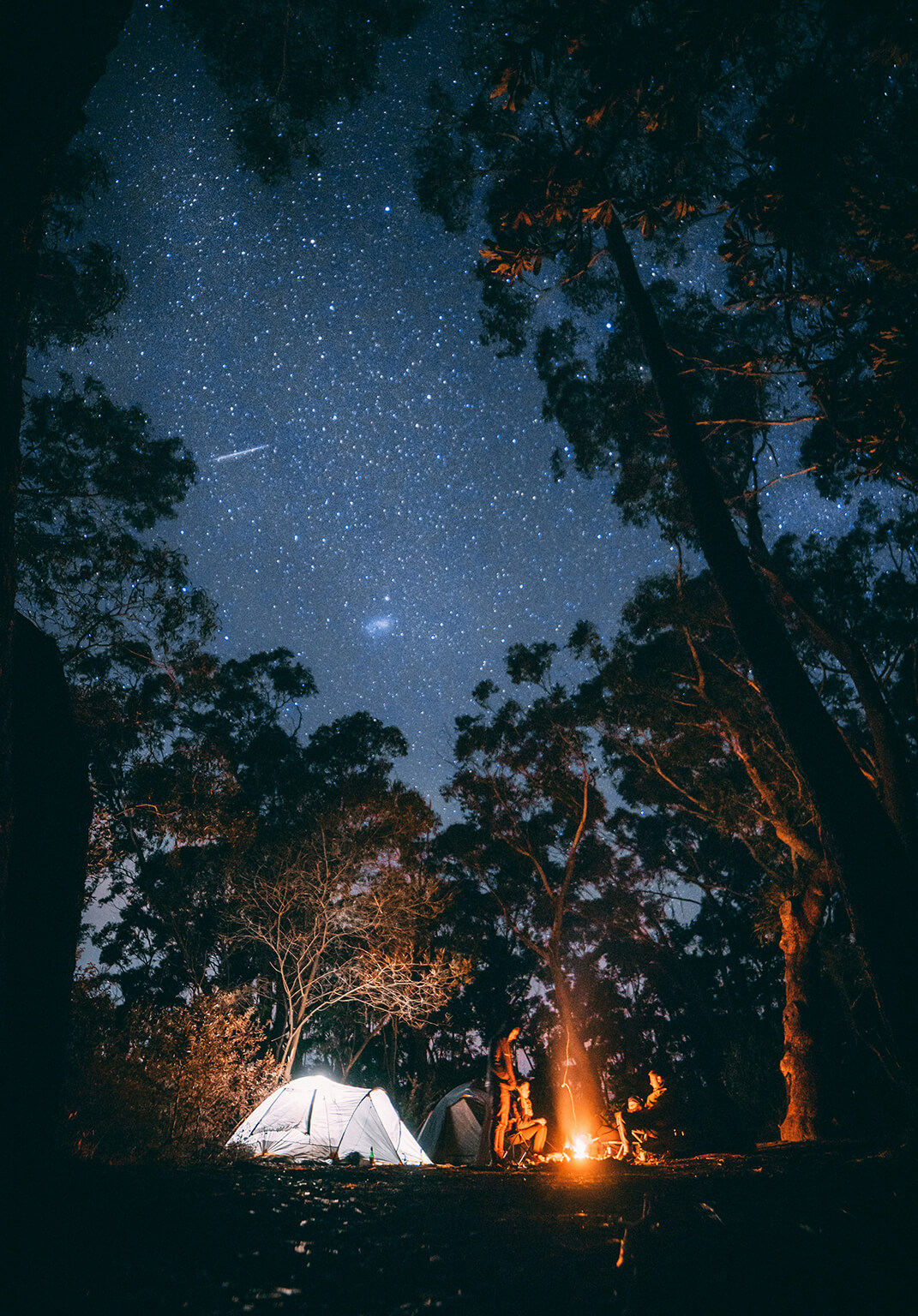
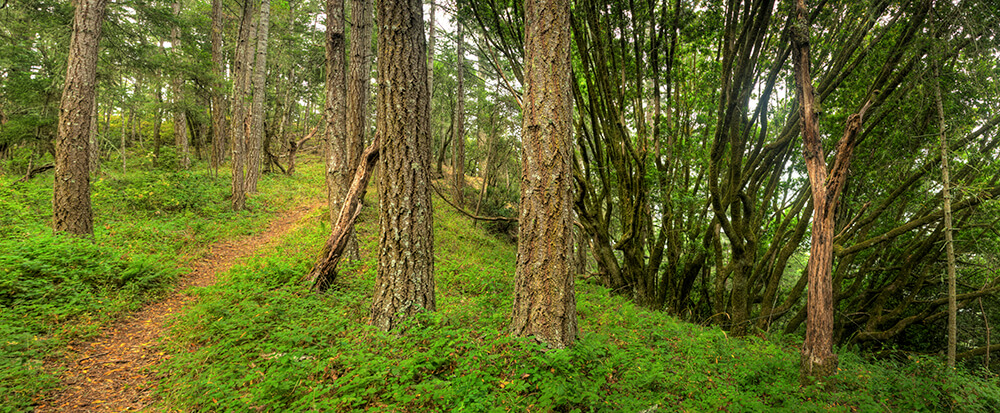
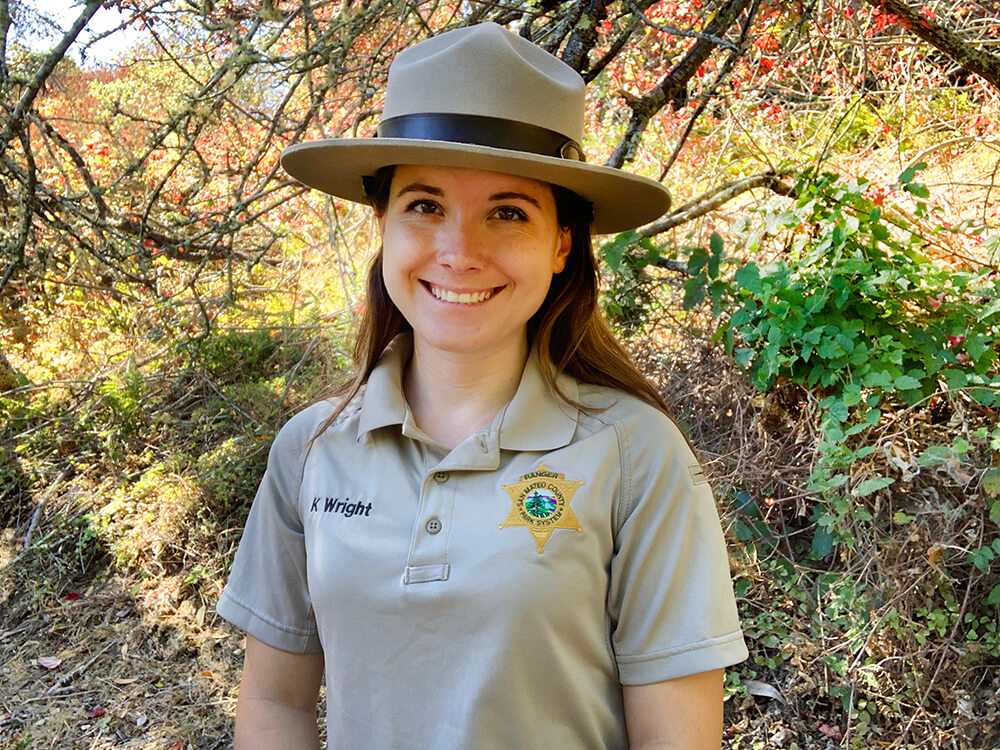
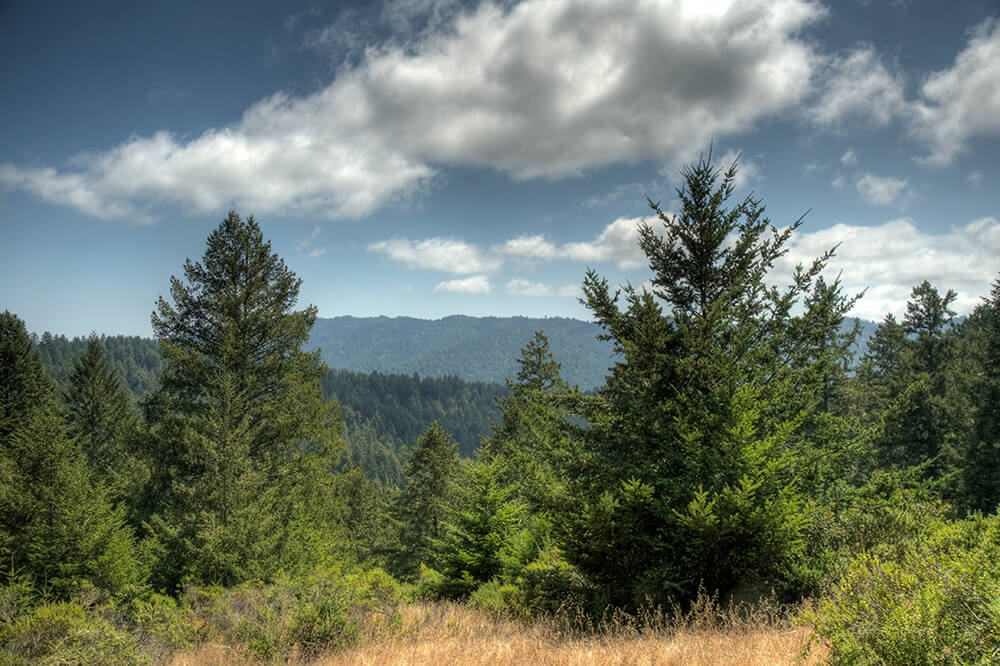
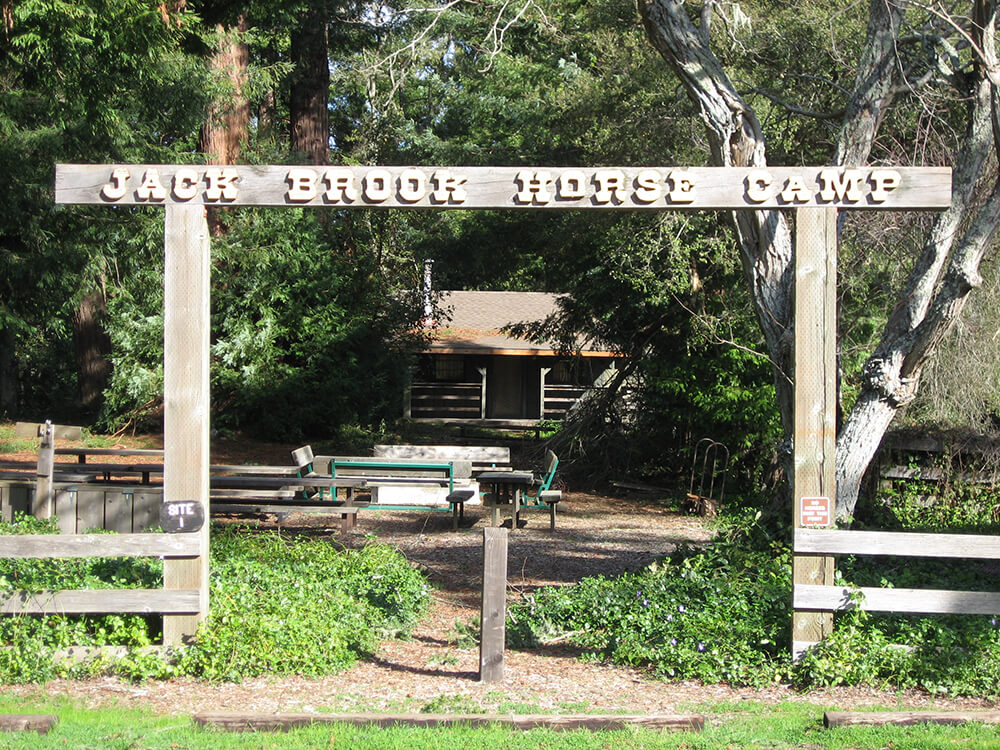

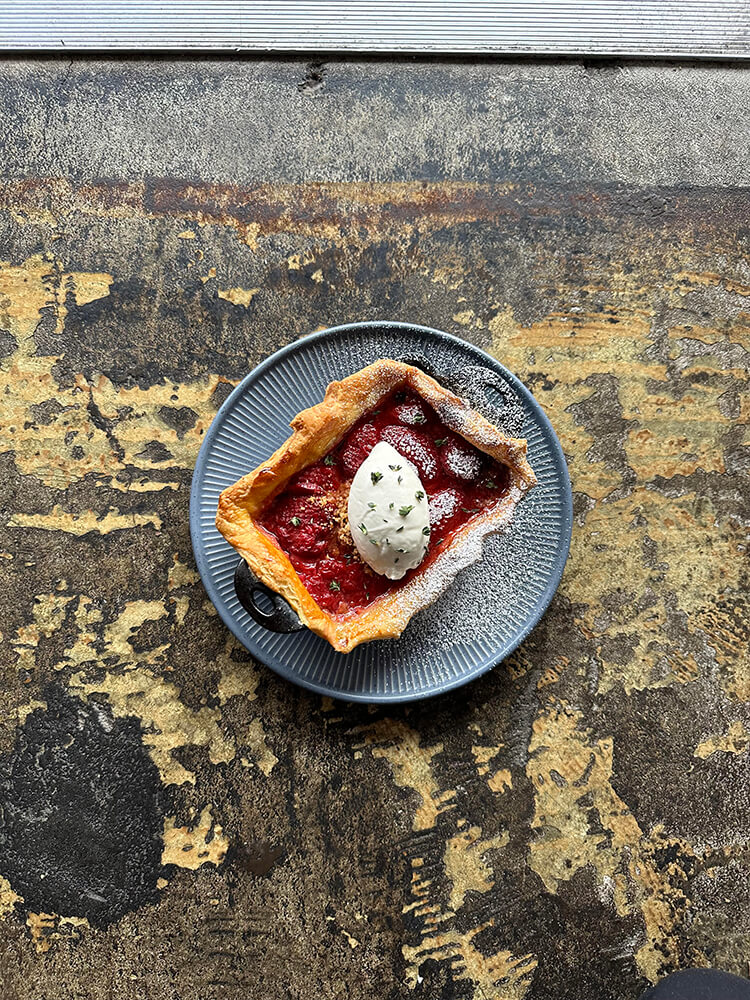
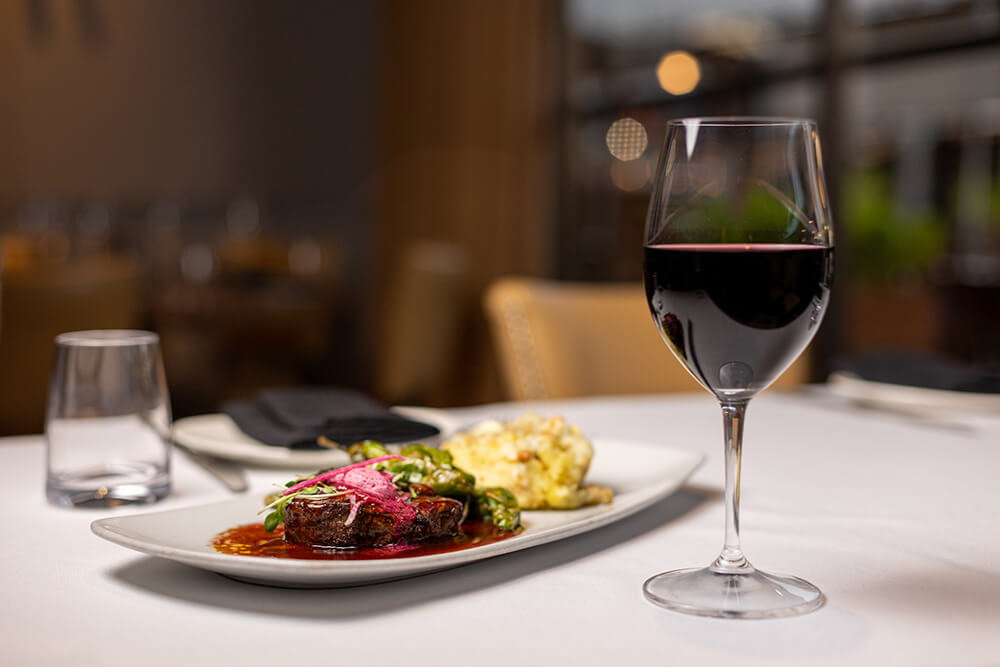
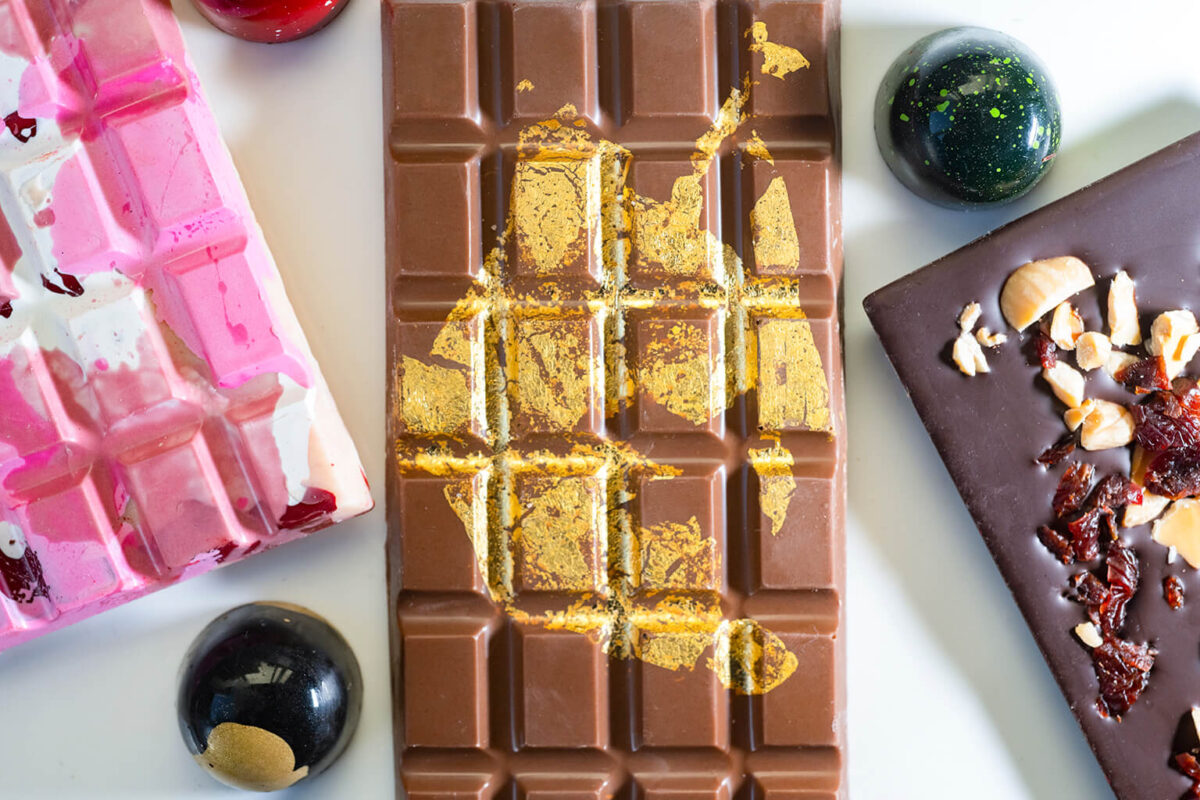
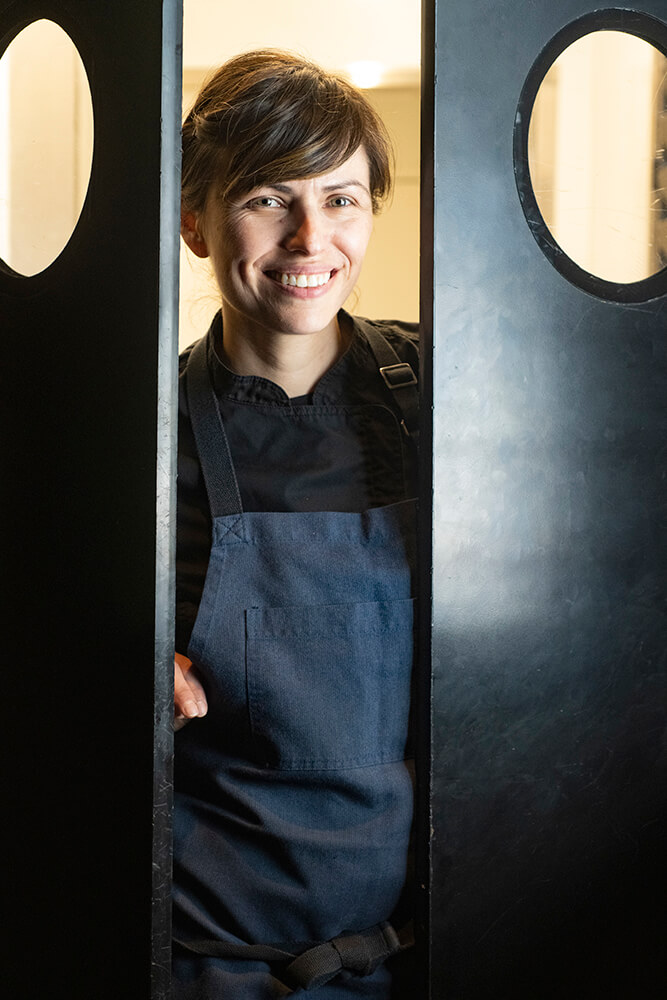

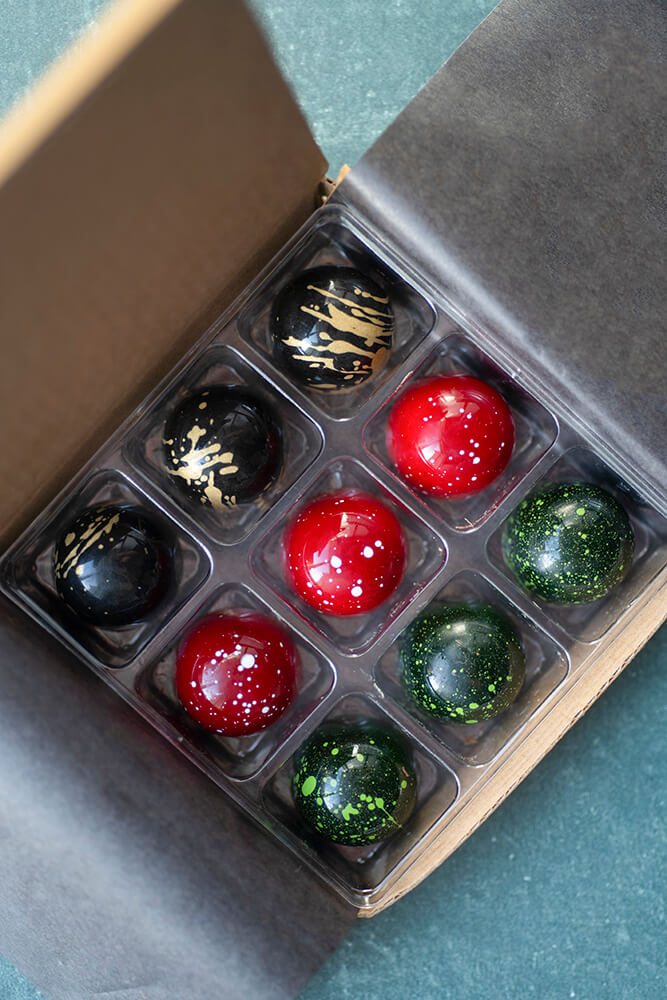
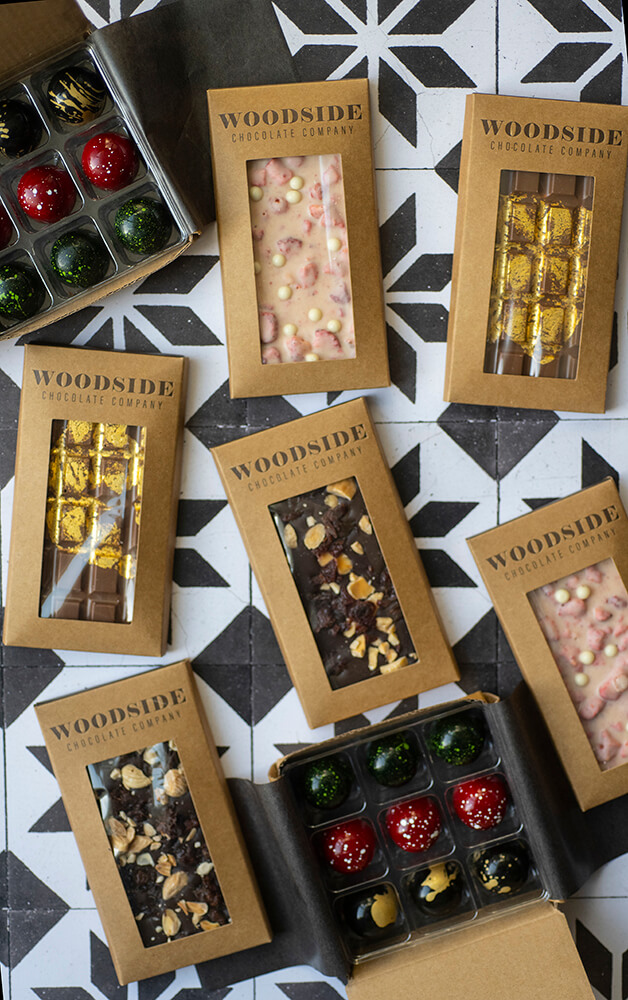
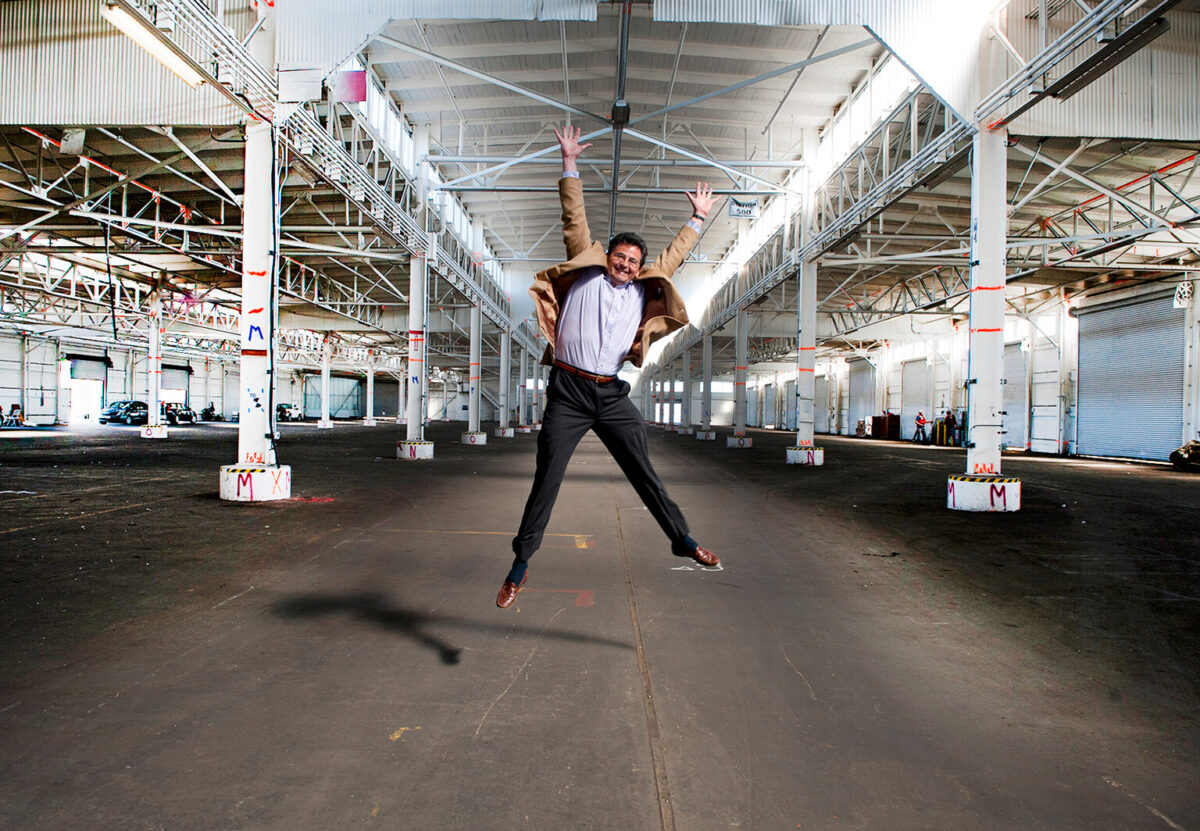
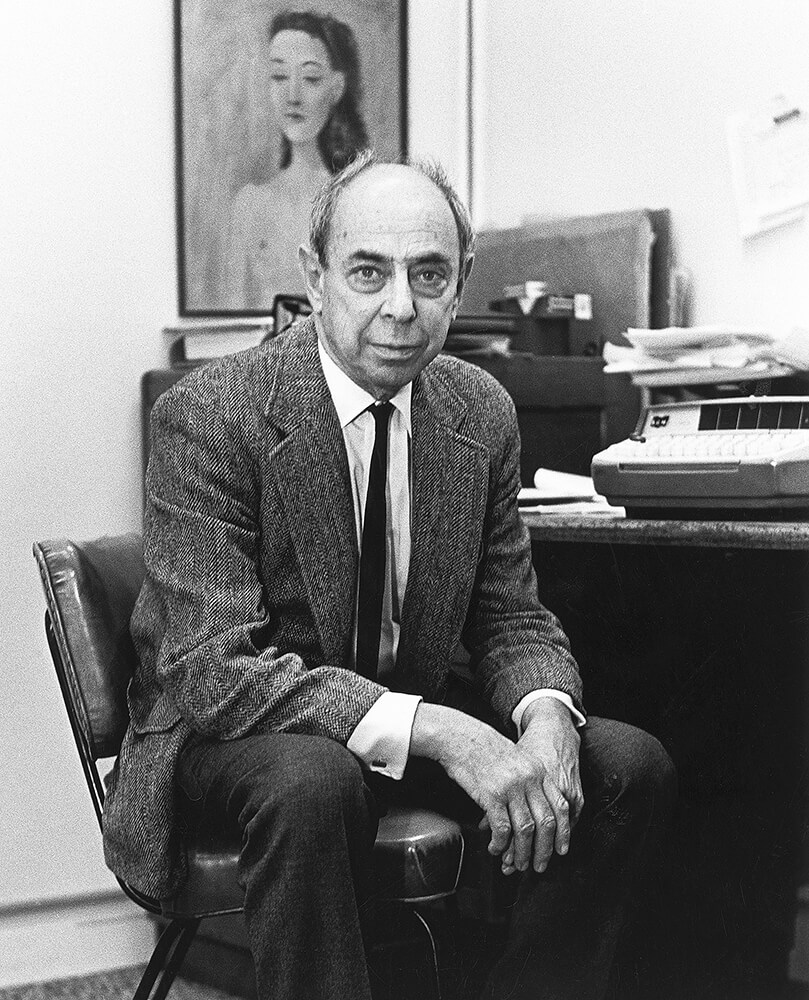
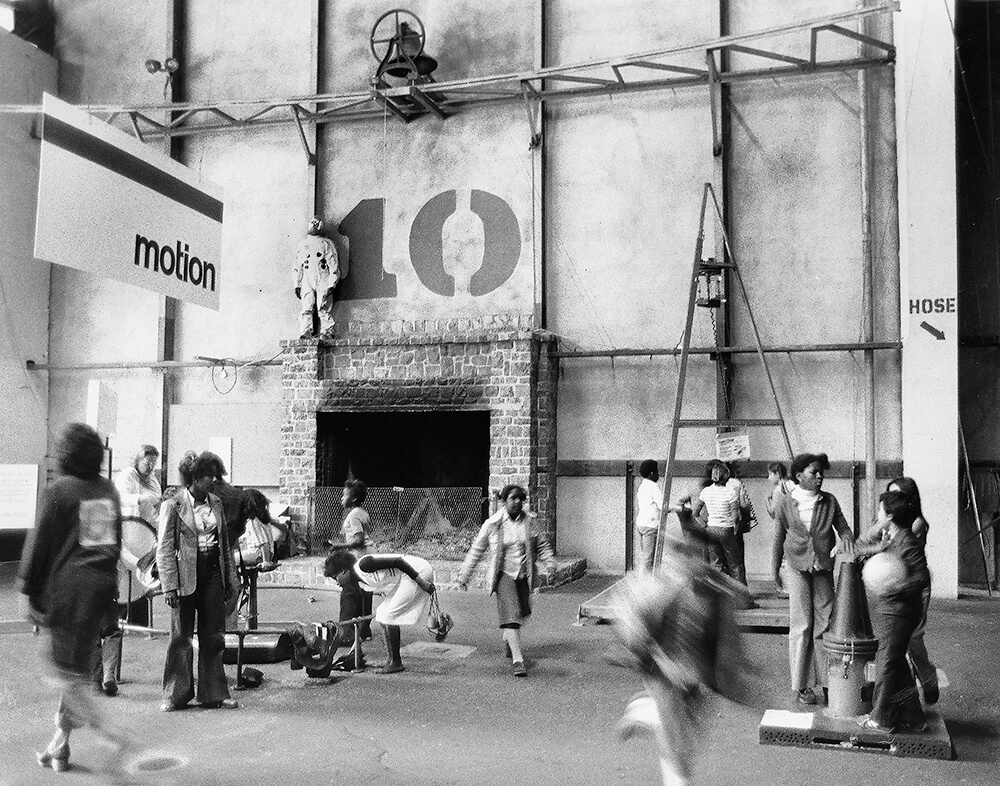

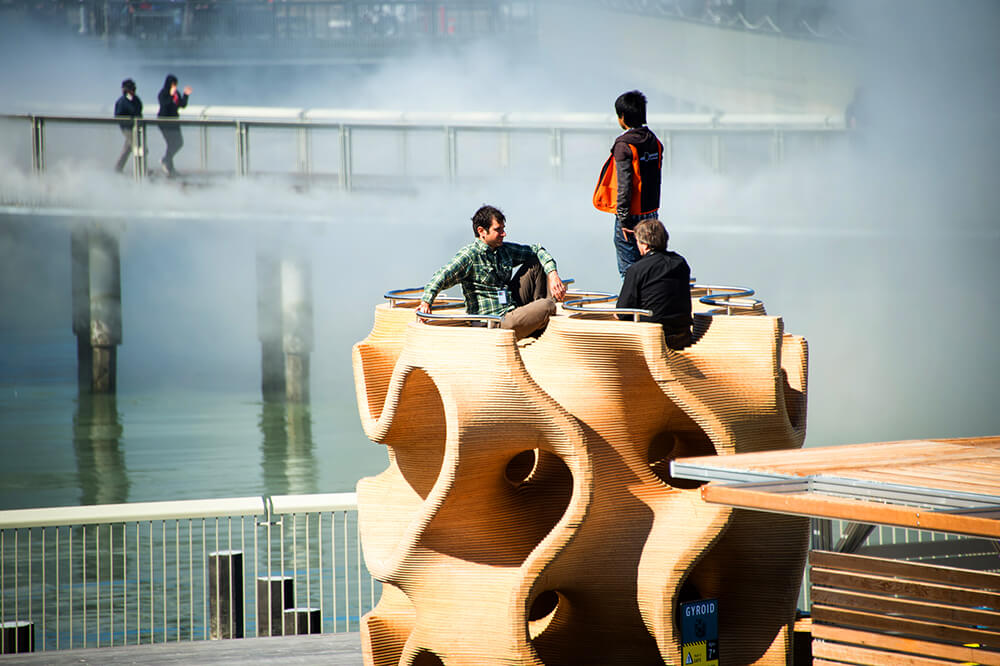
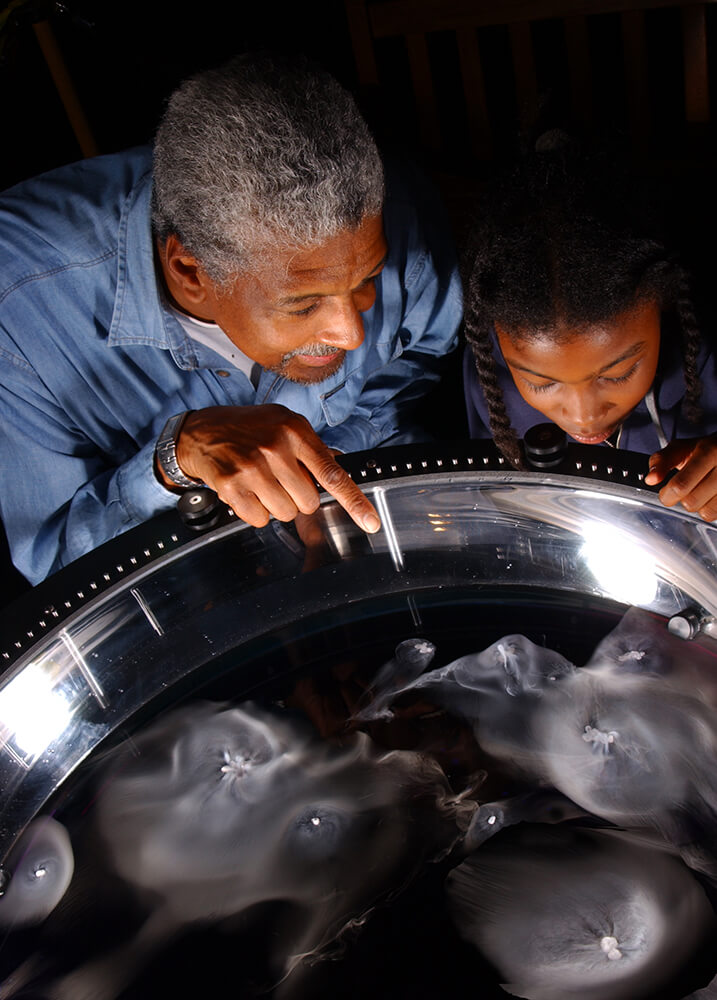
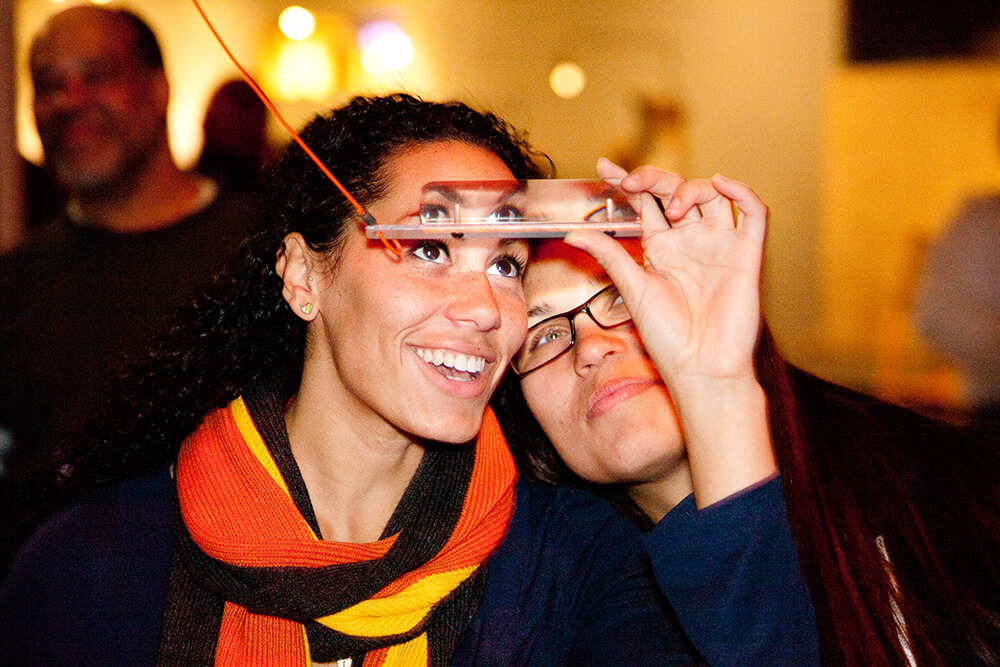
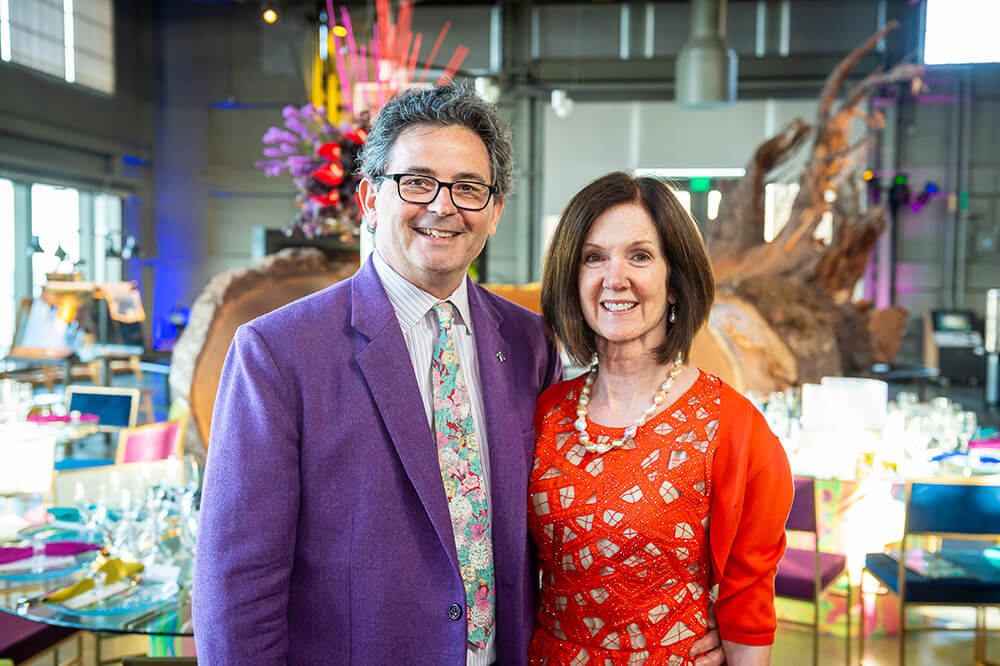
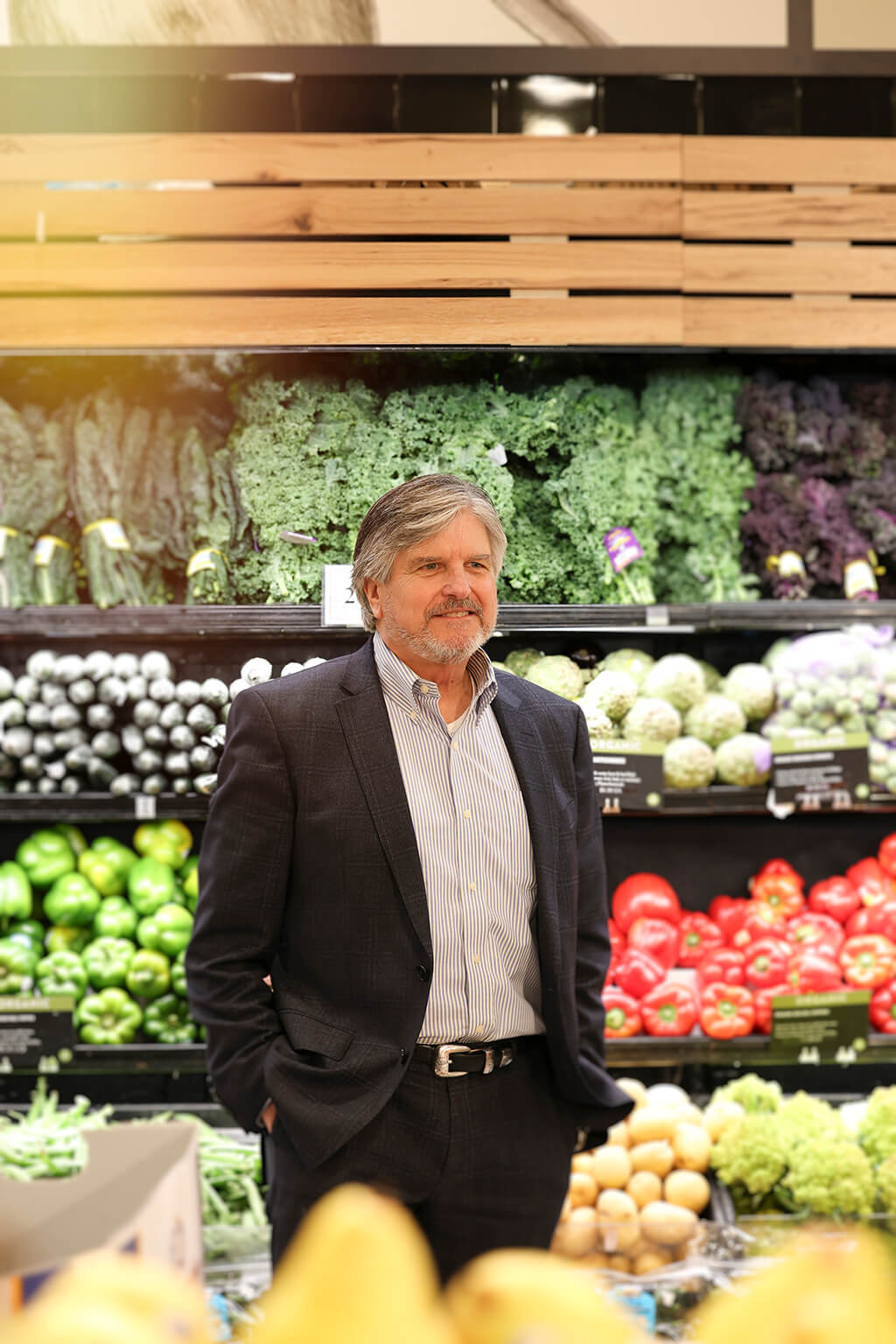
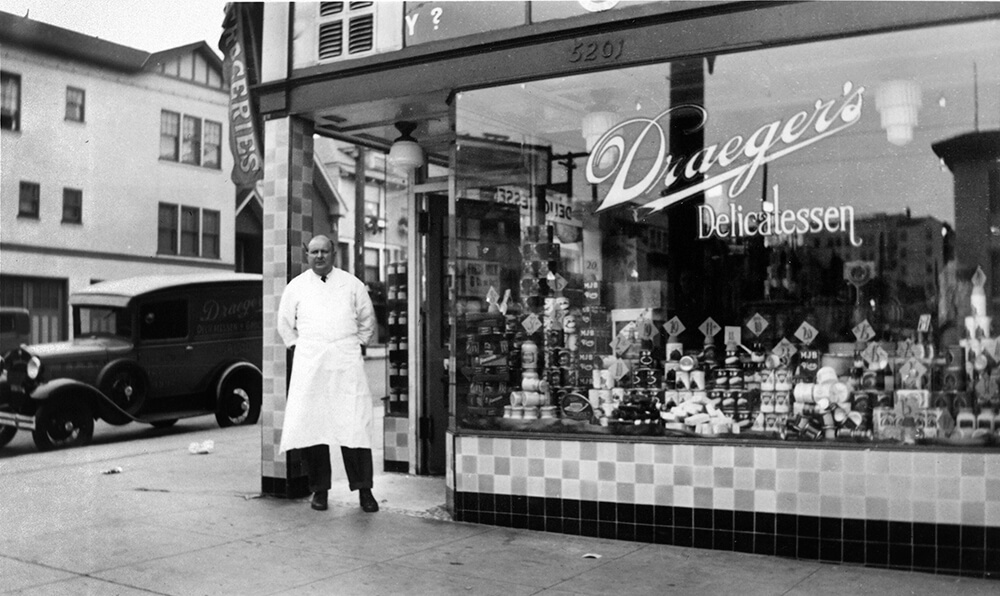
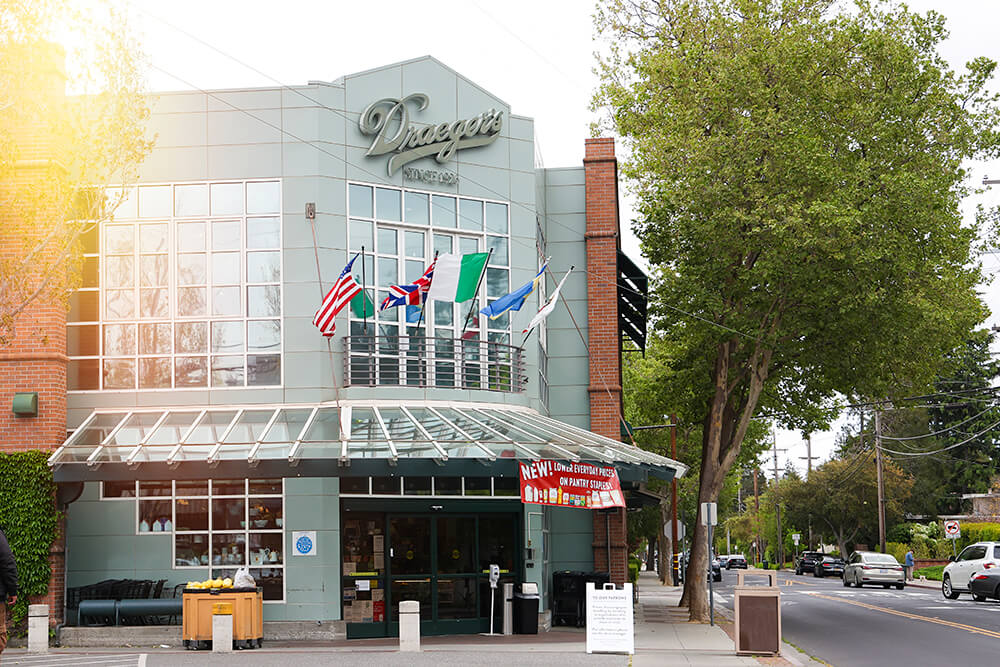

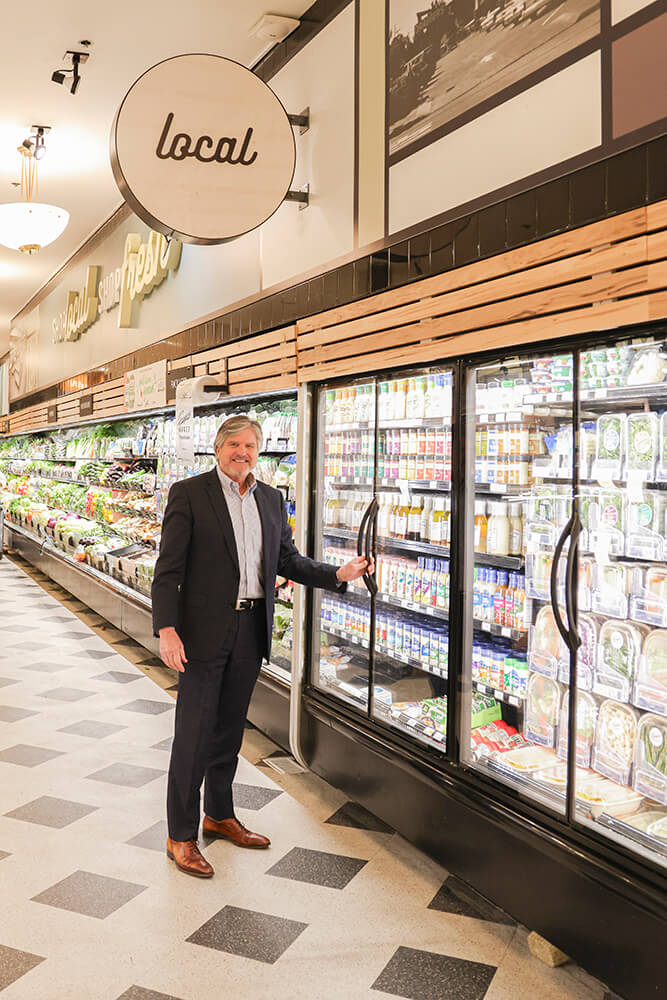

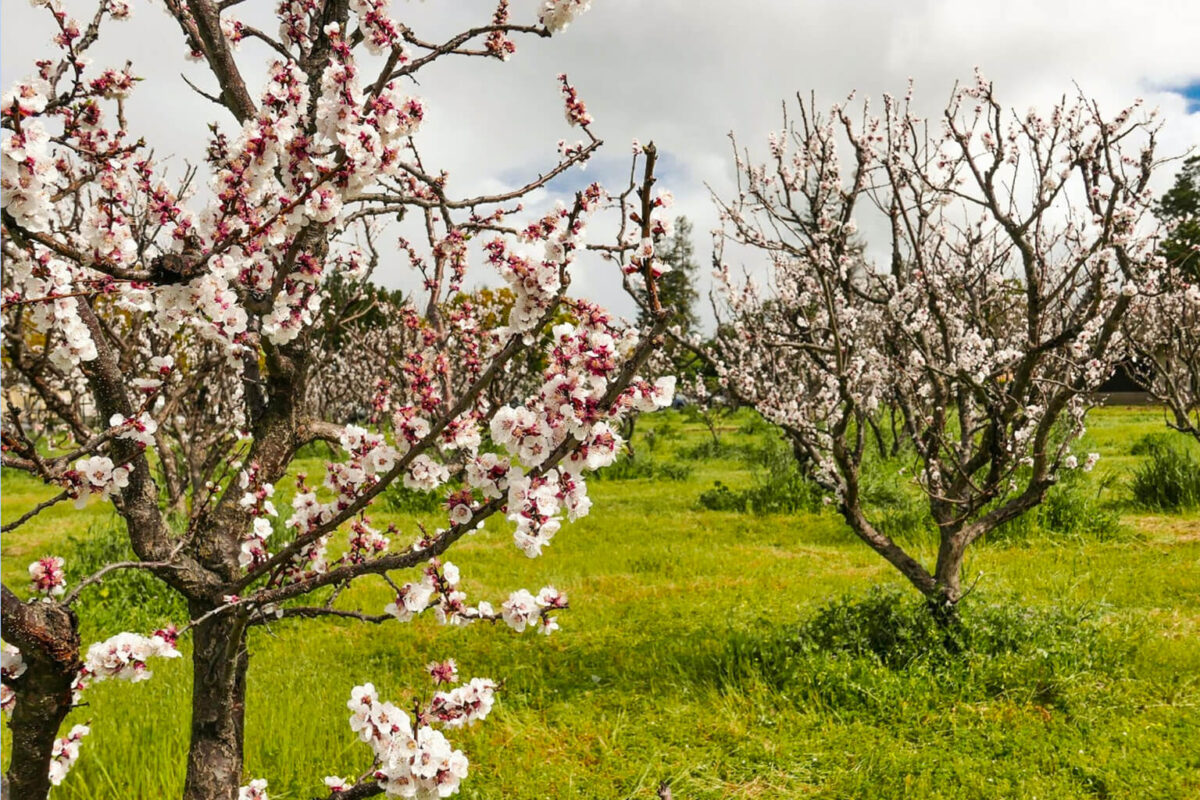
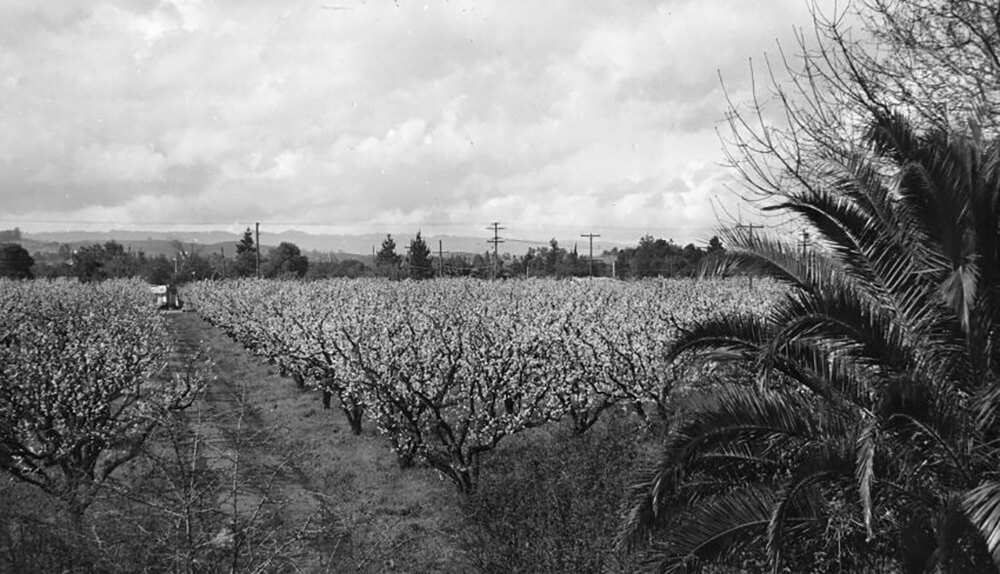
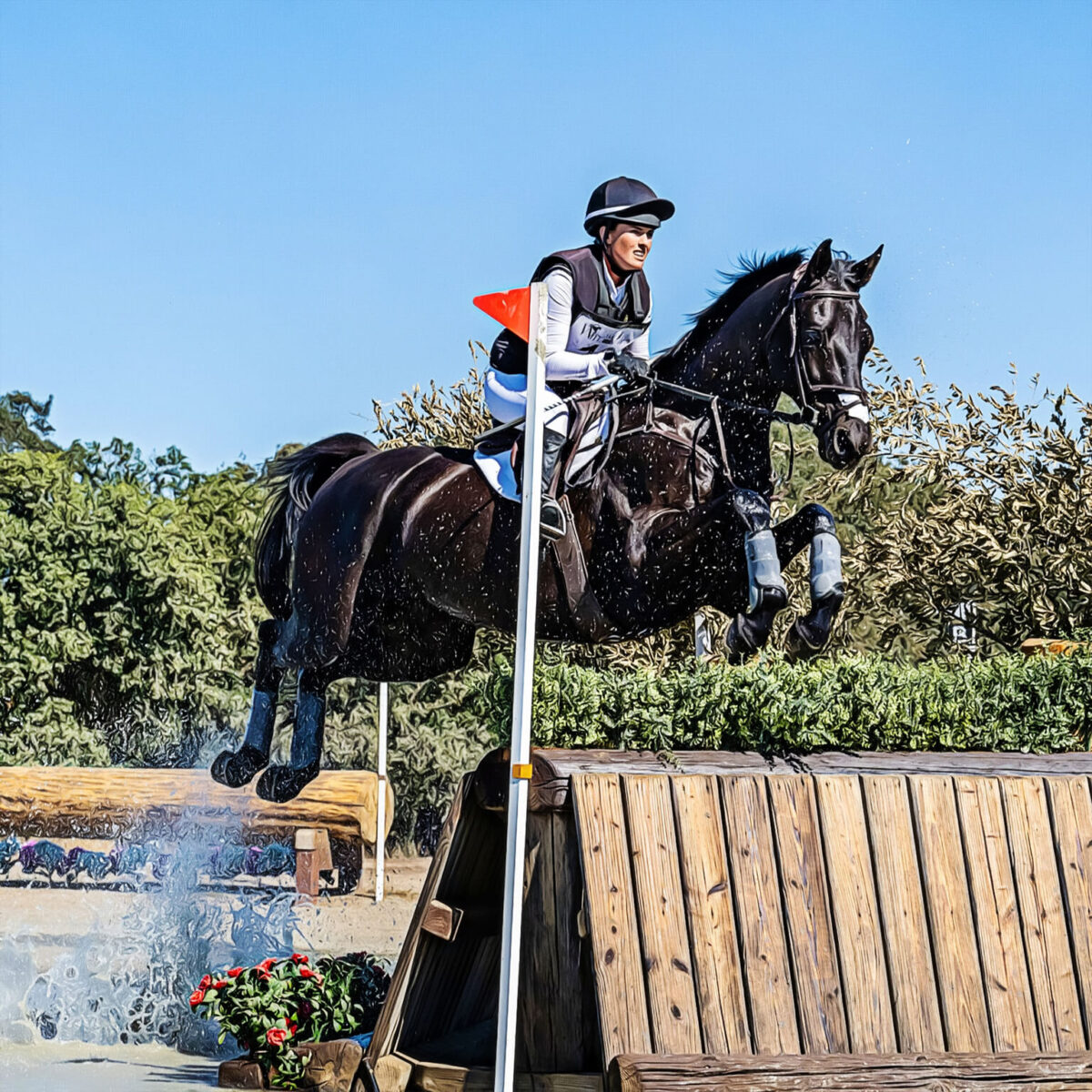
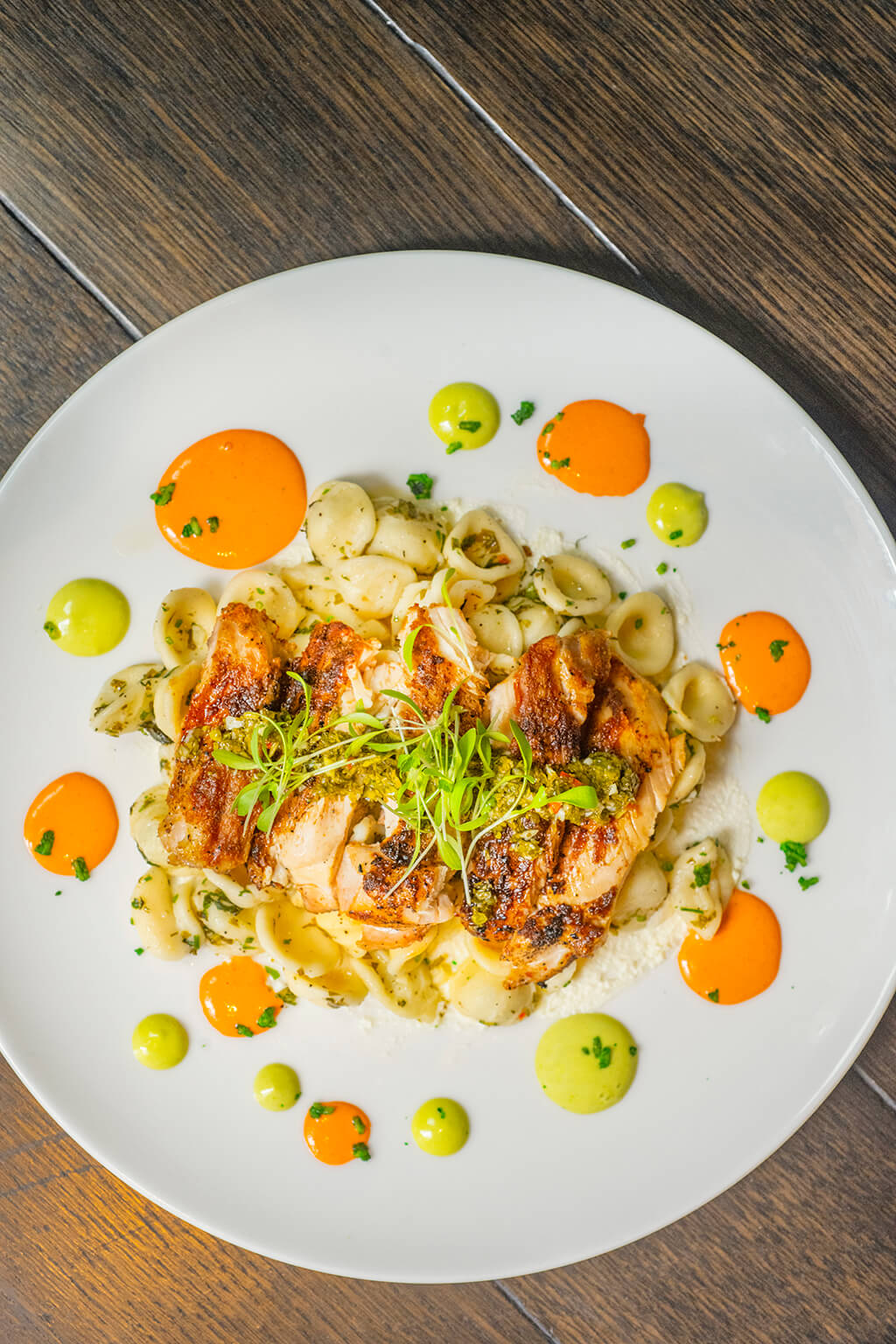
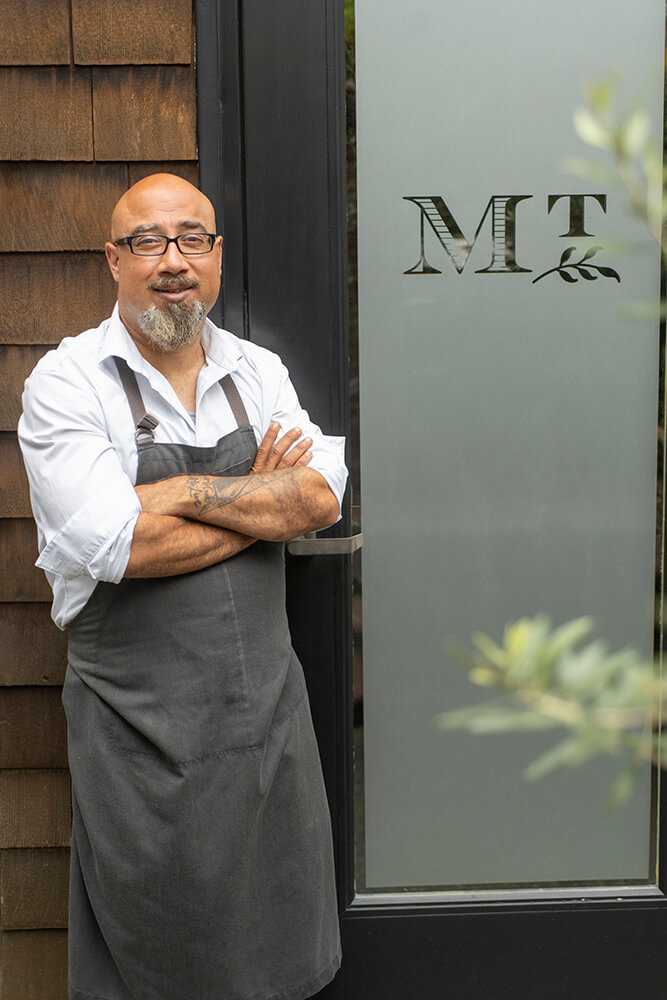
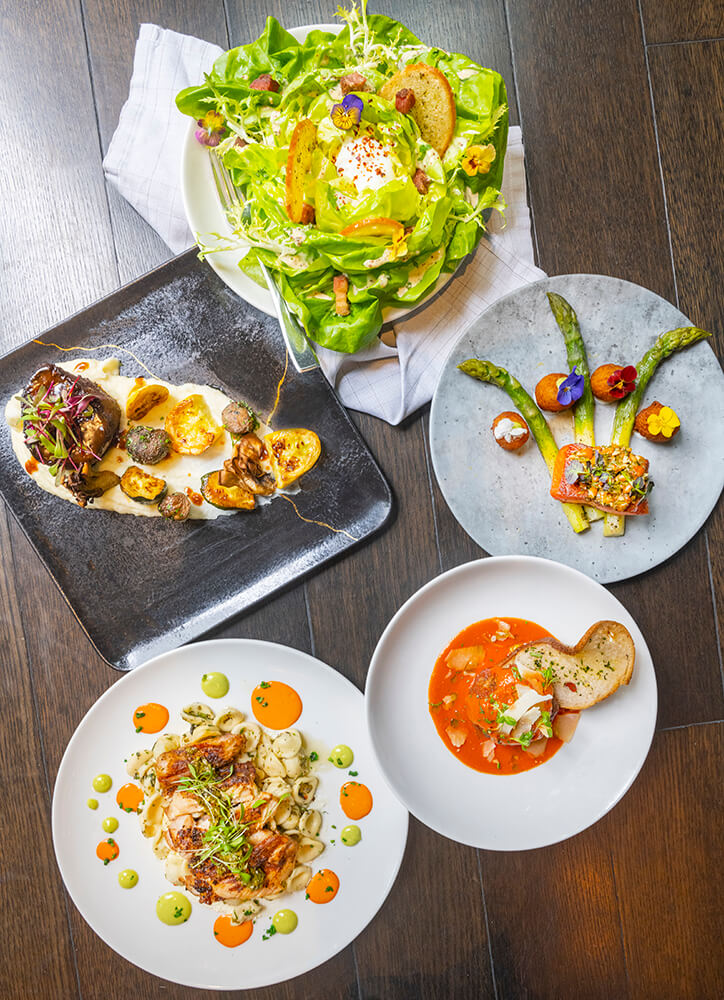
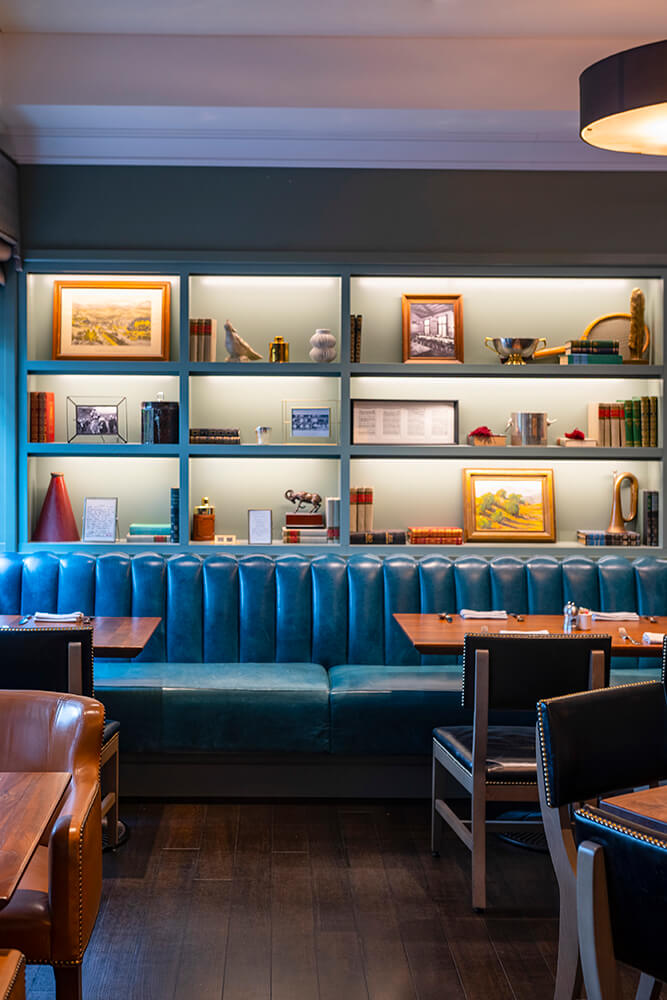
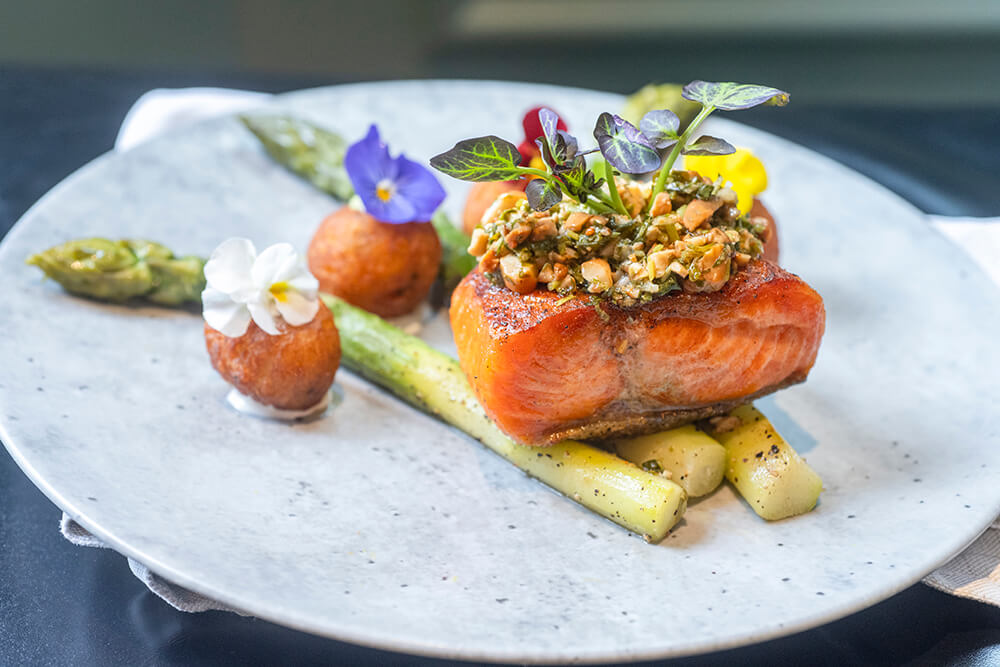
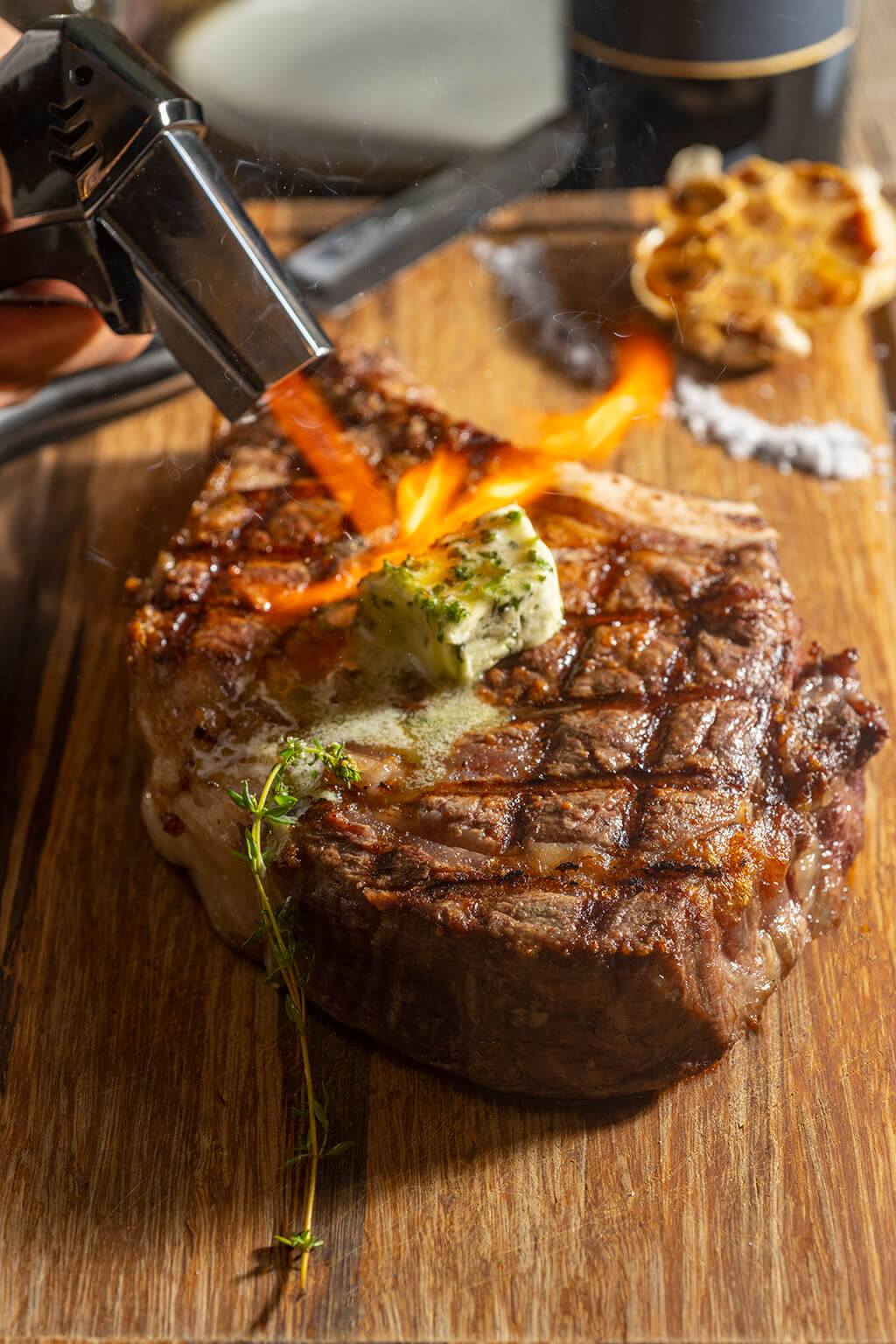
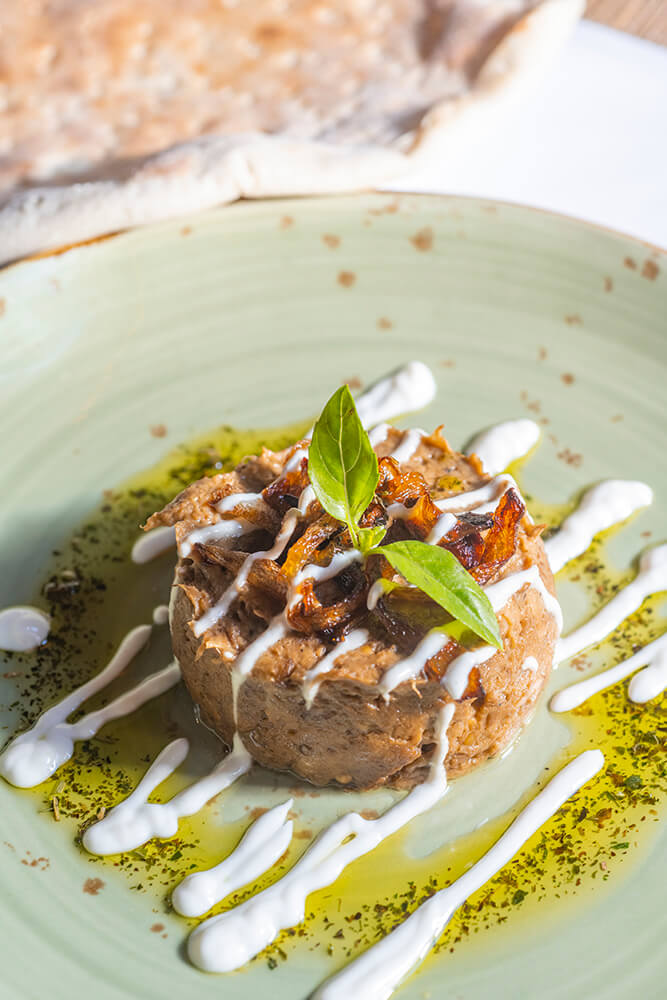
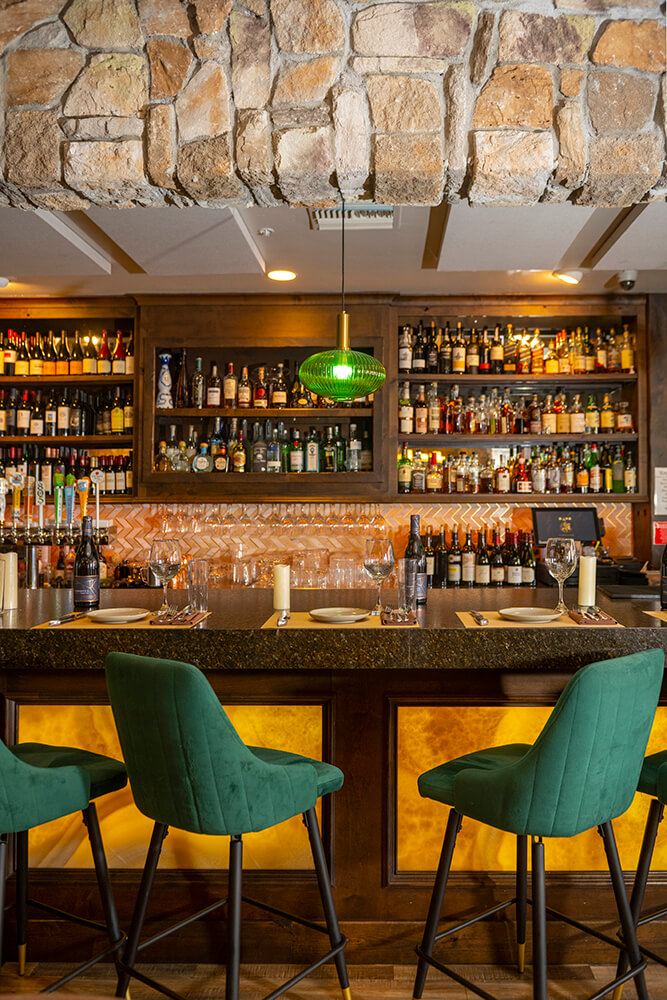
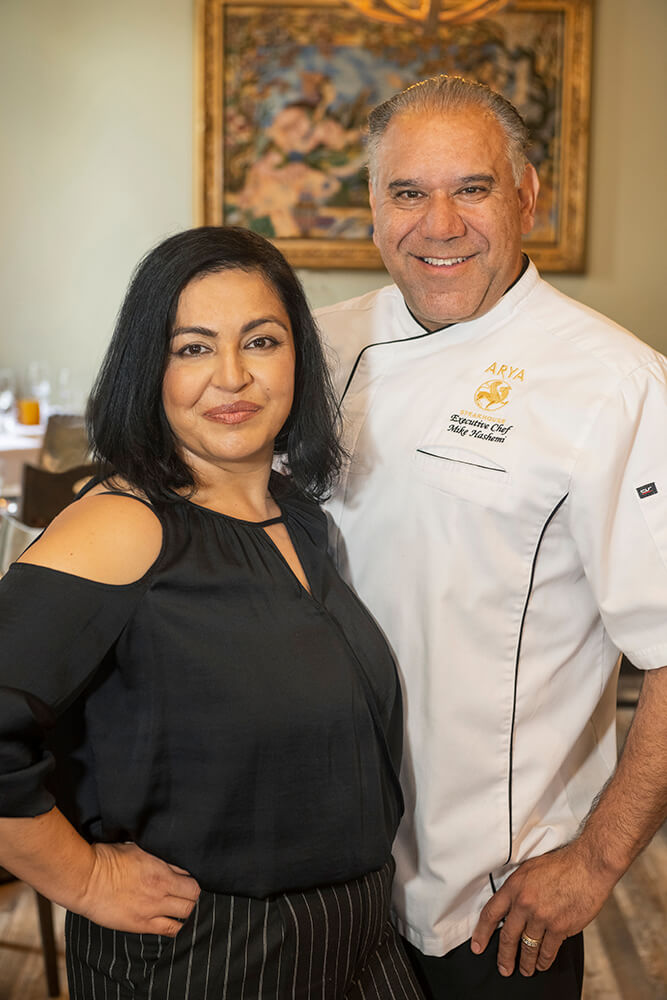
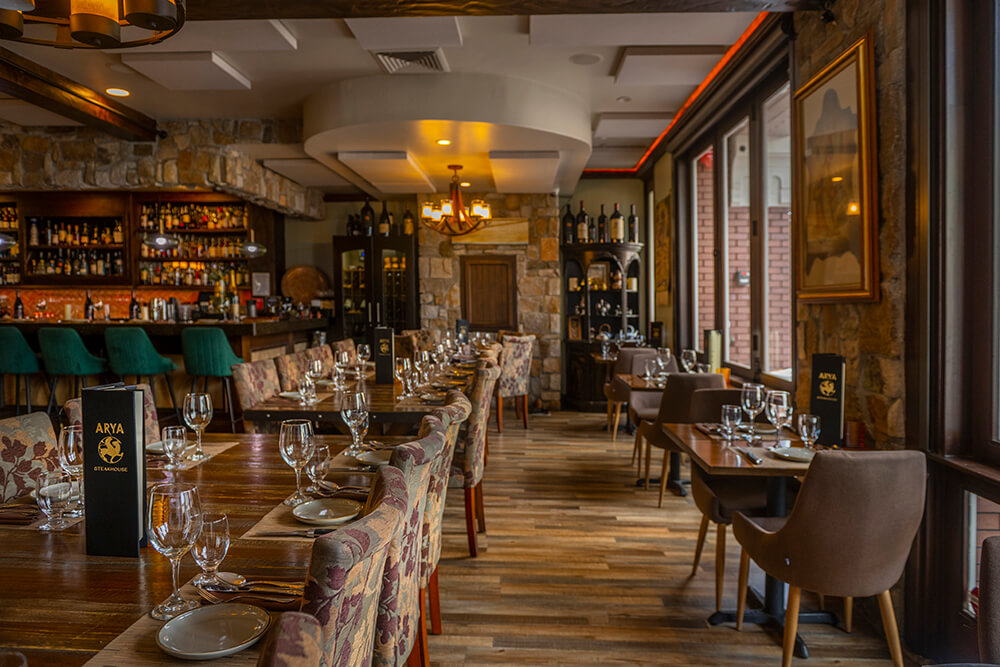
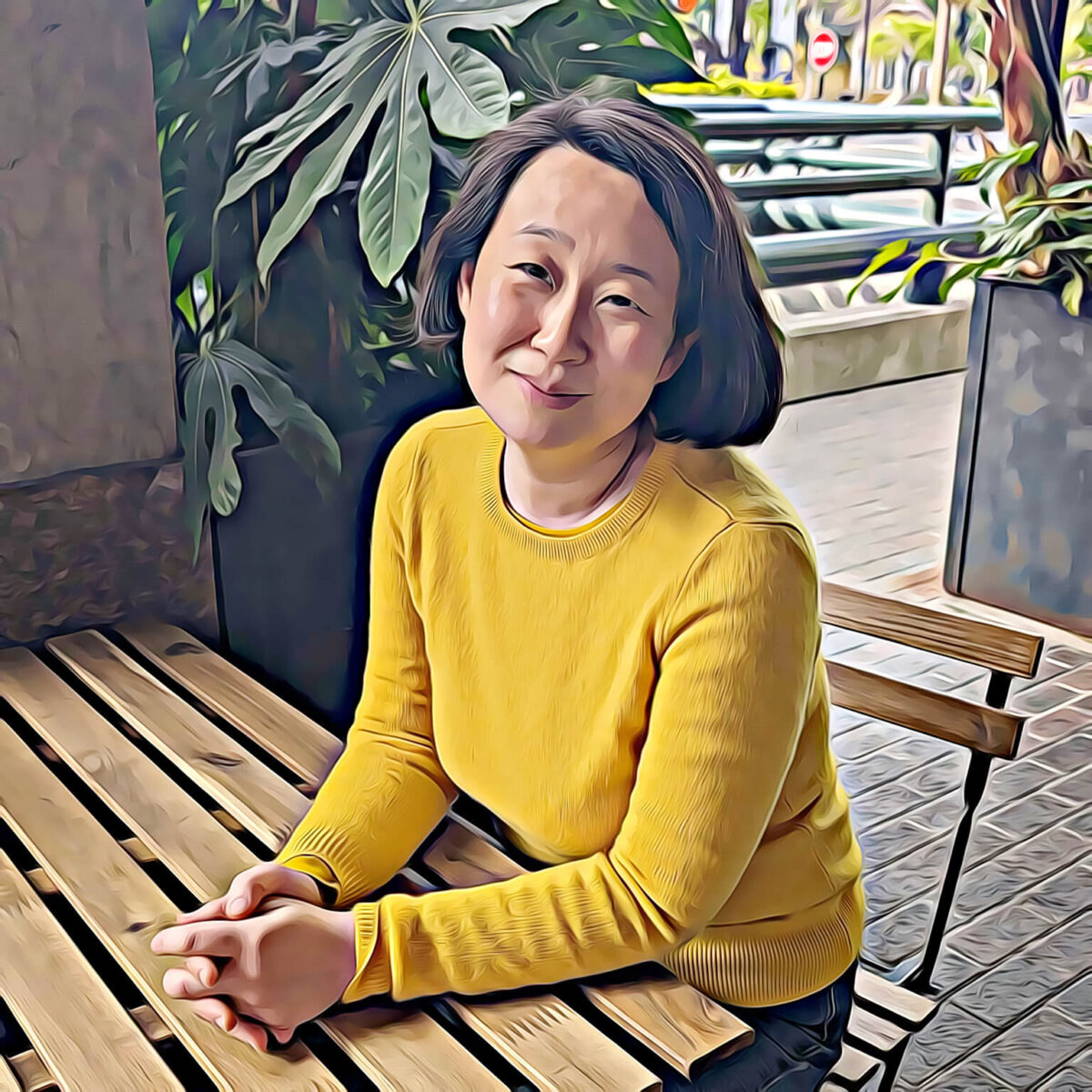
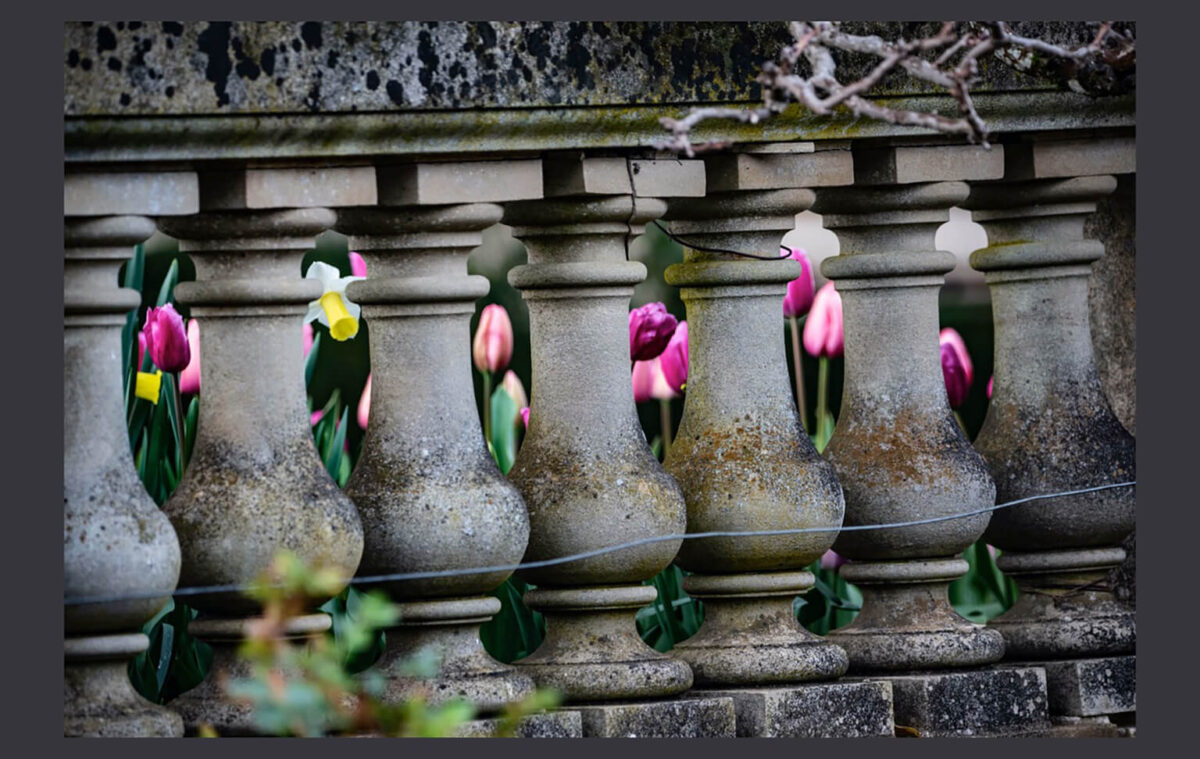

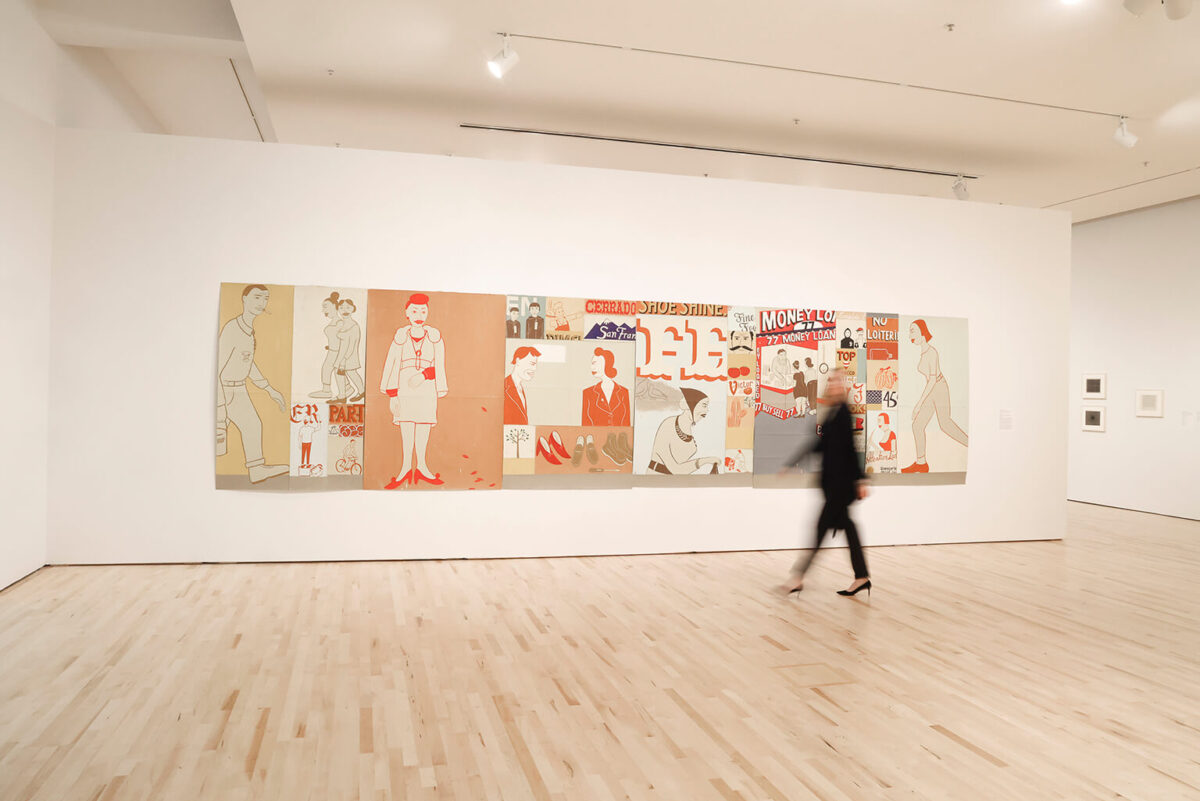

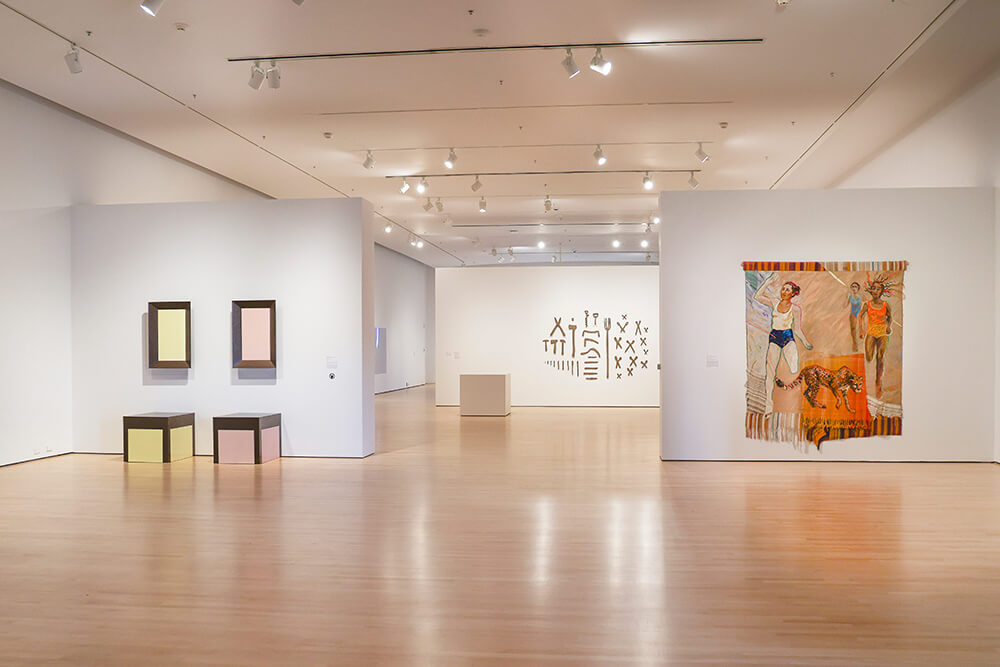
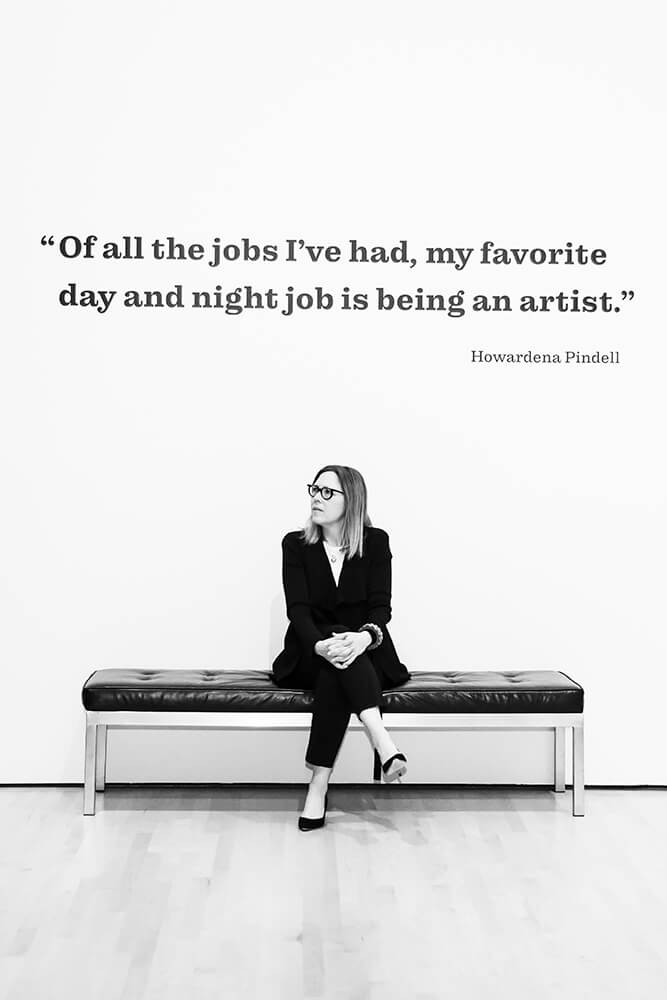


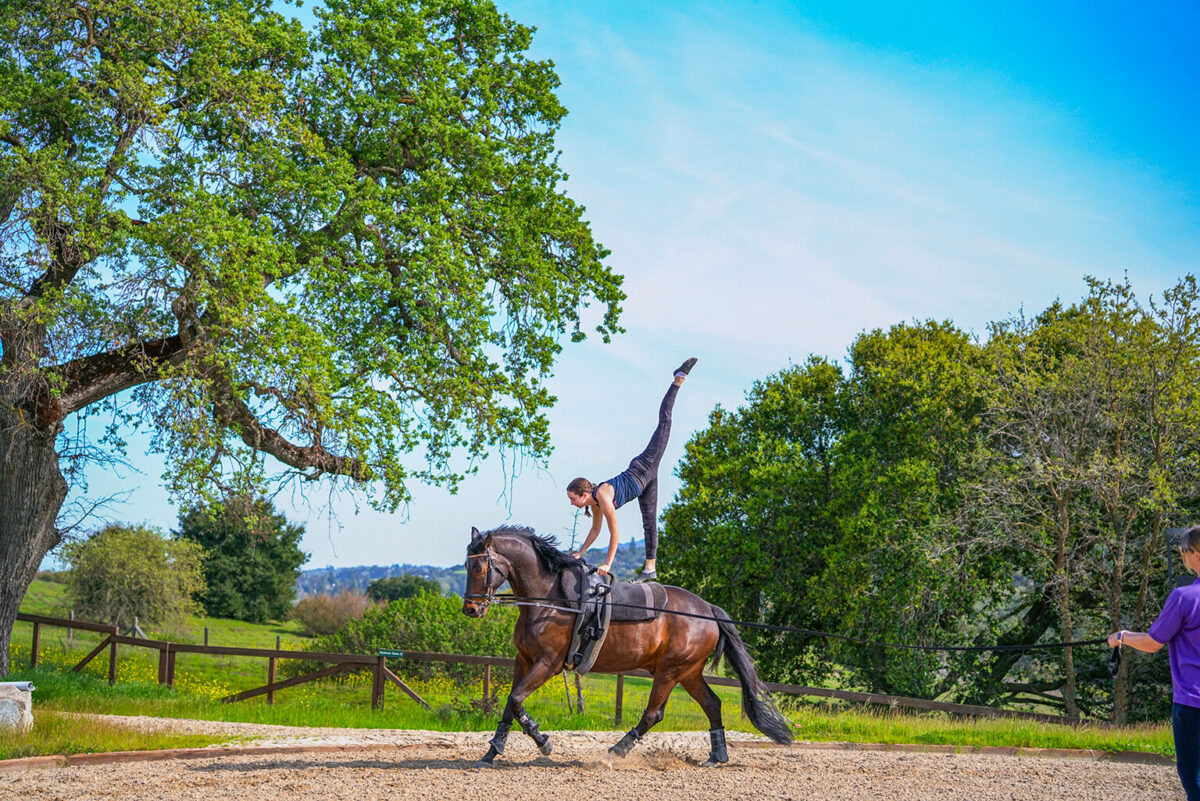
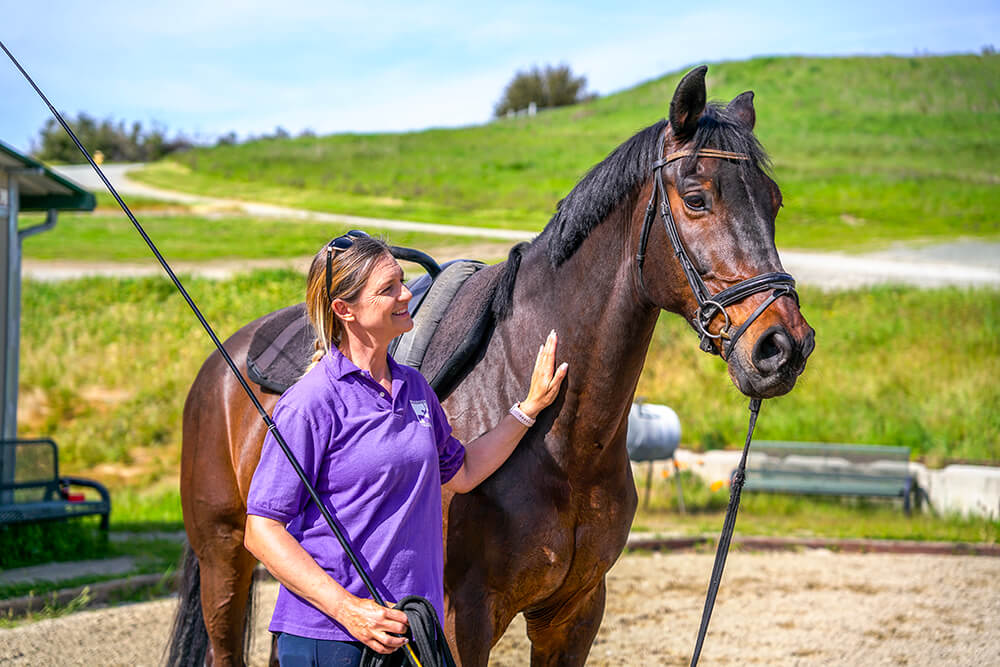
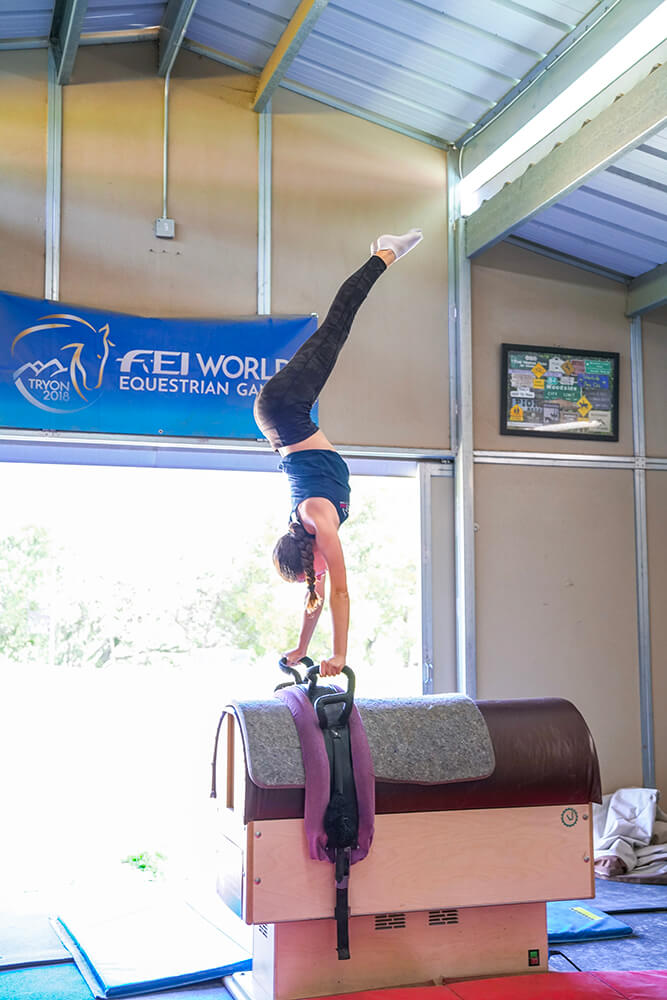
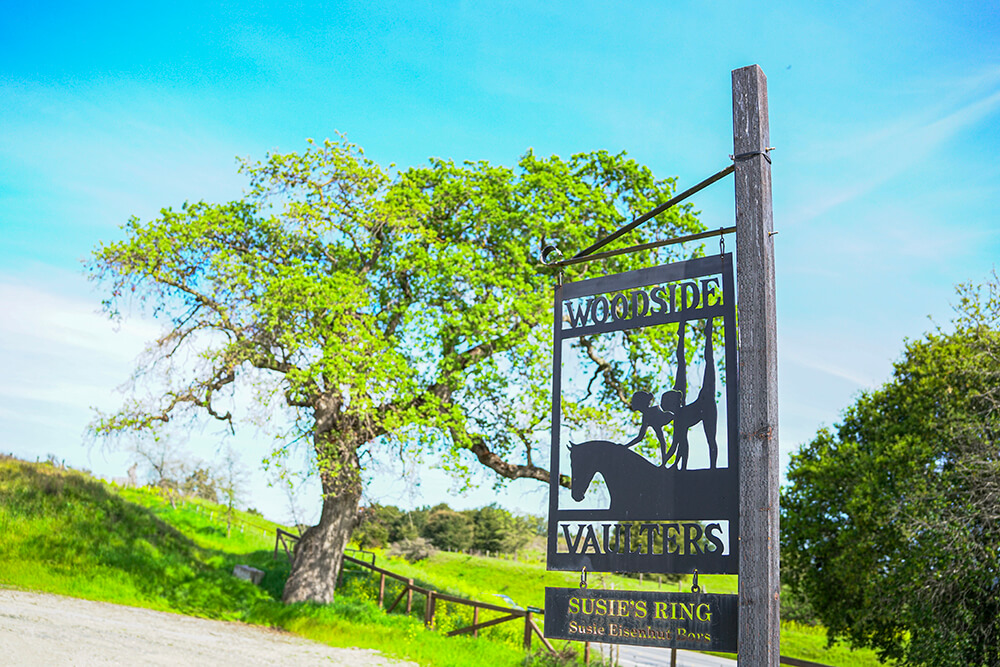 “I love the creativity that it takes to move in a space together.”
“I love the creativity that it takes to move in a space together.”